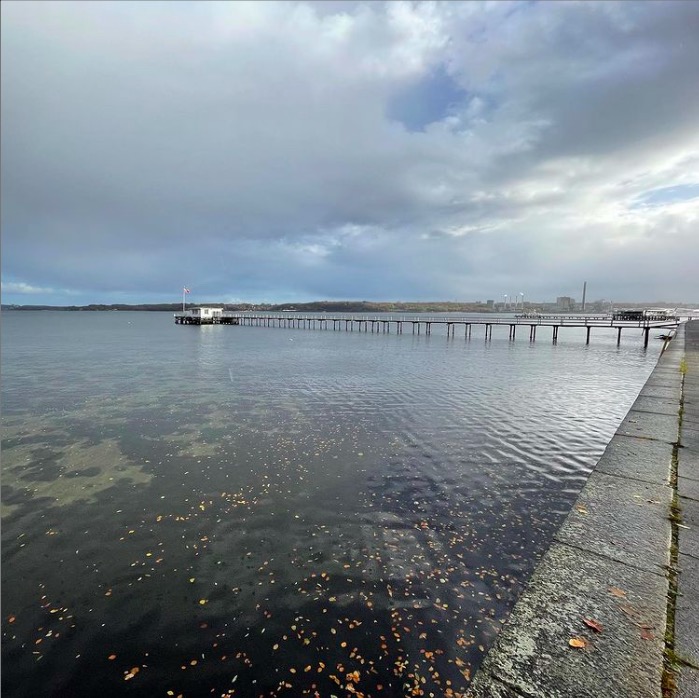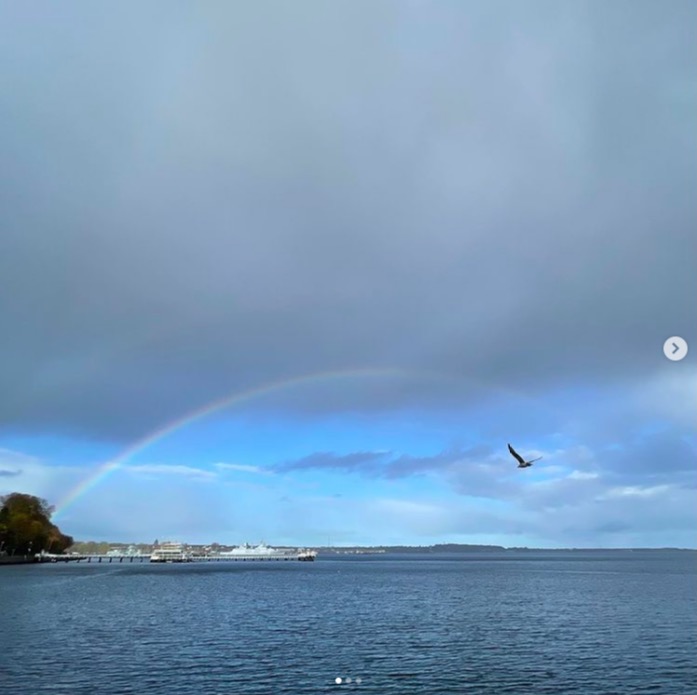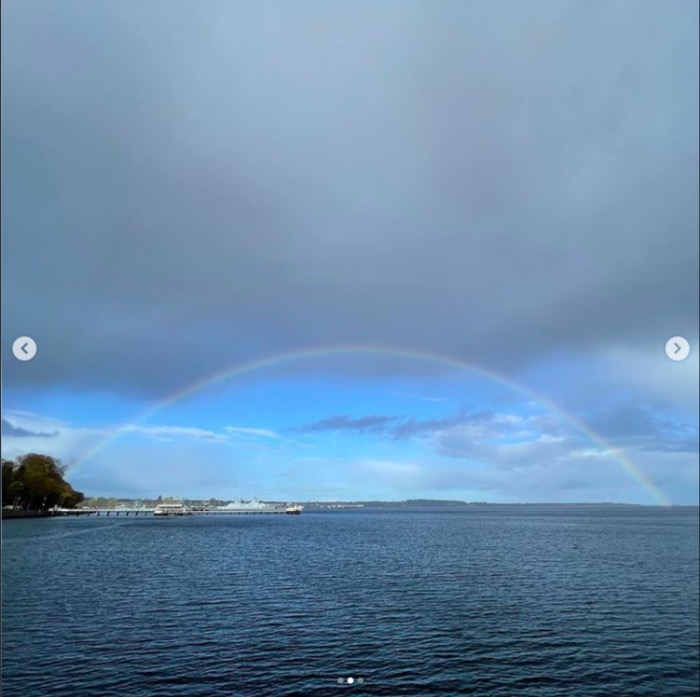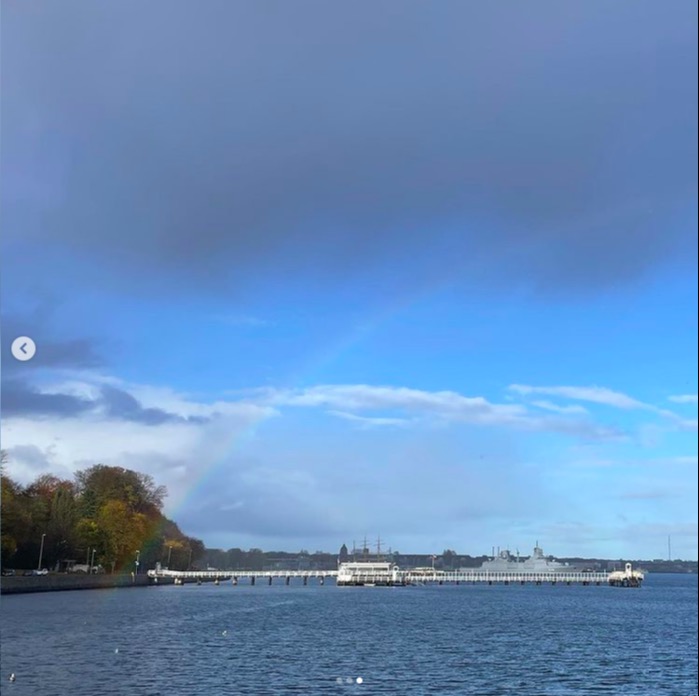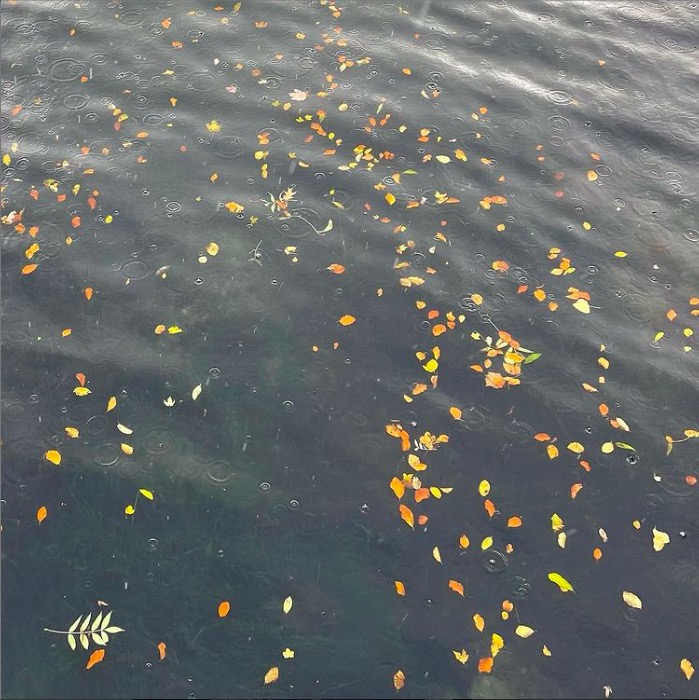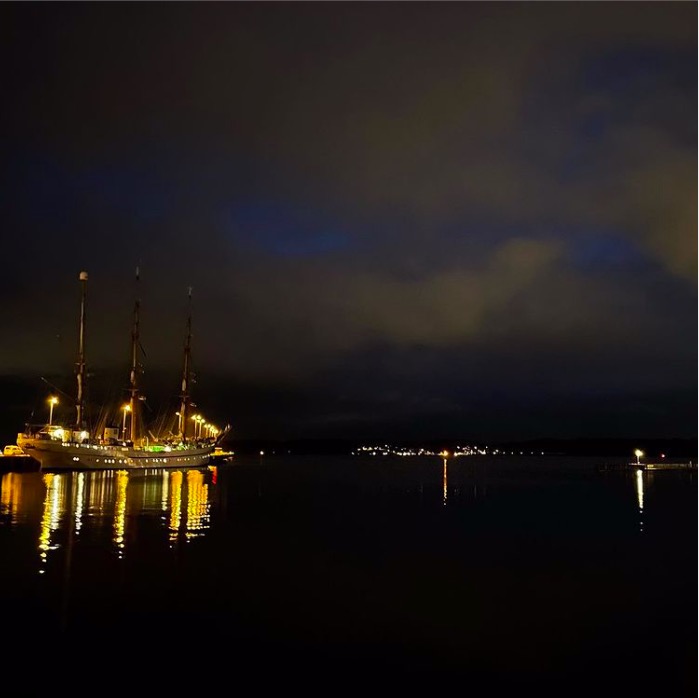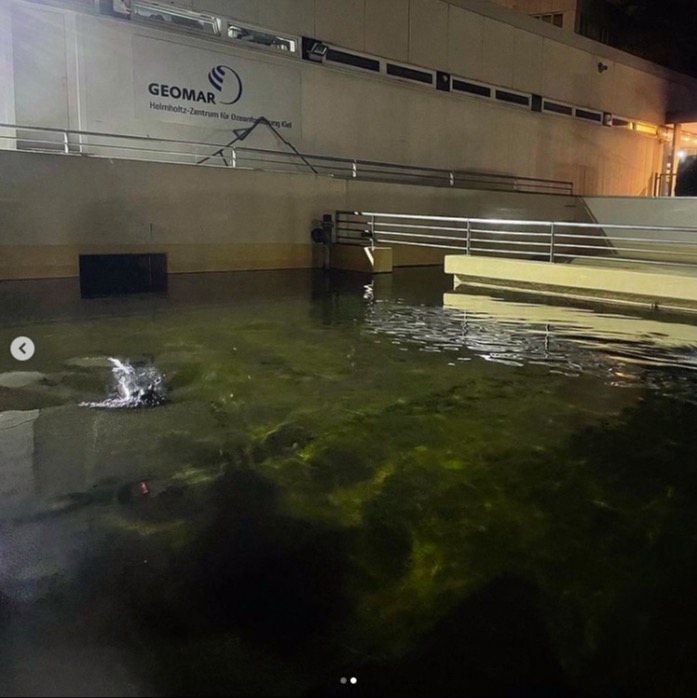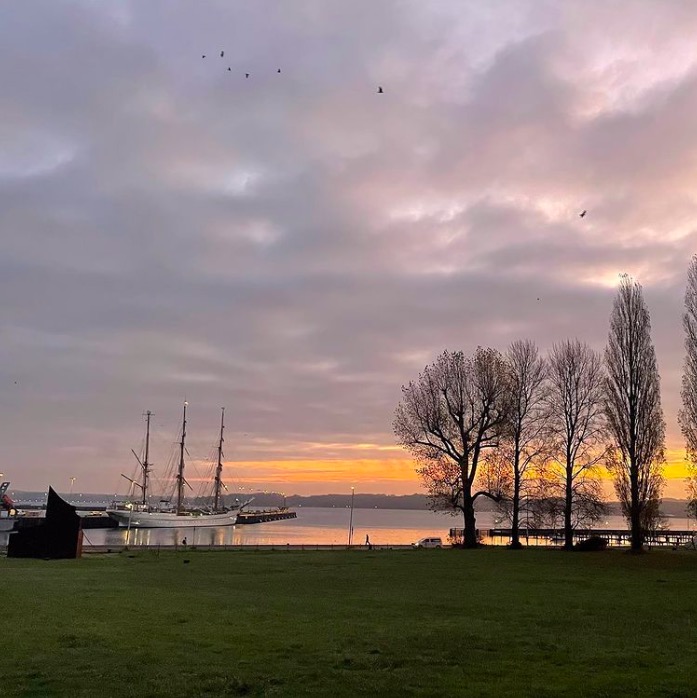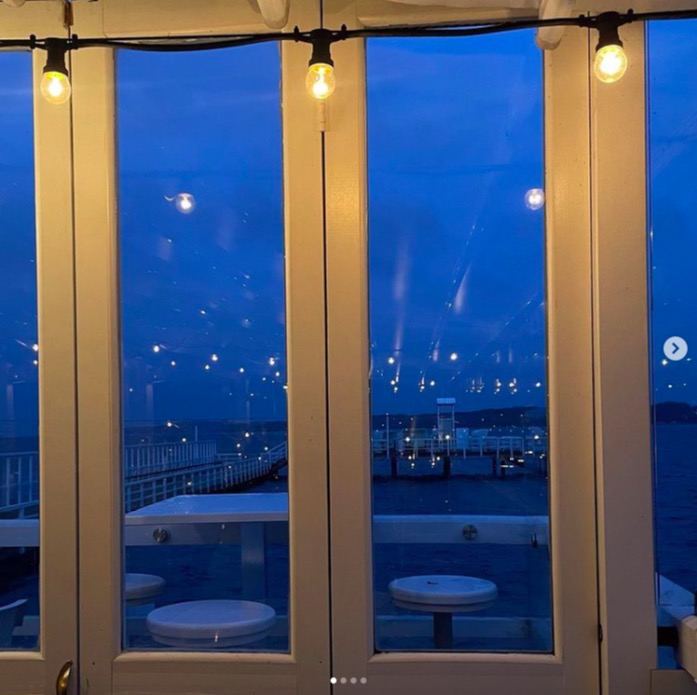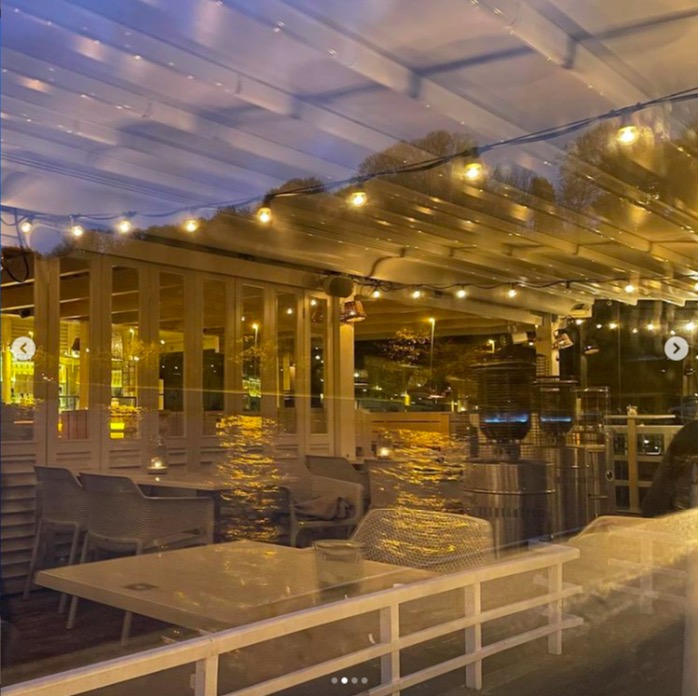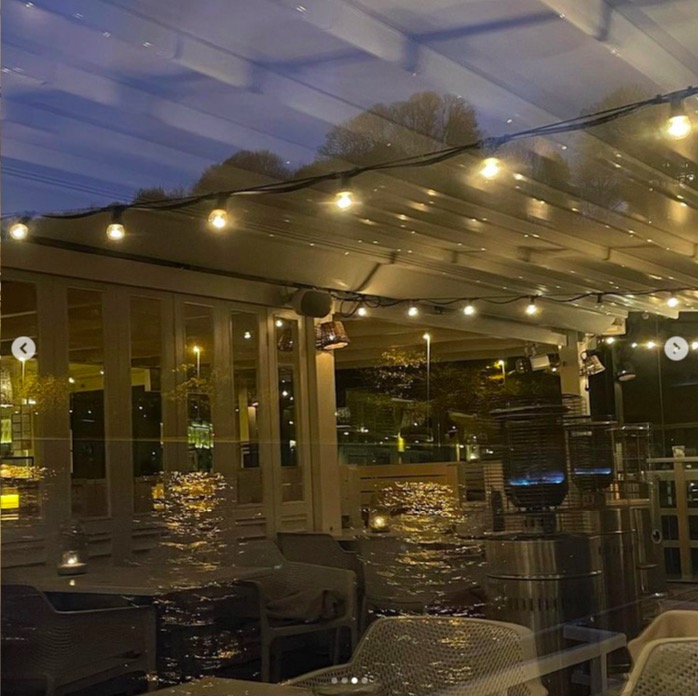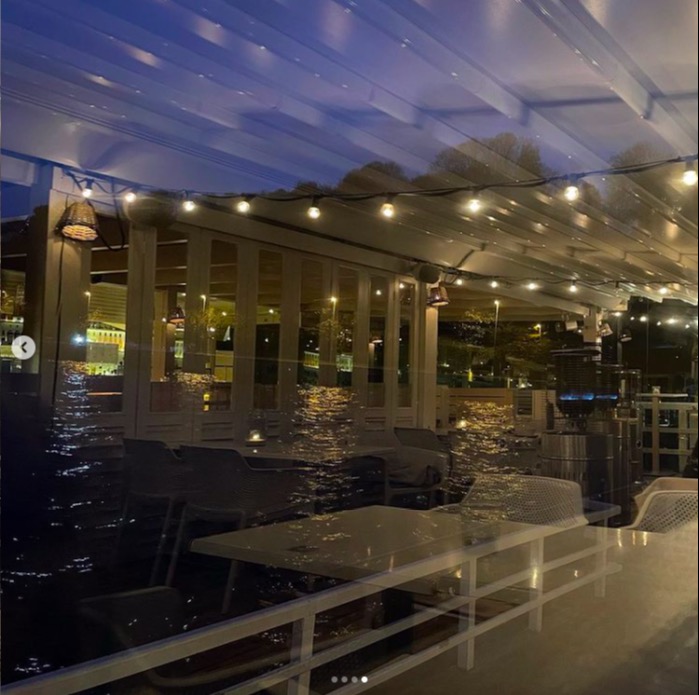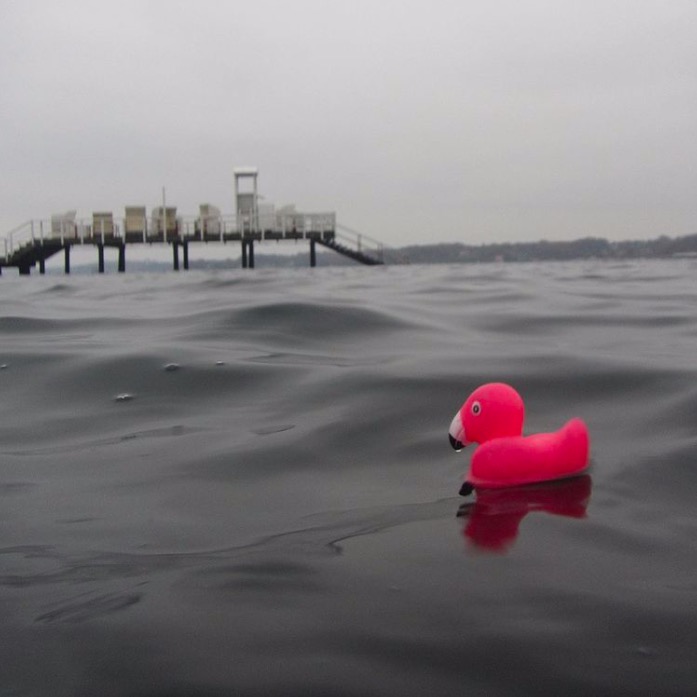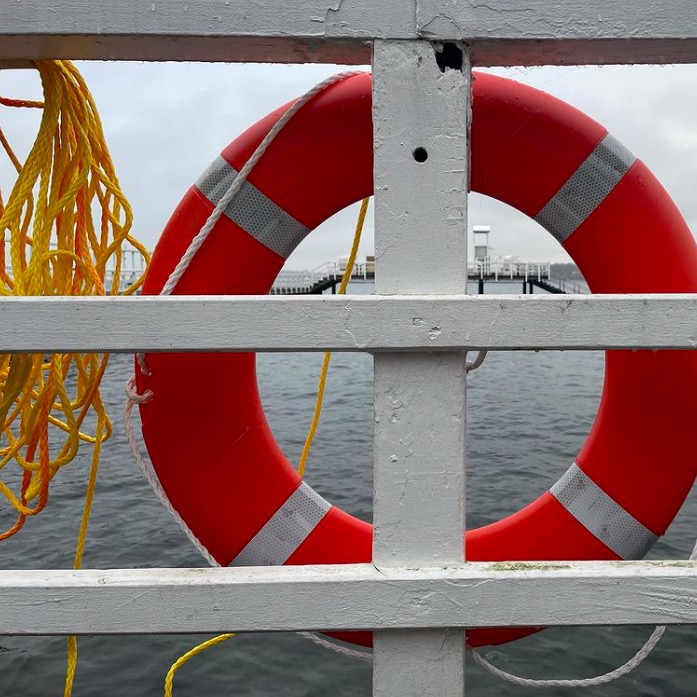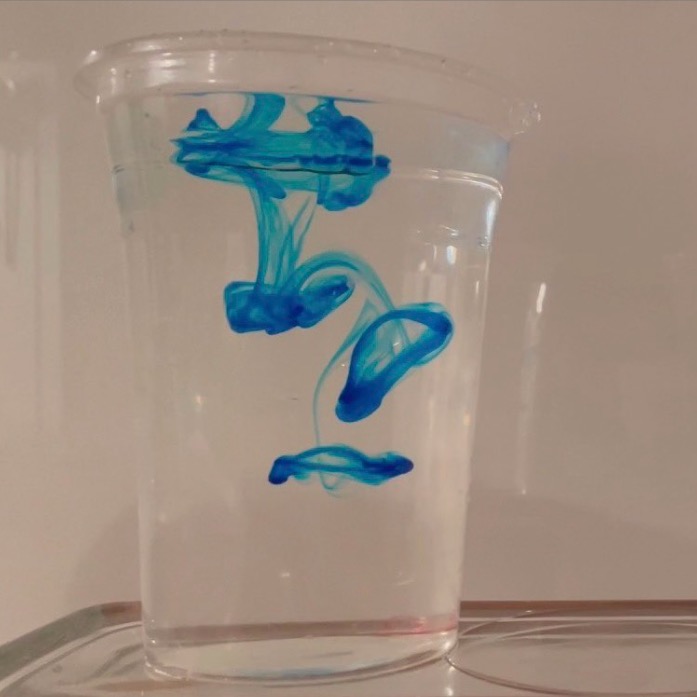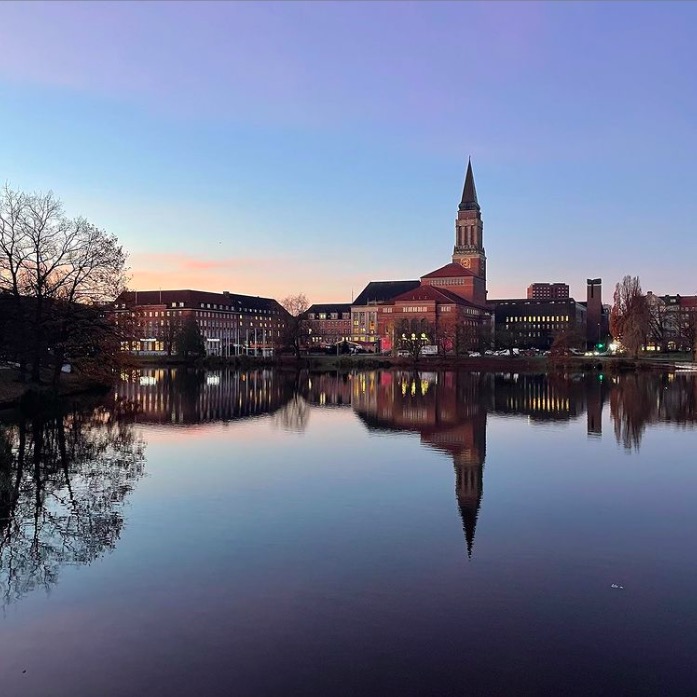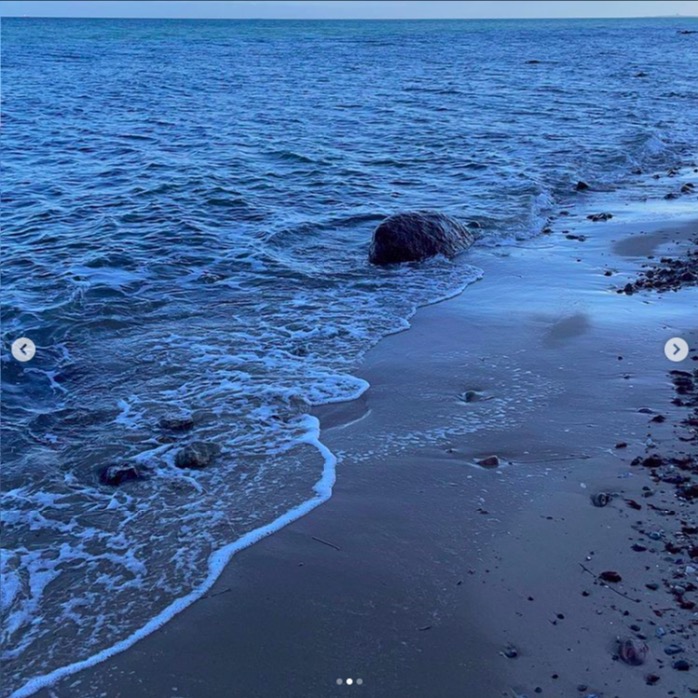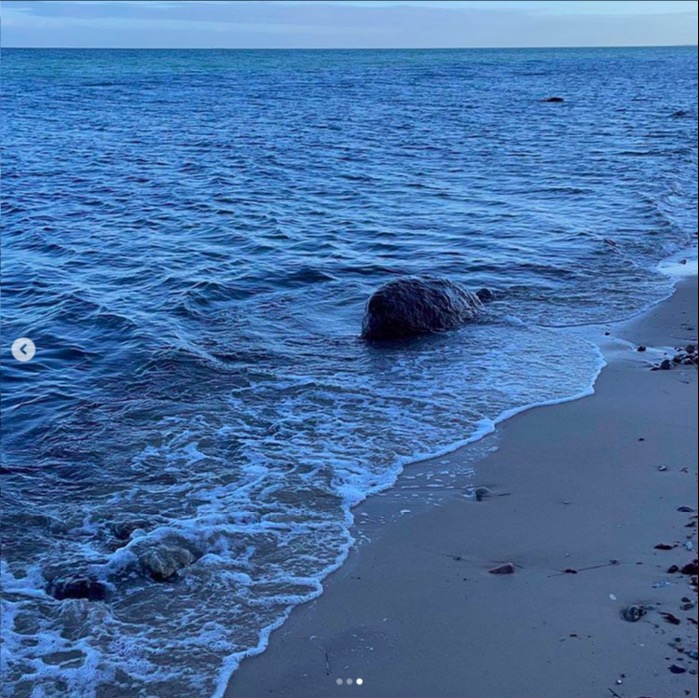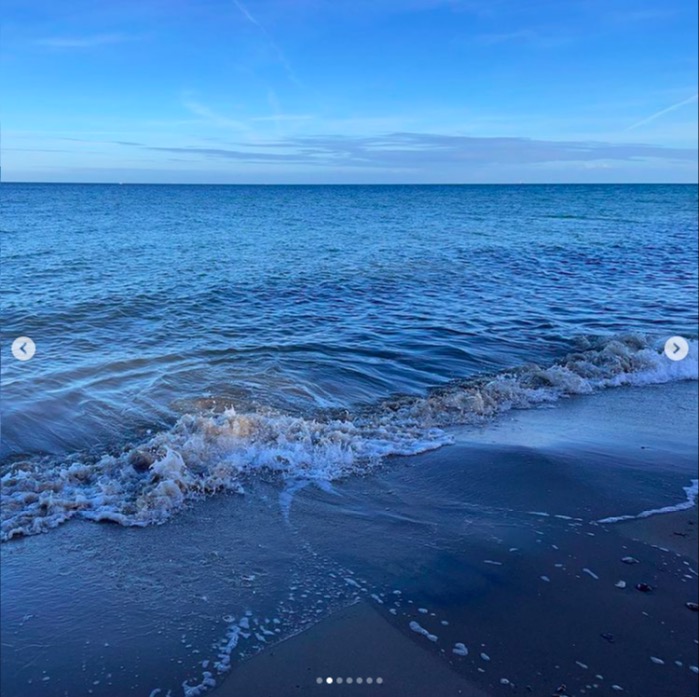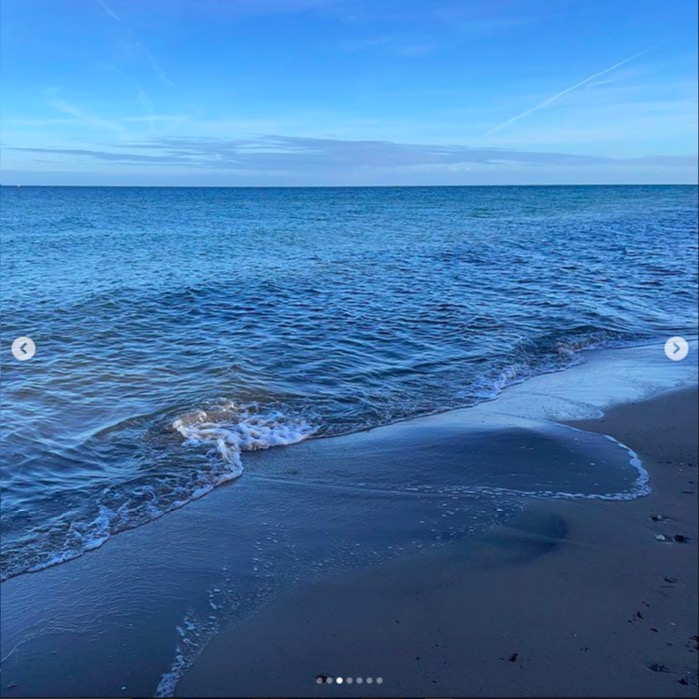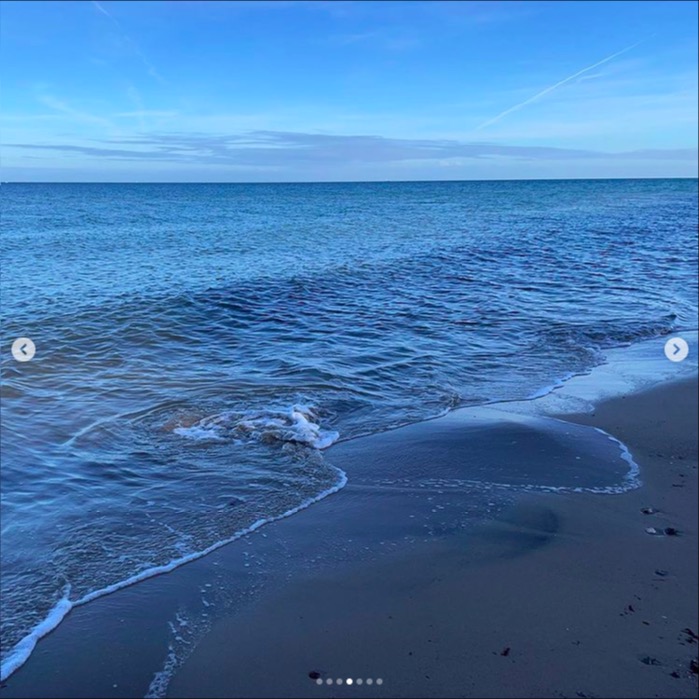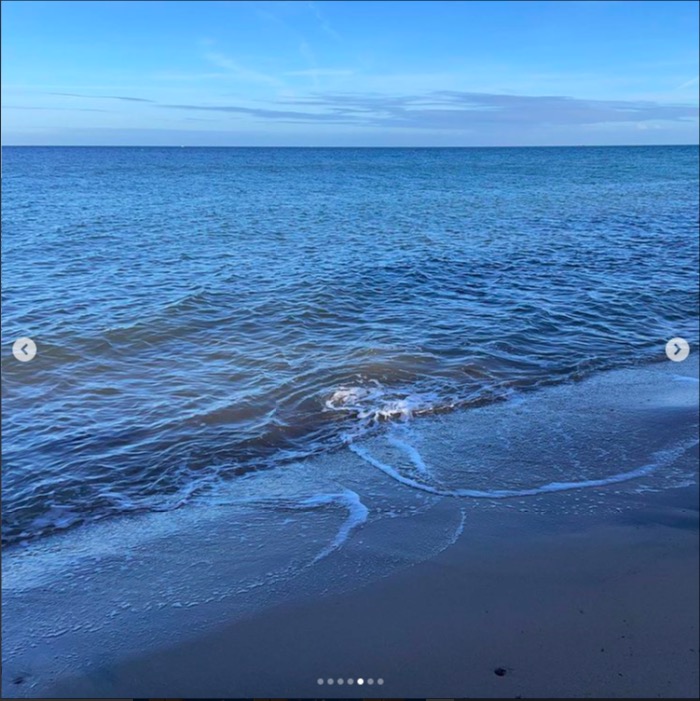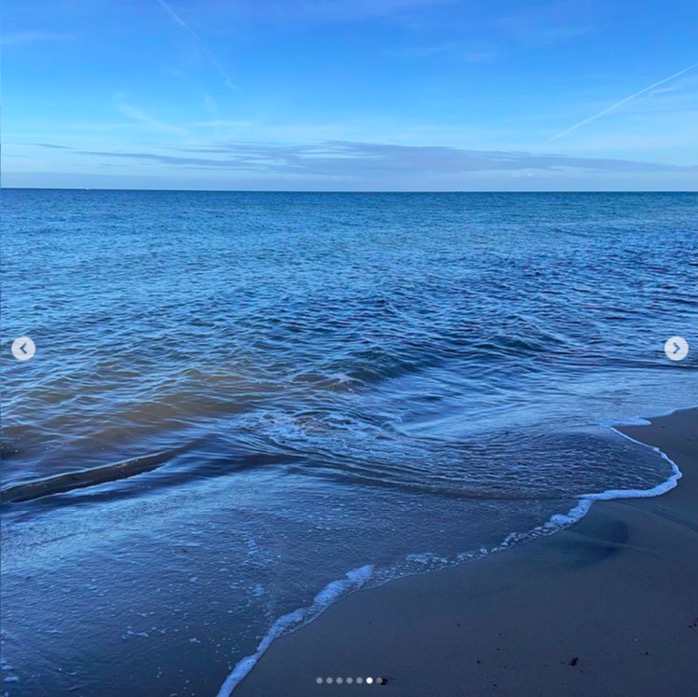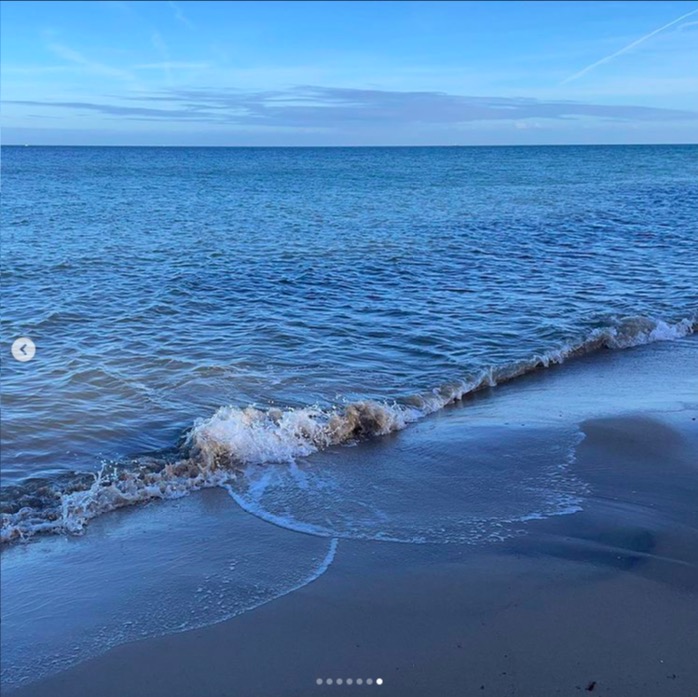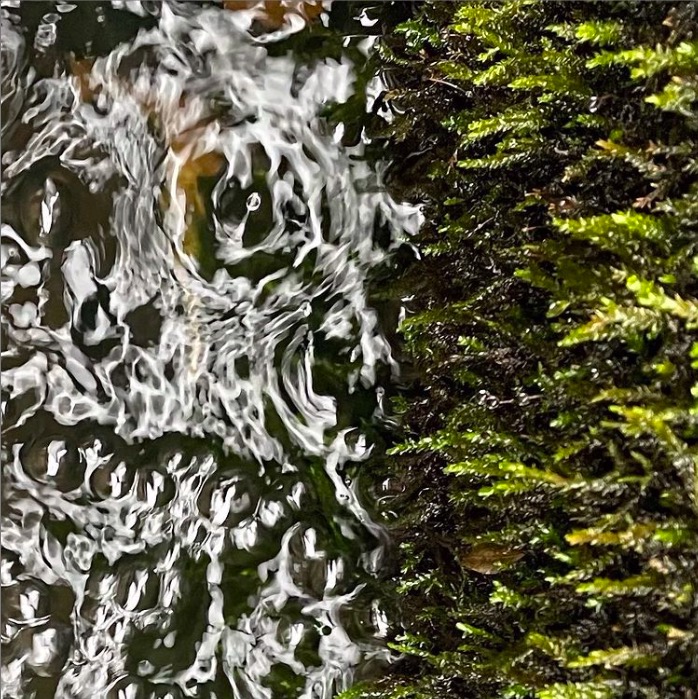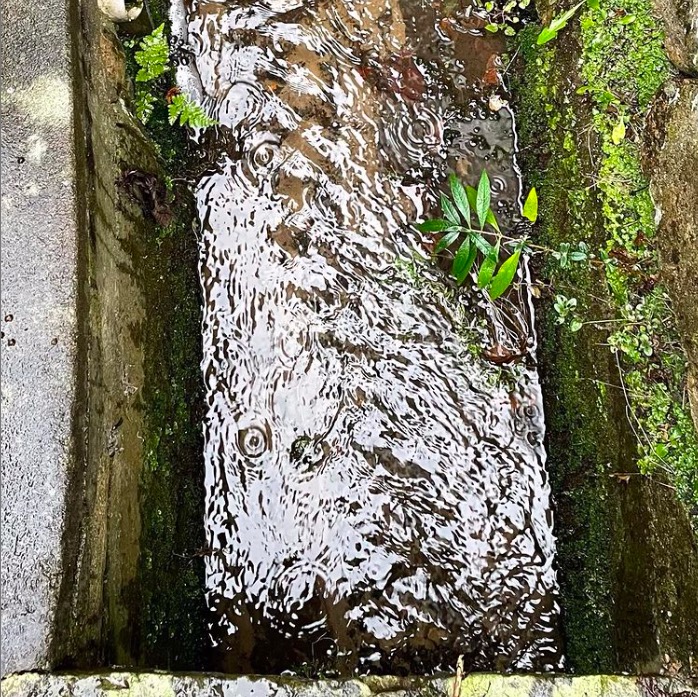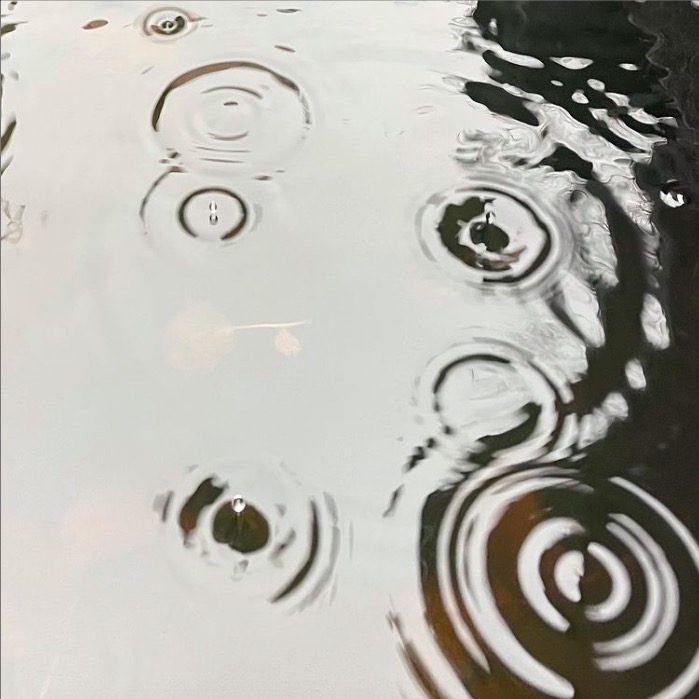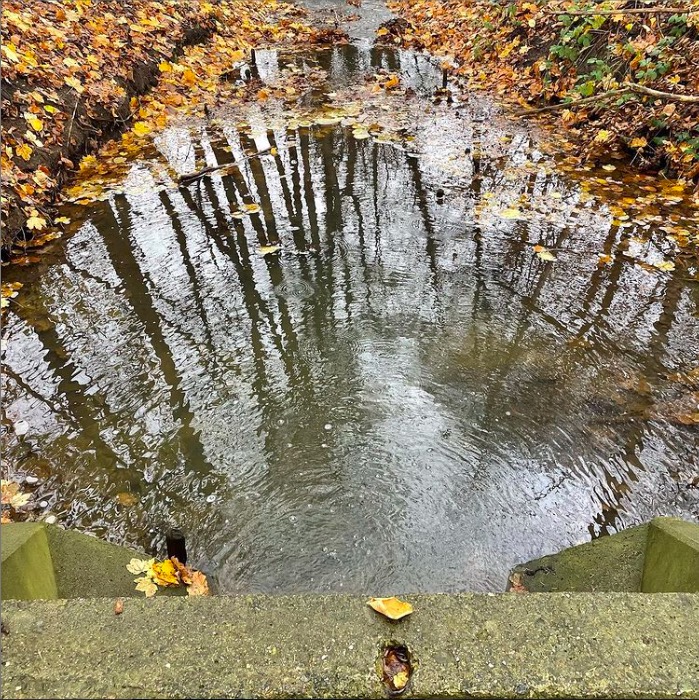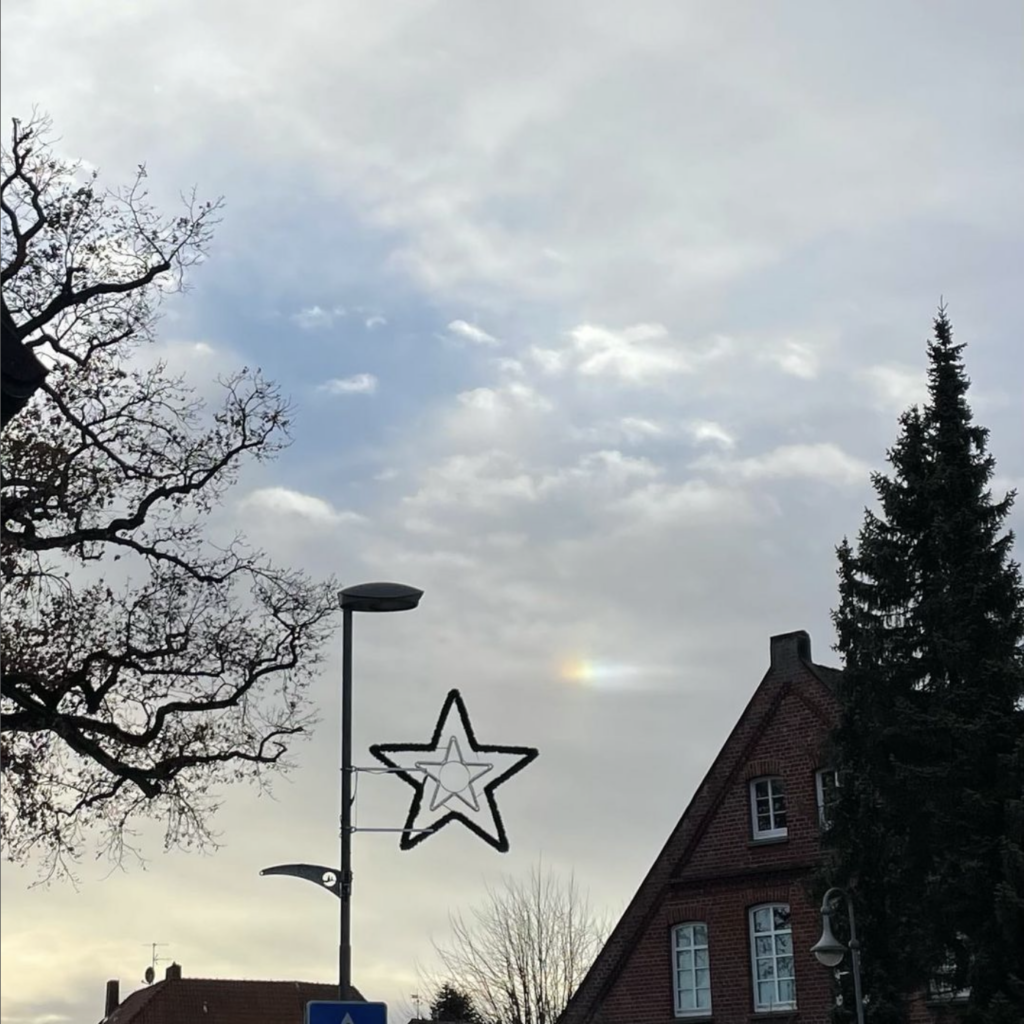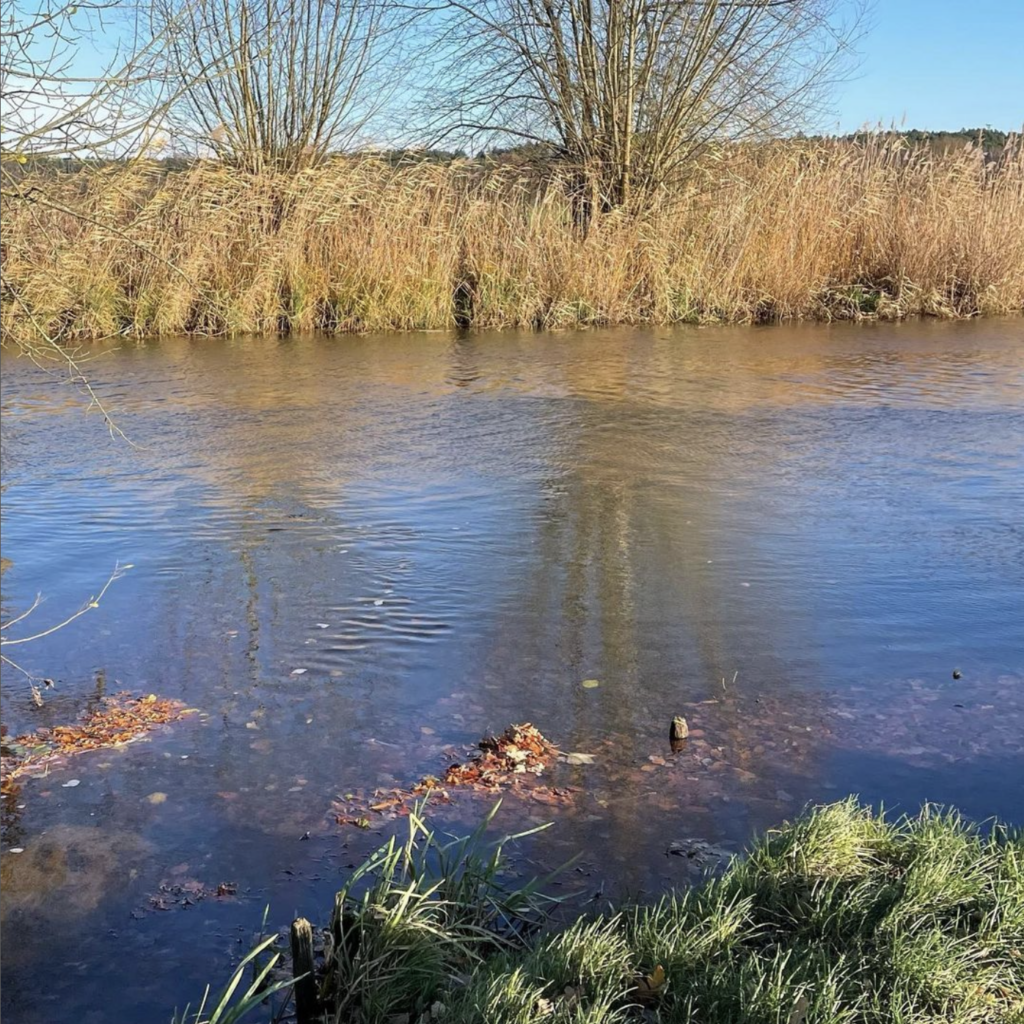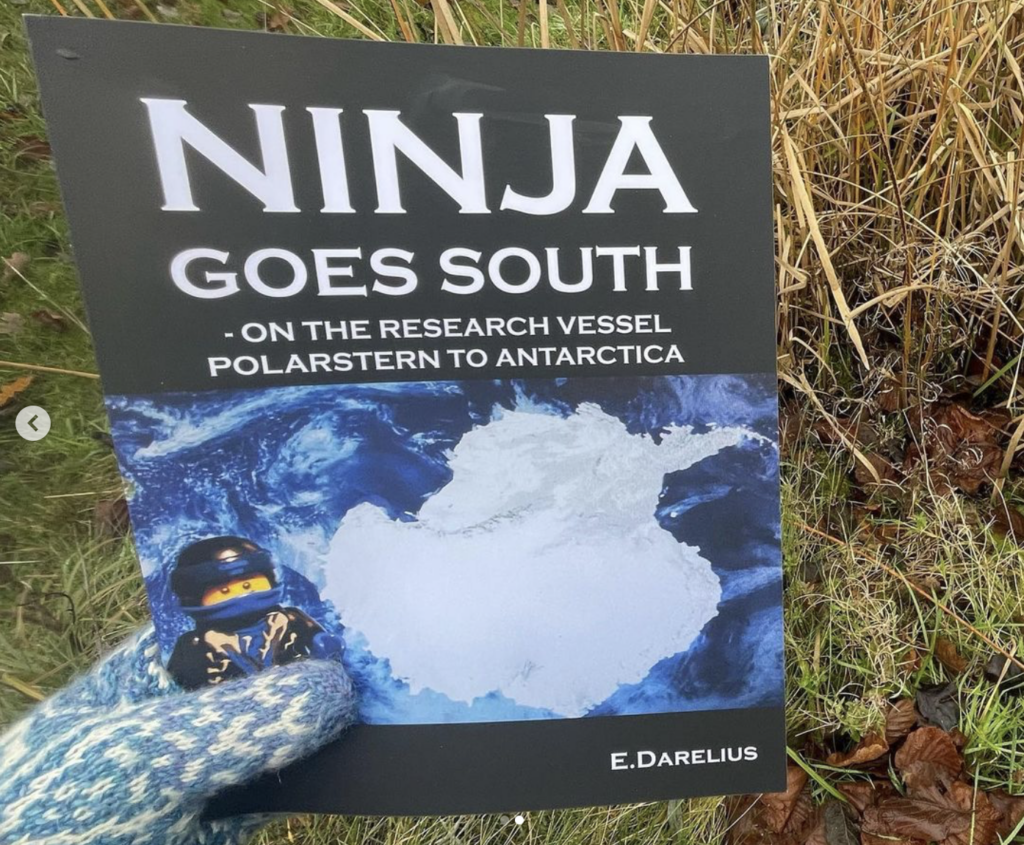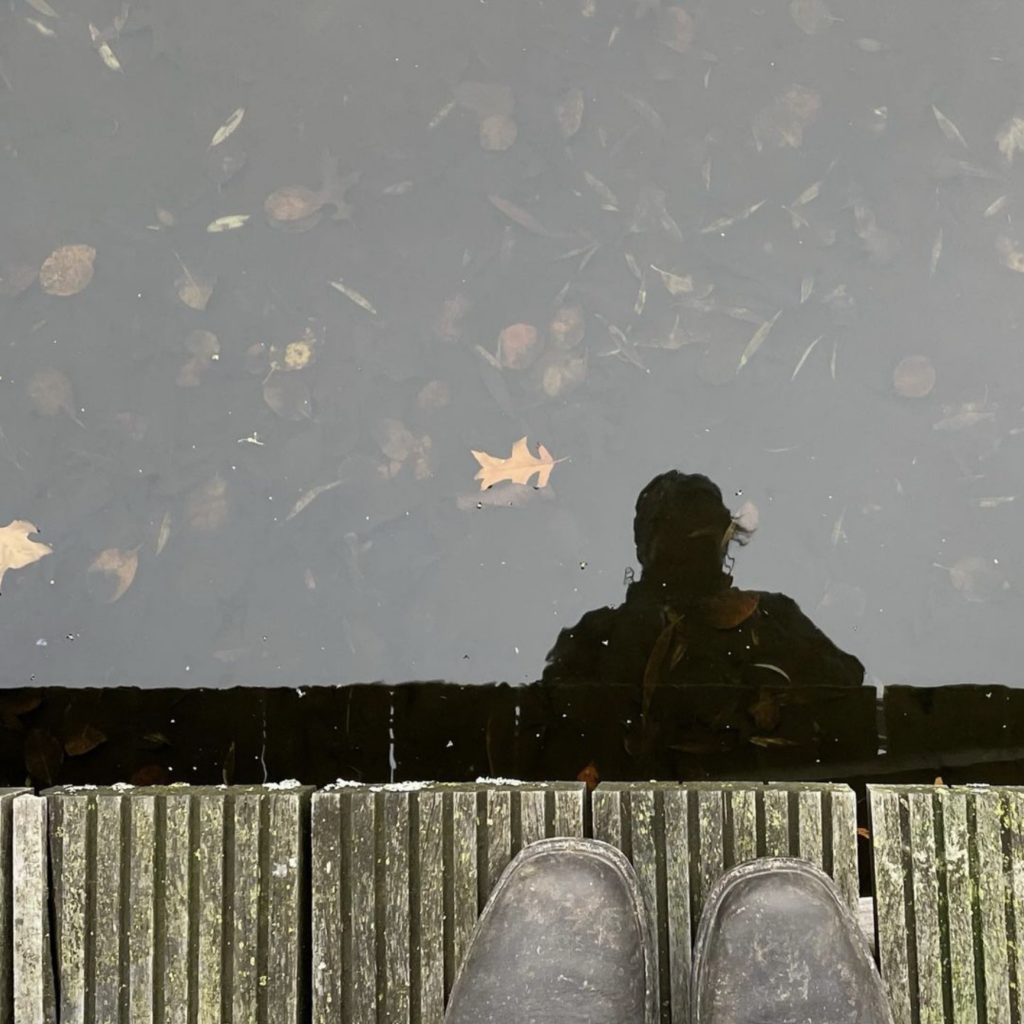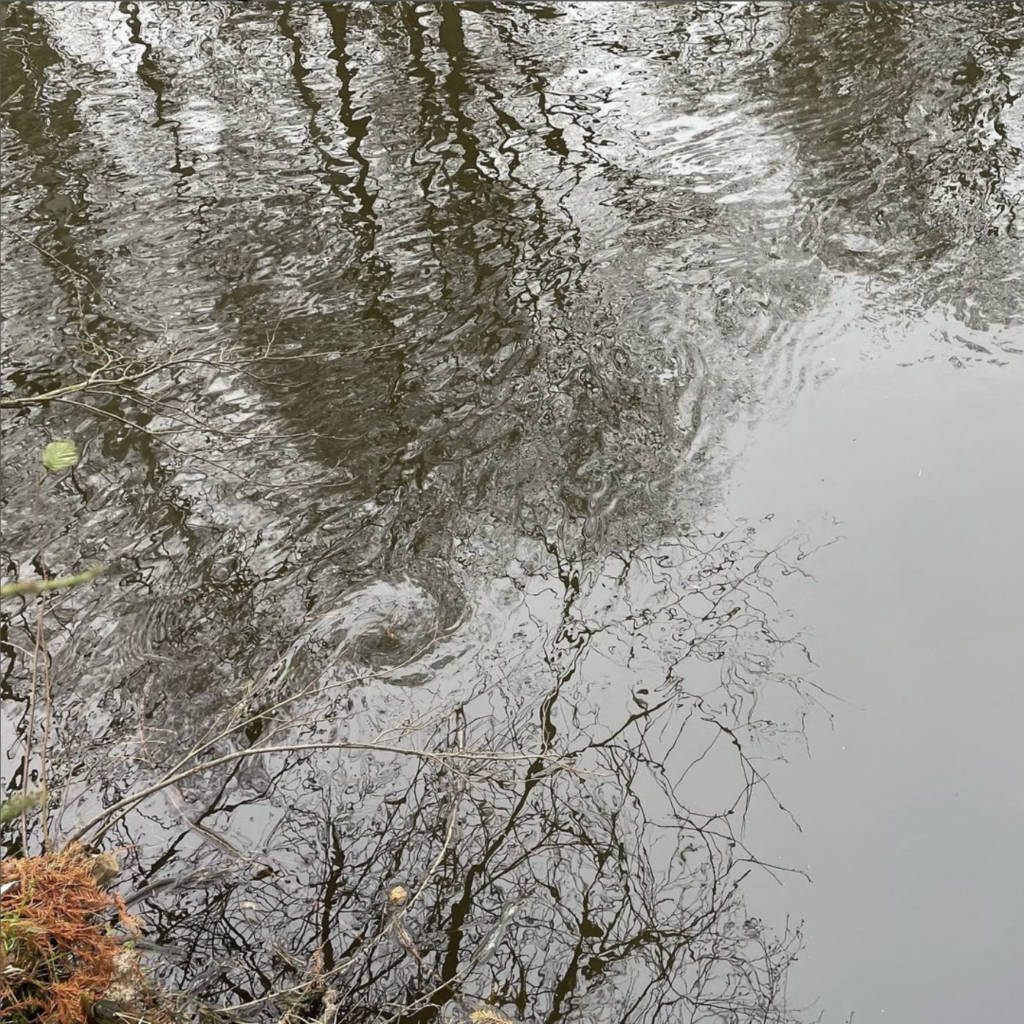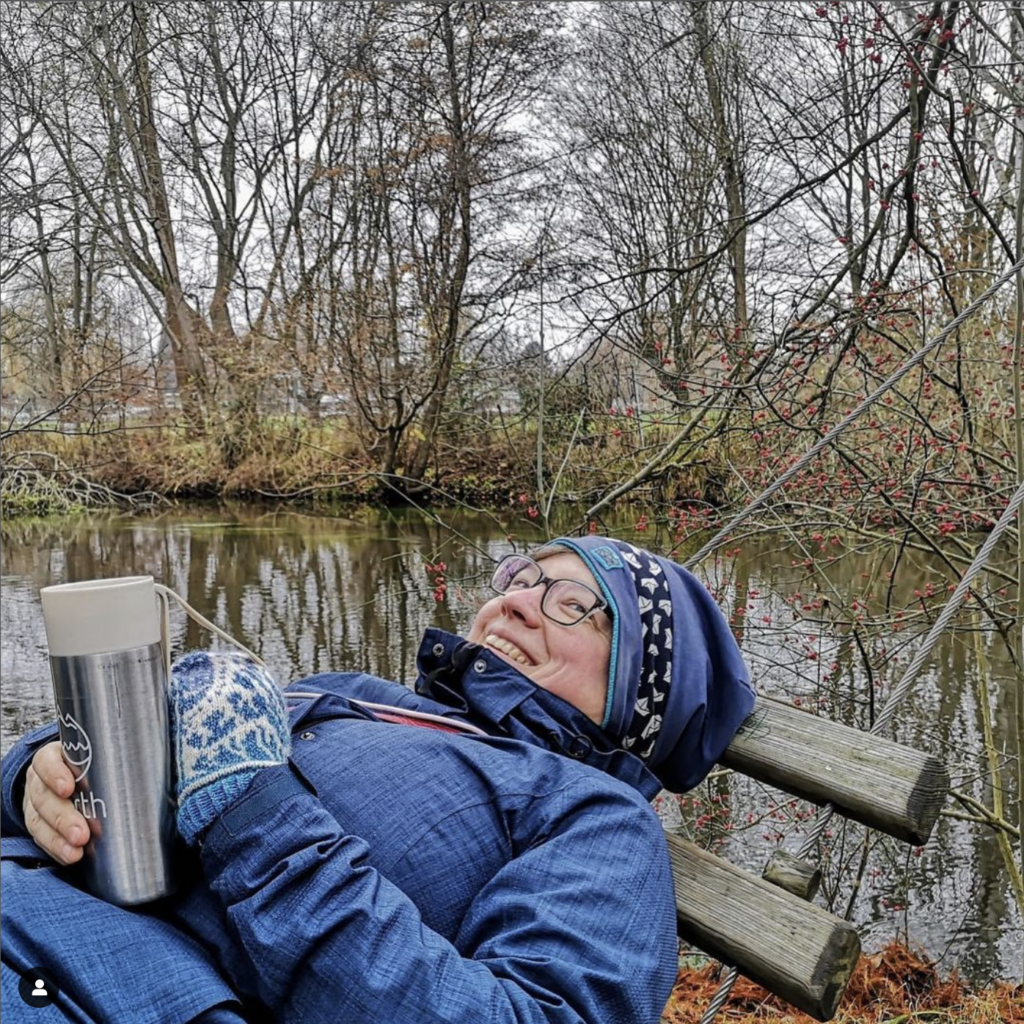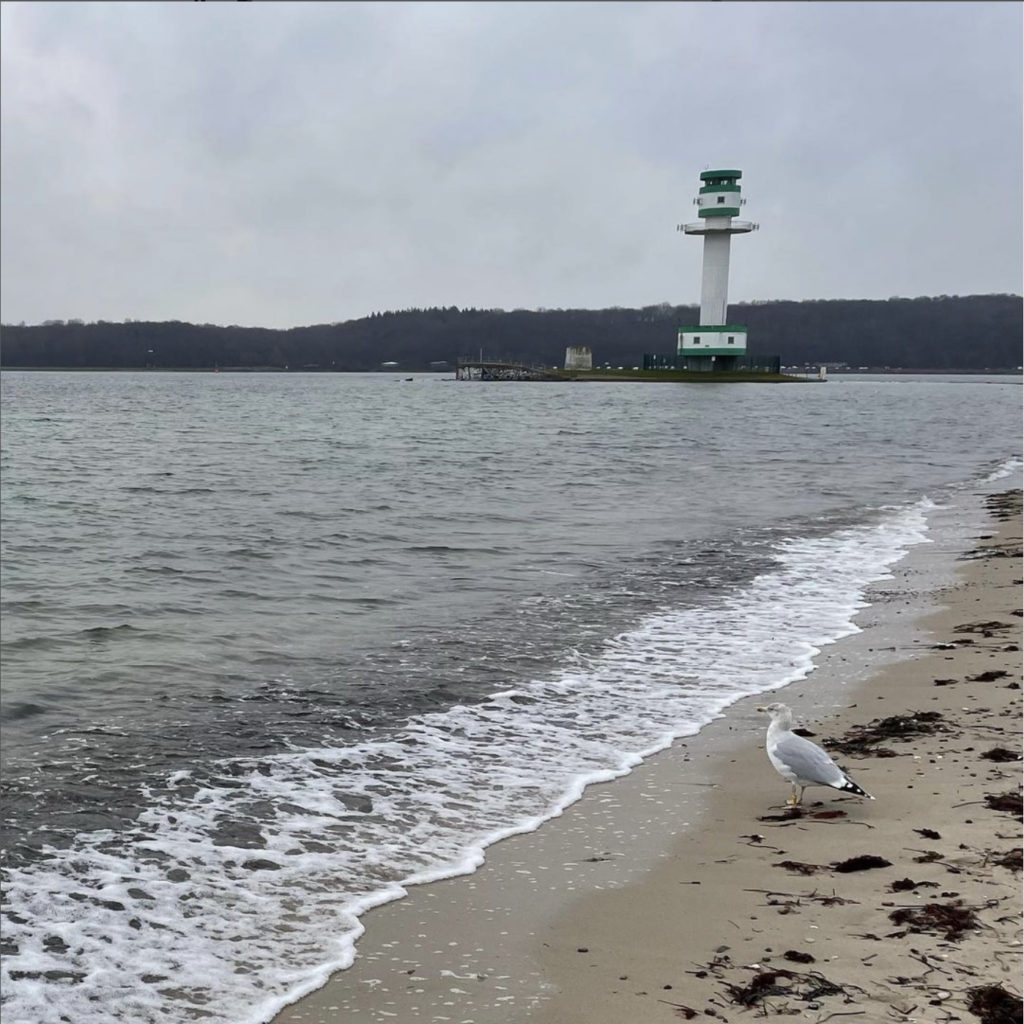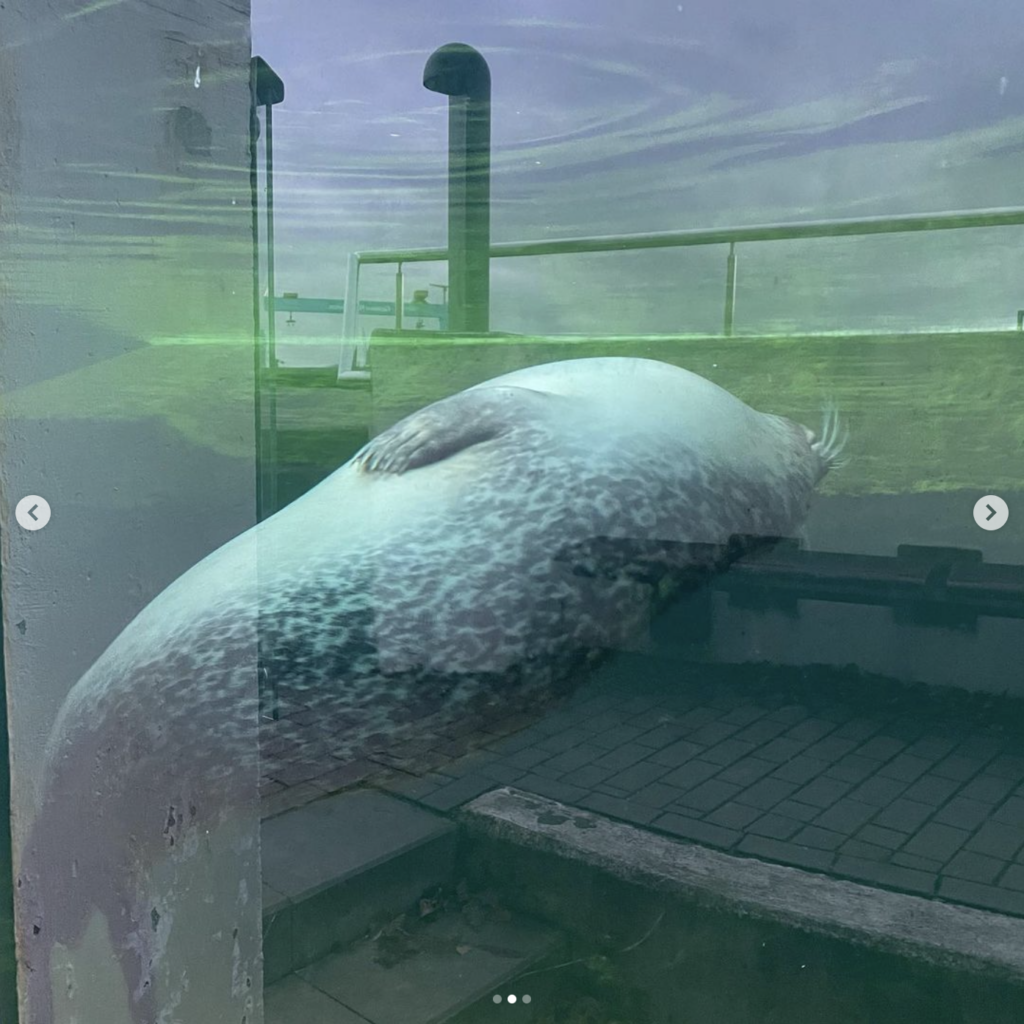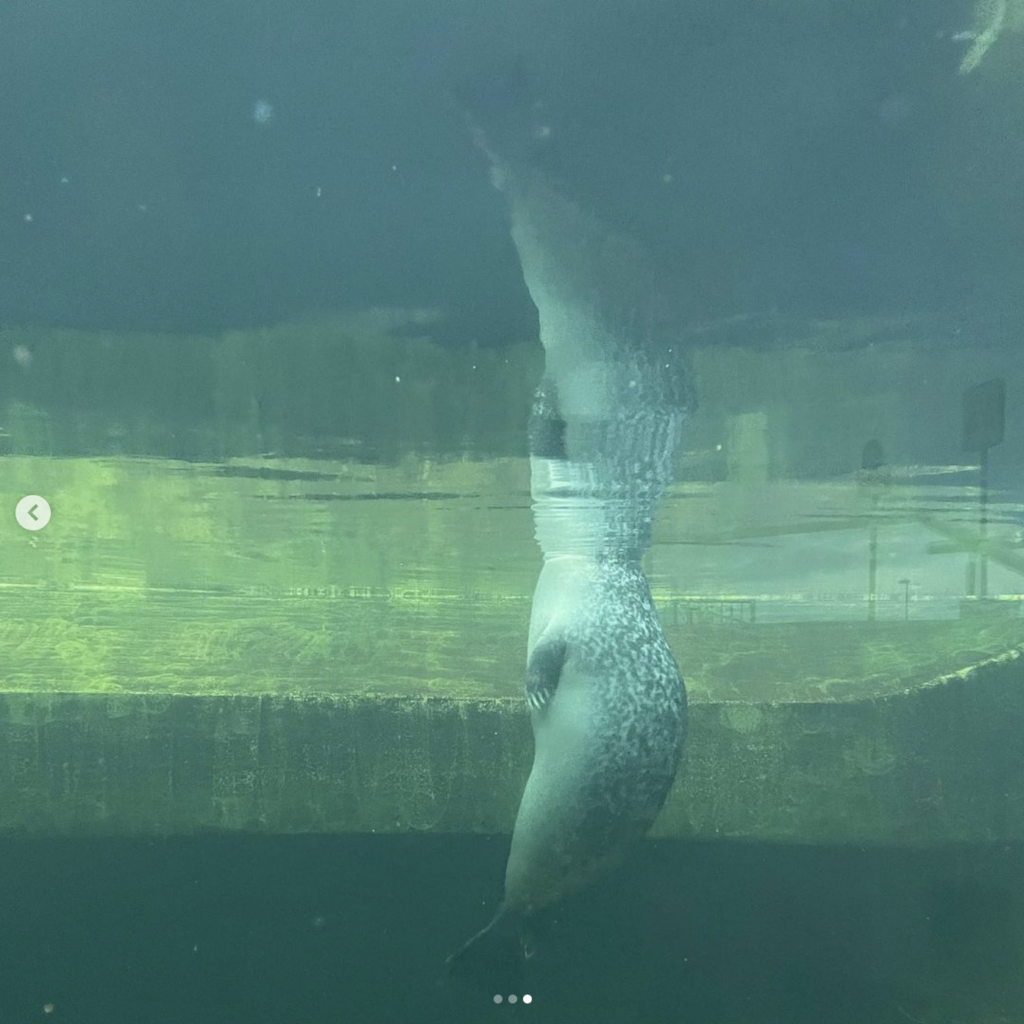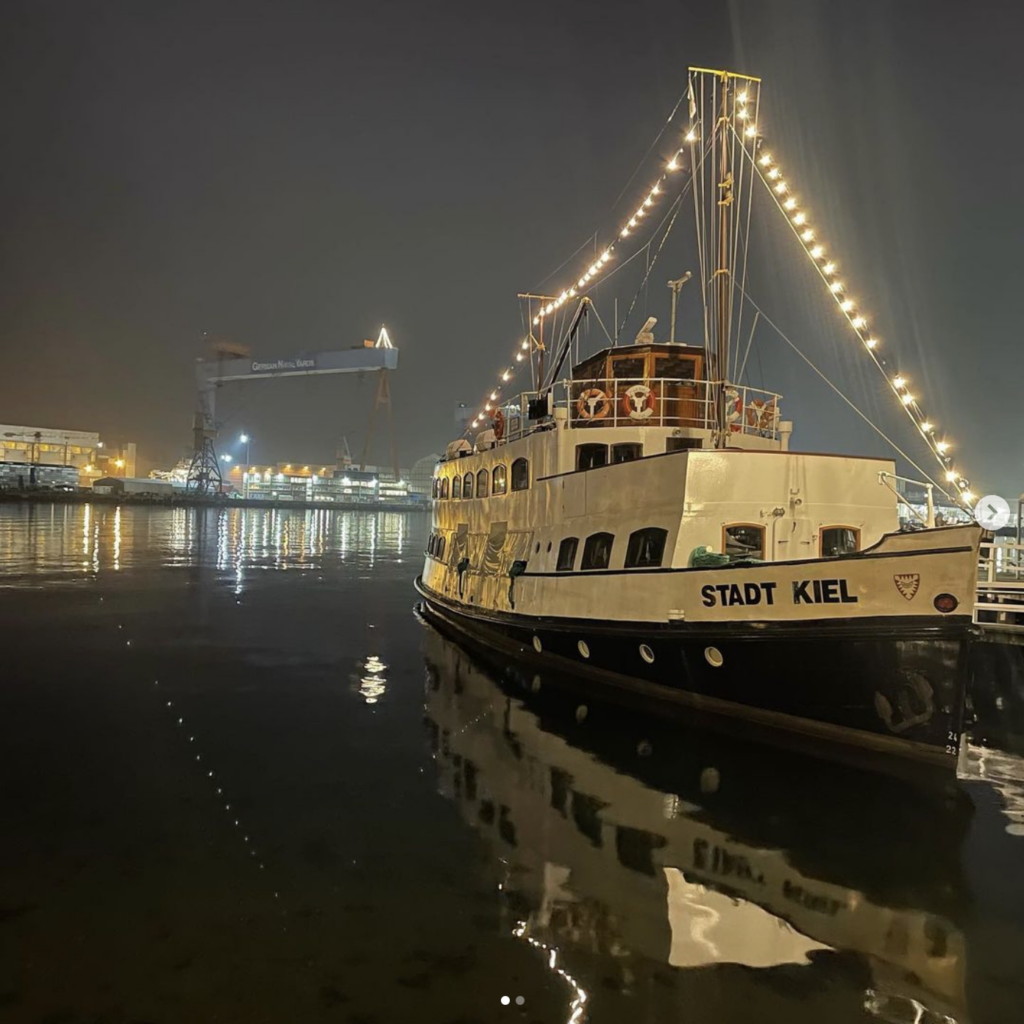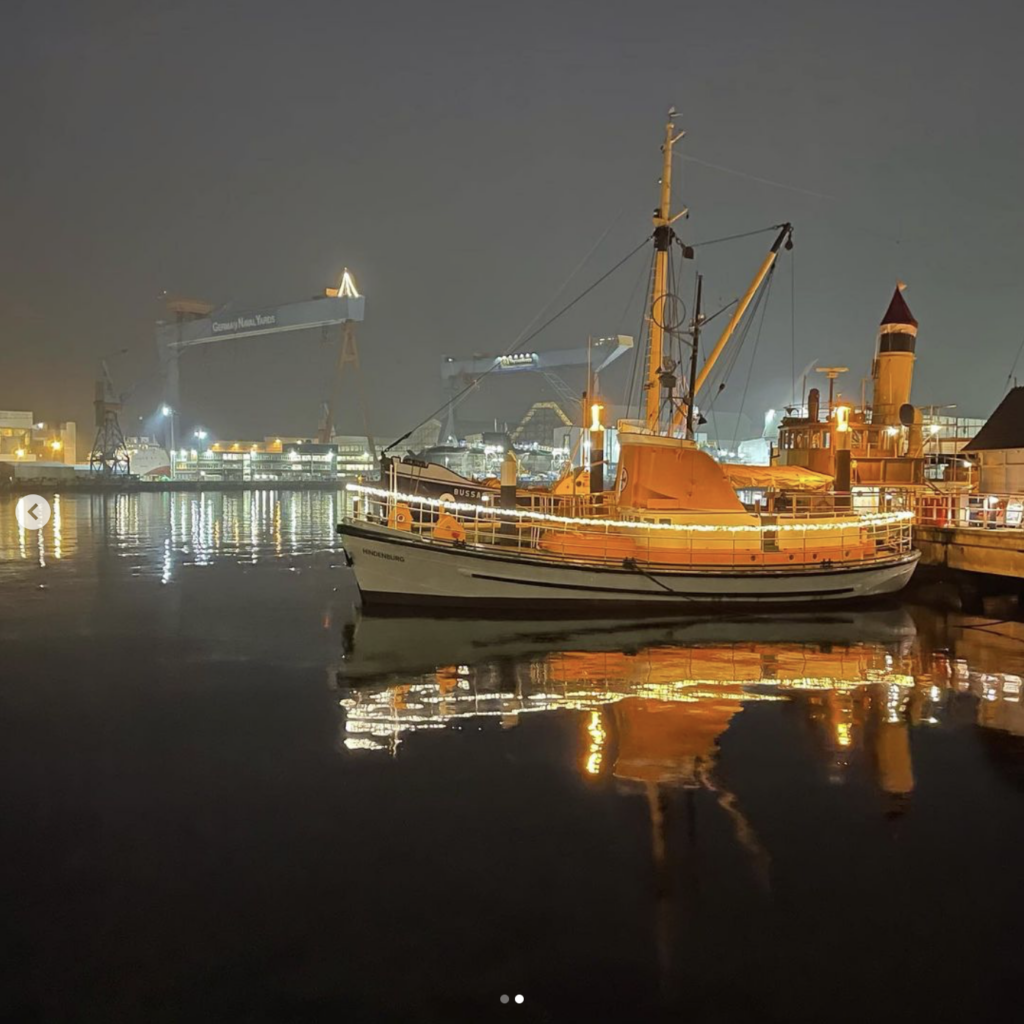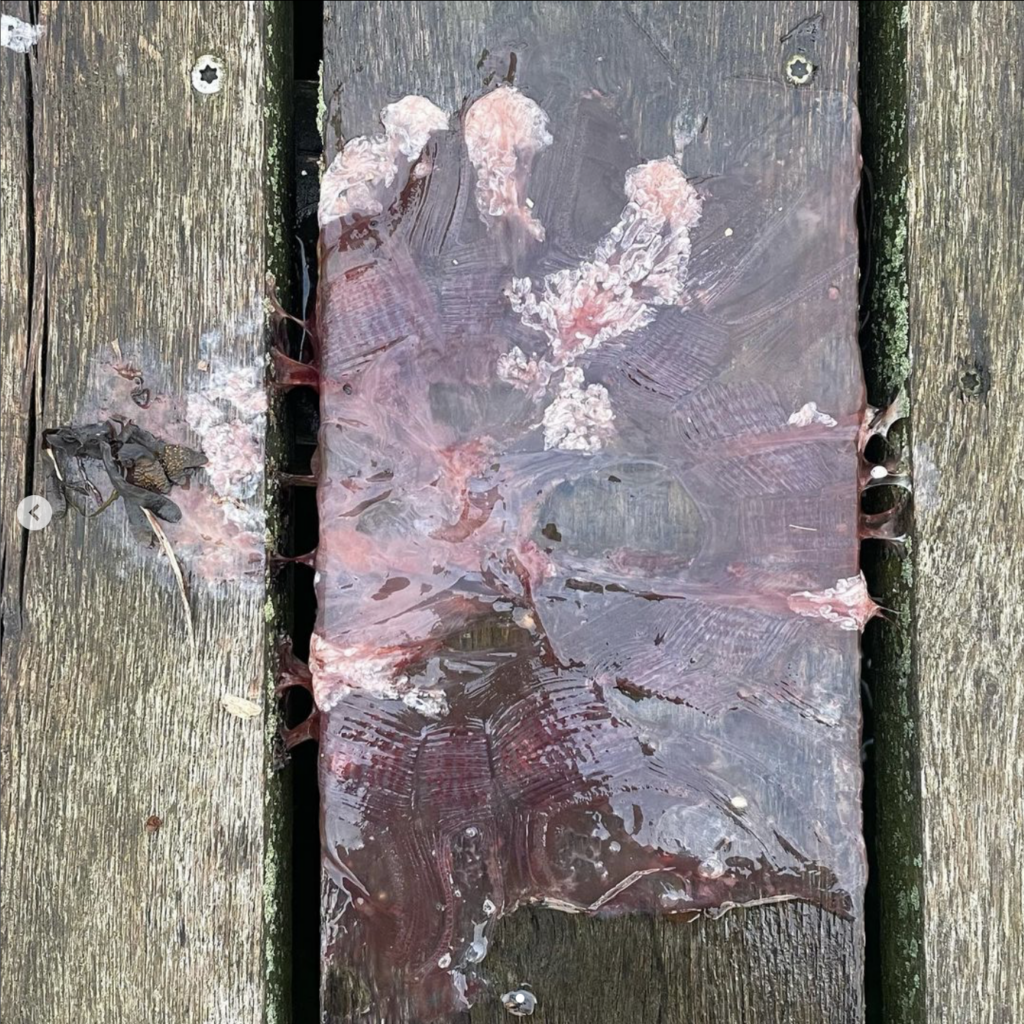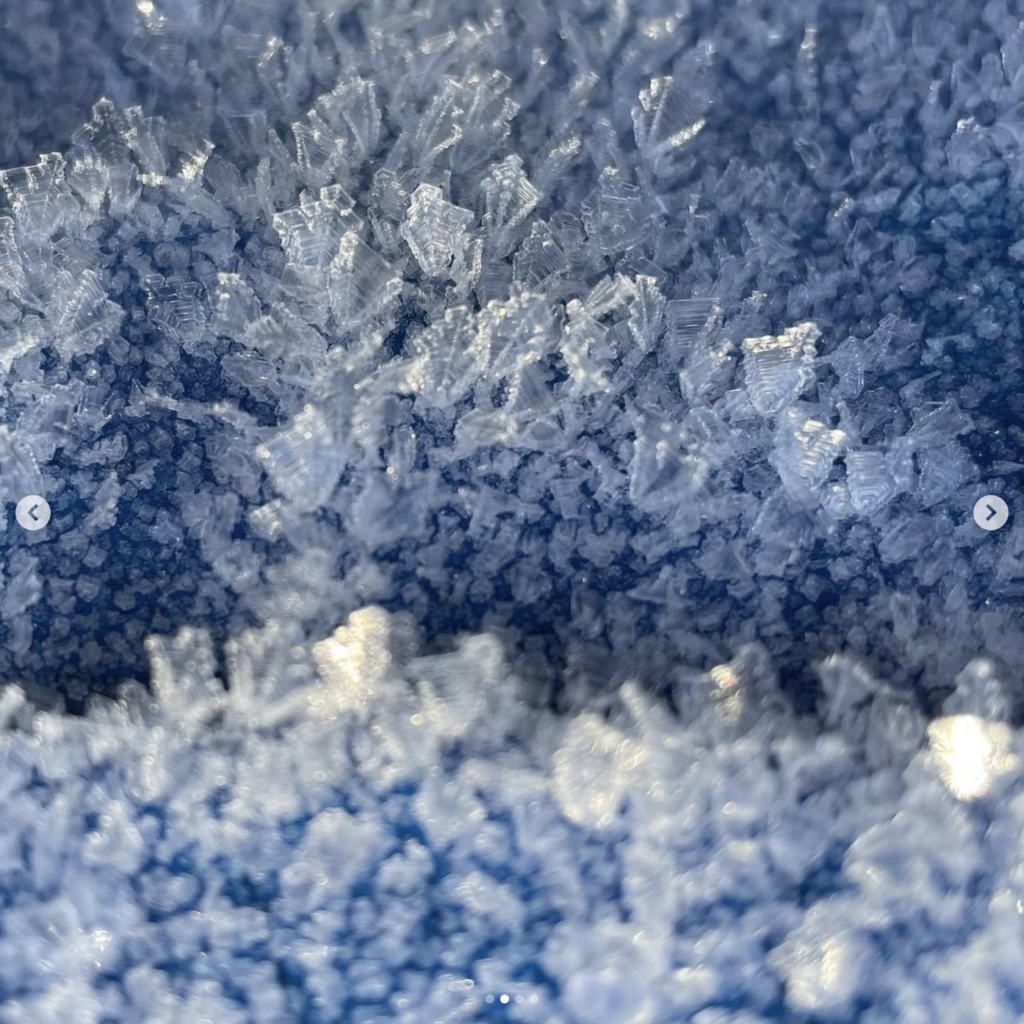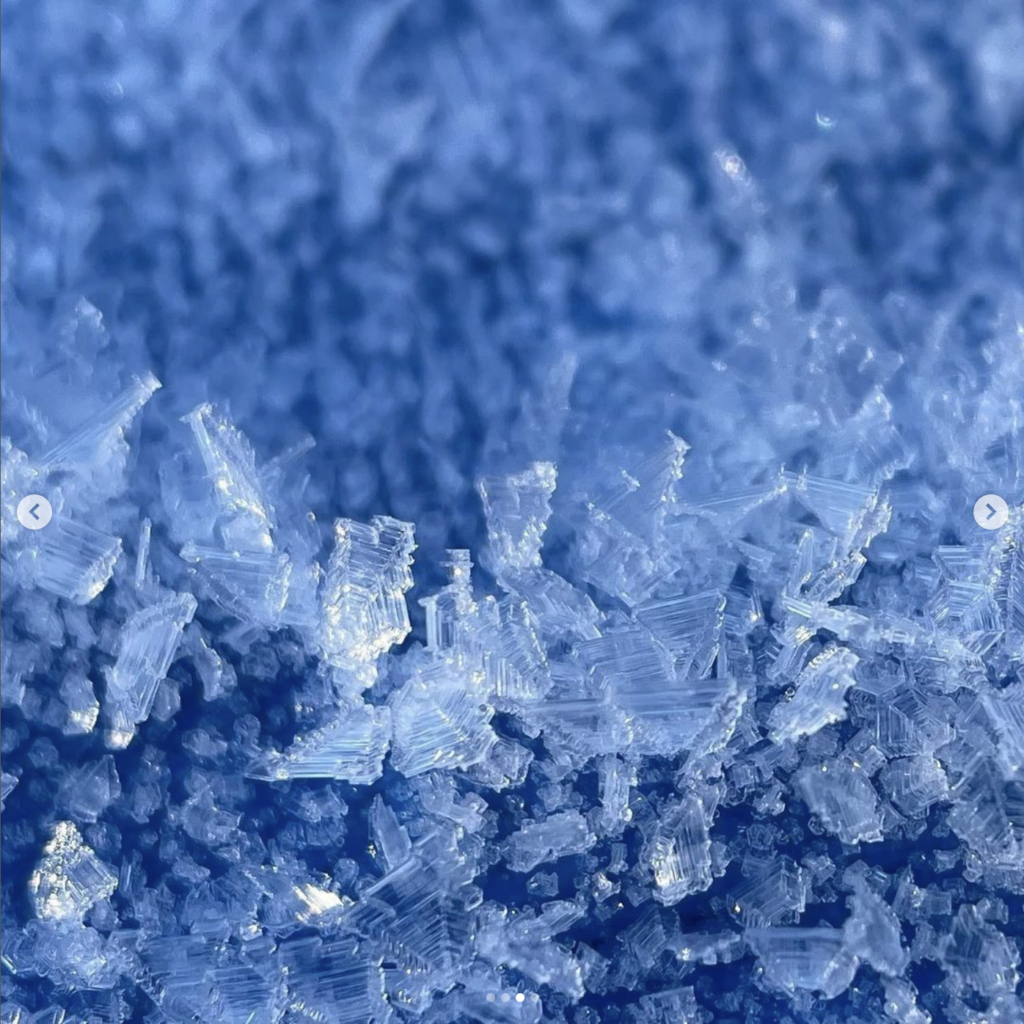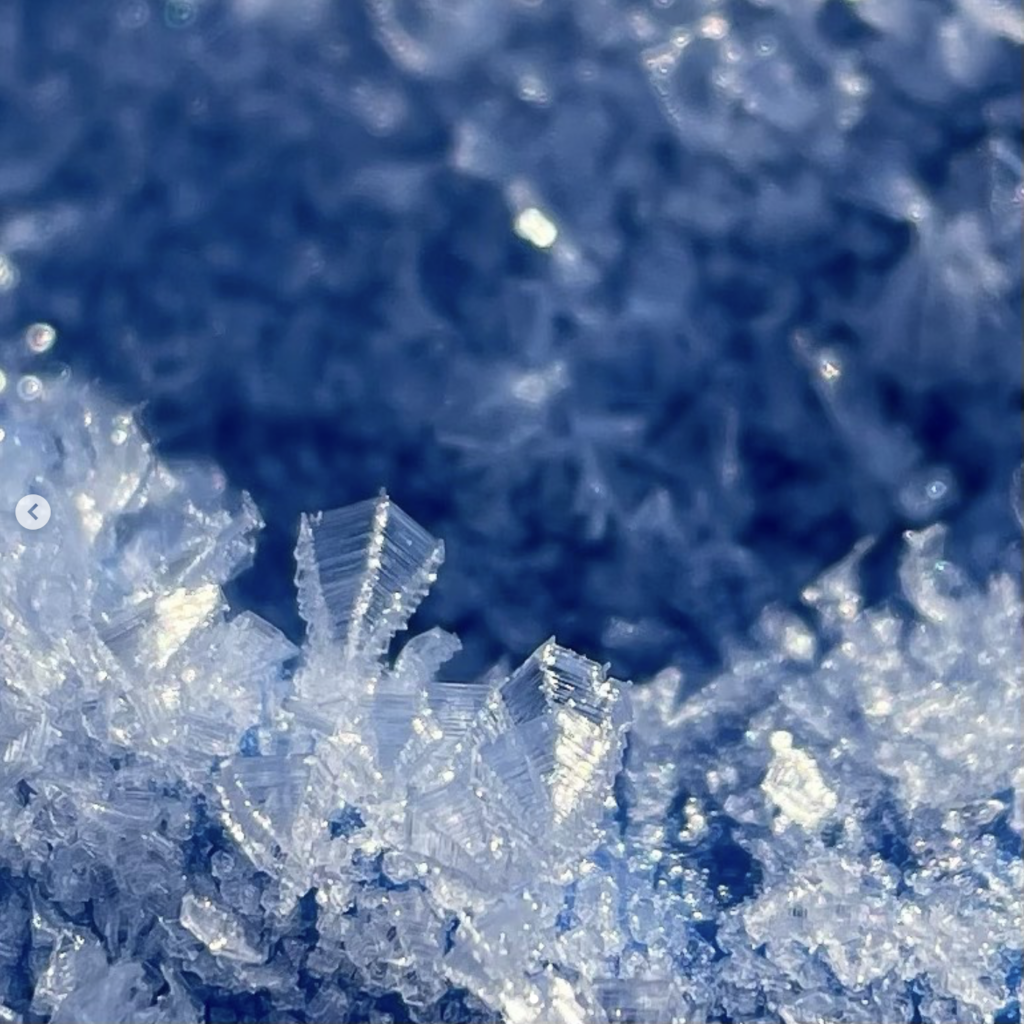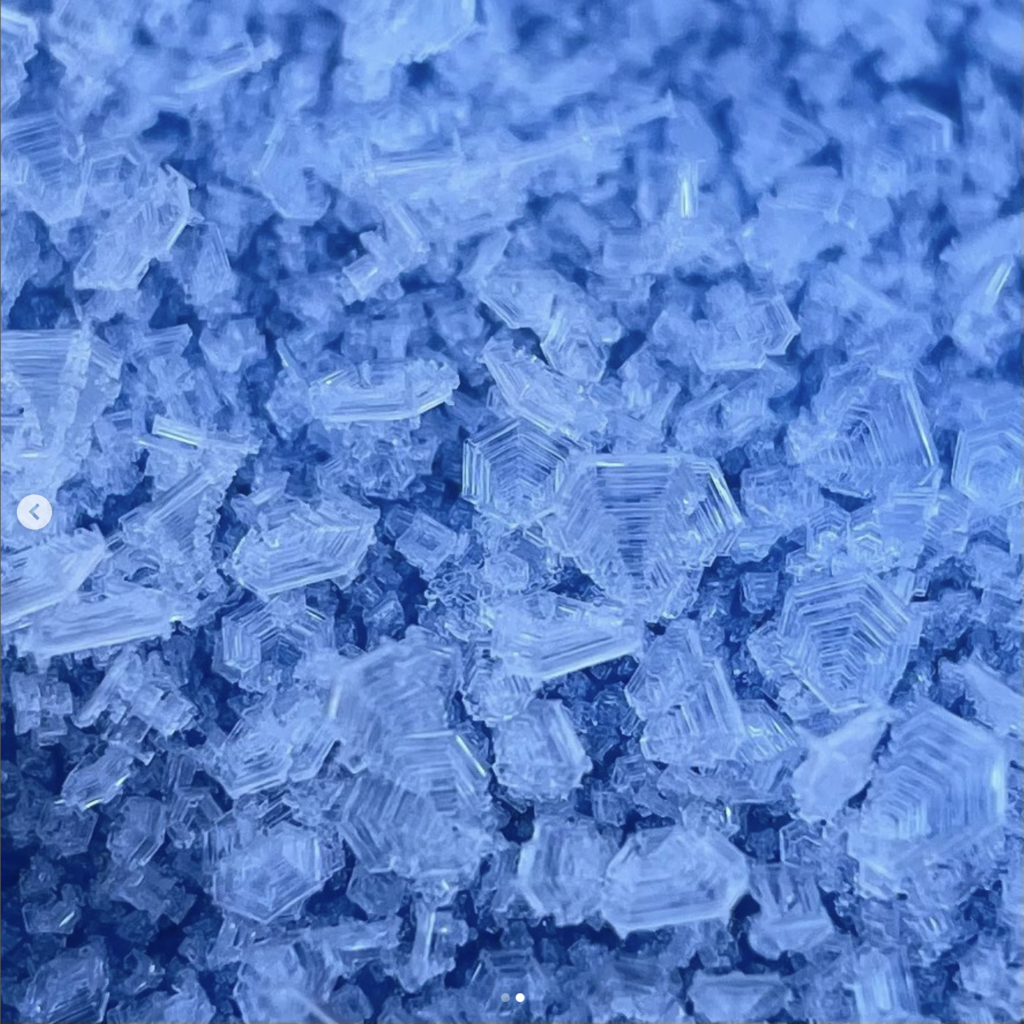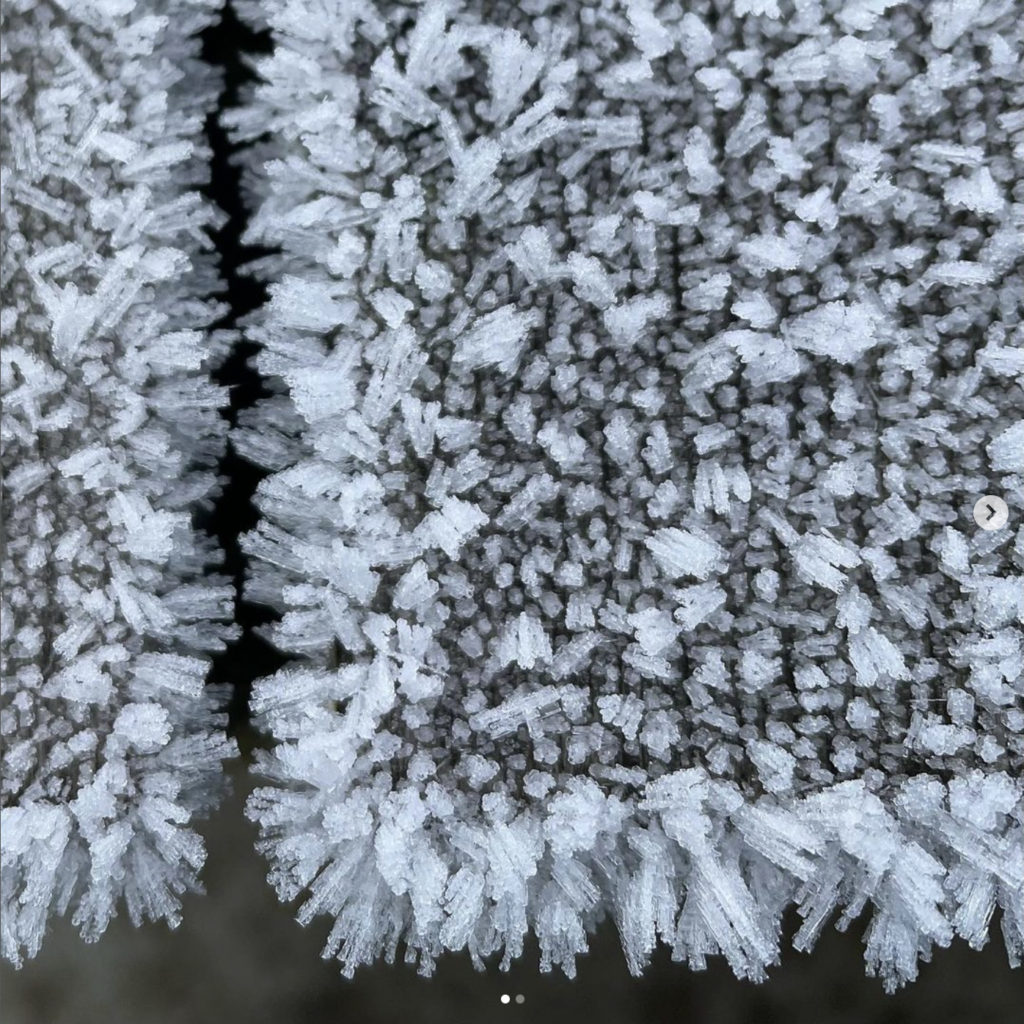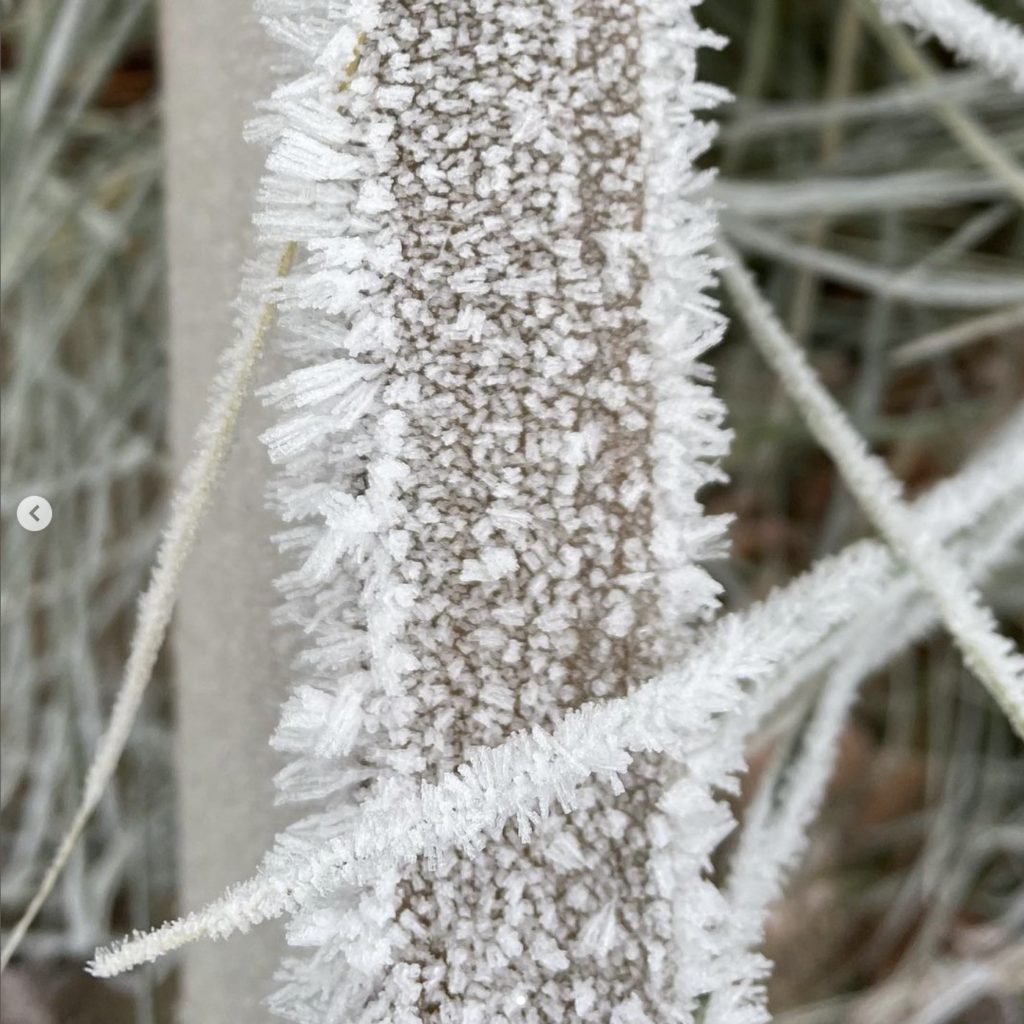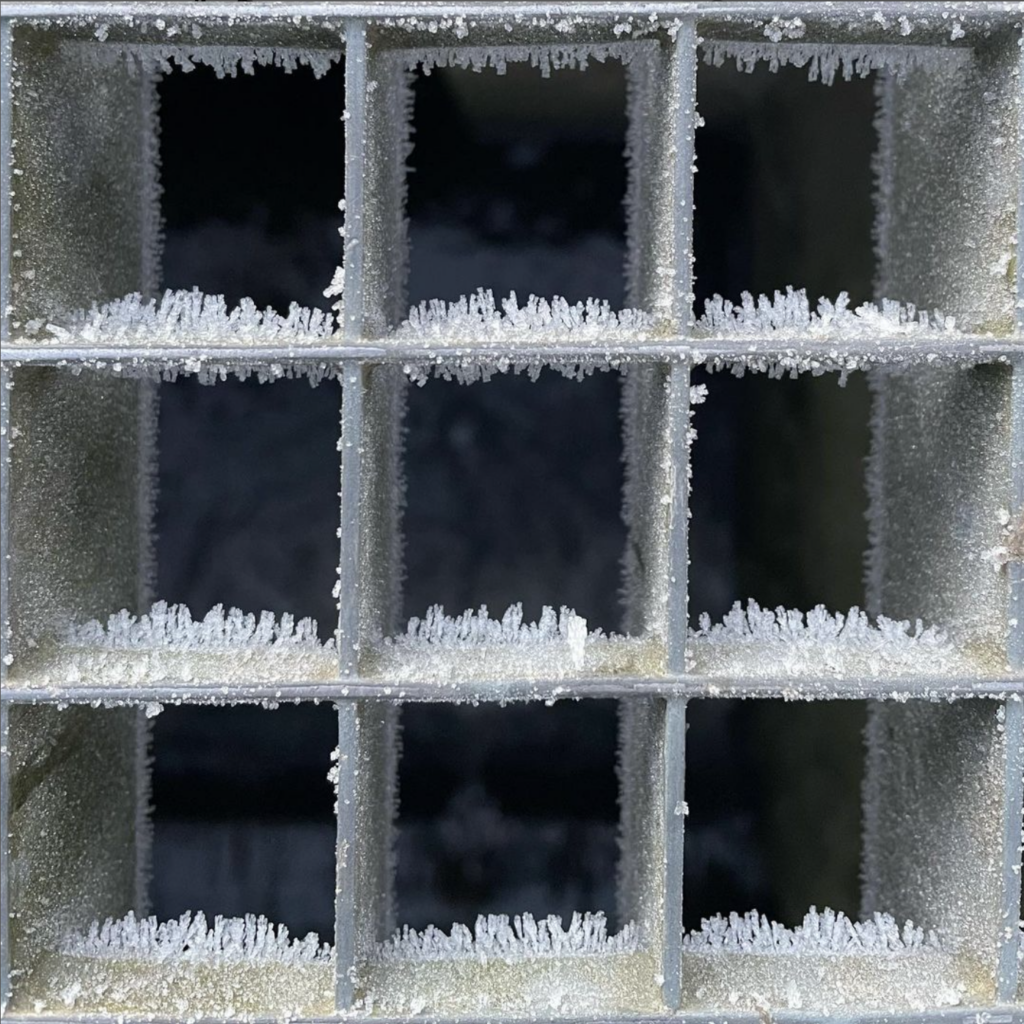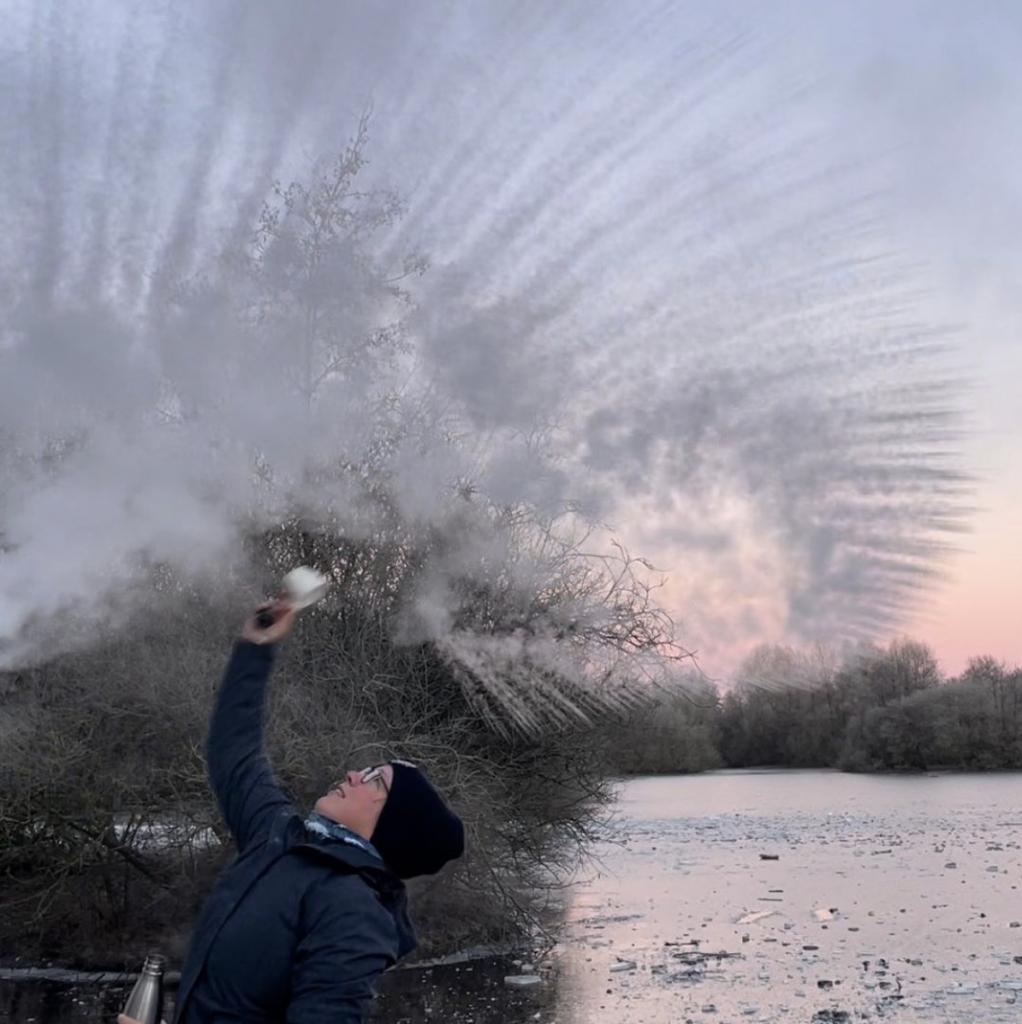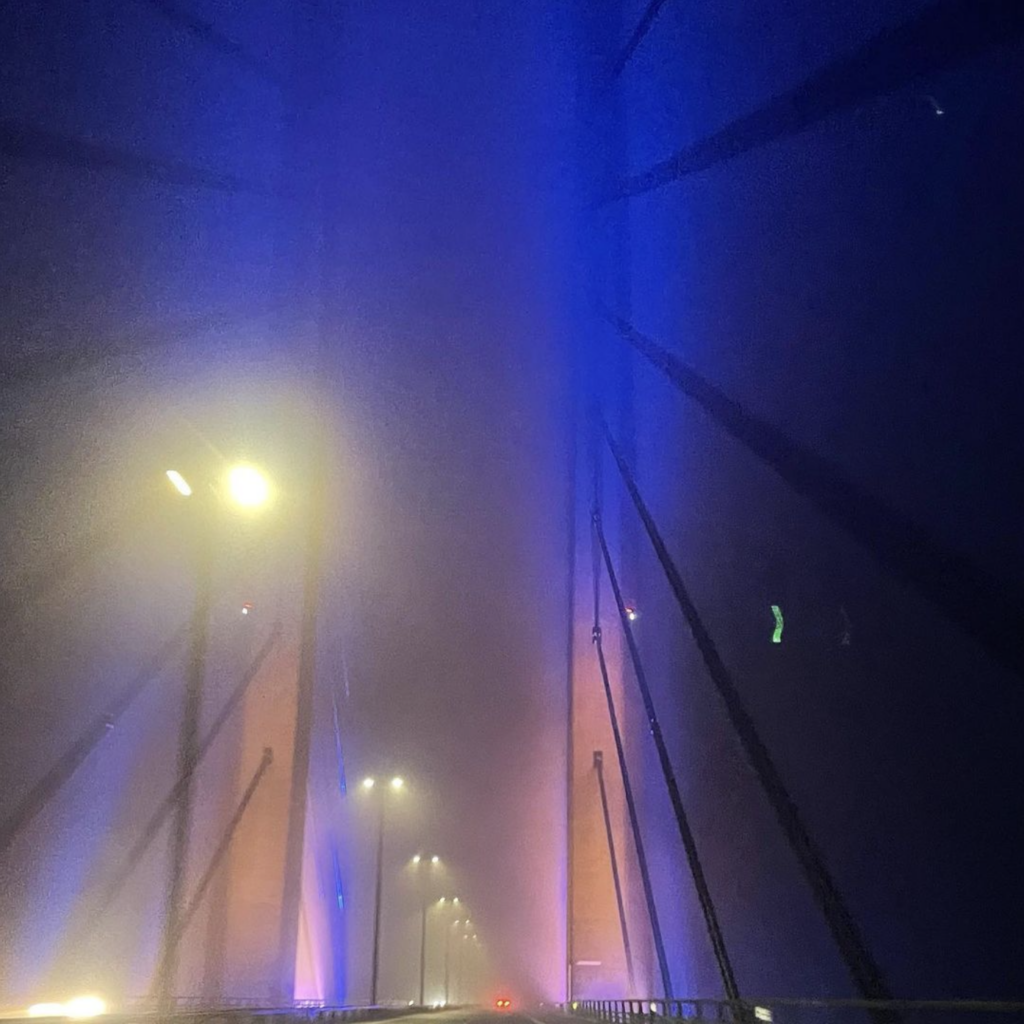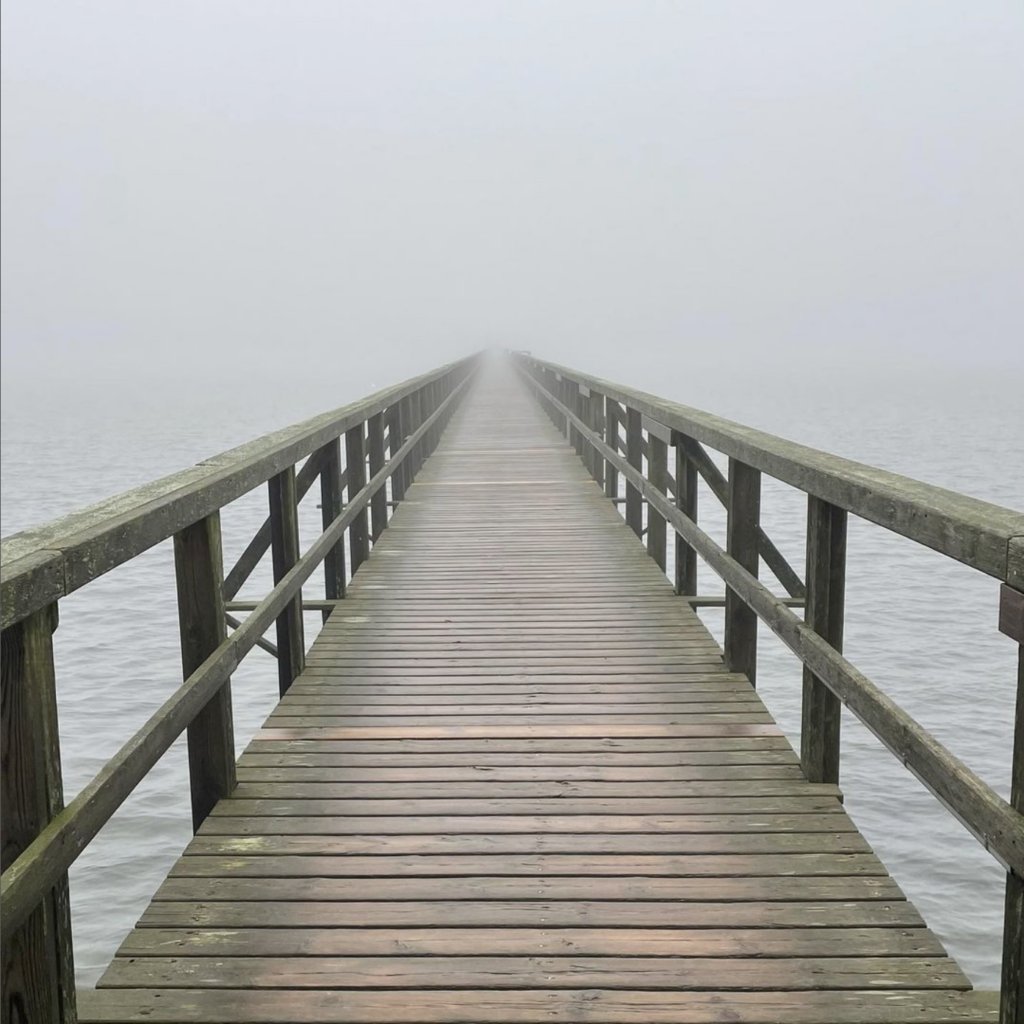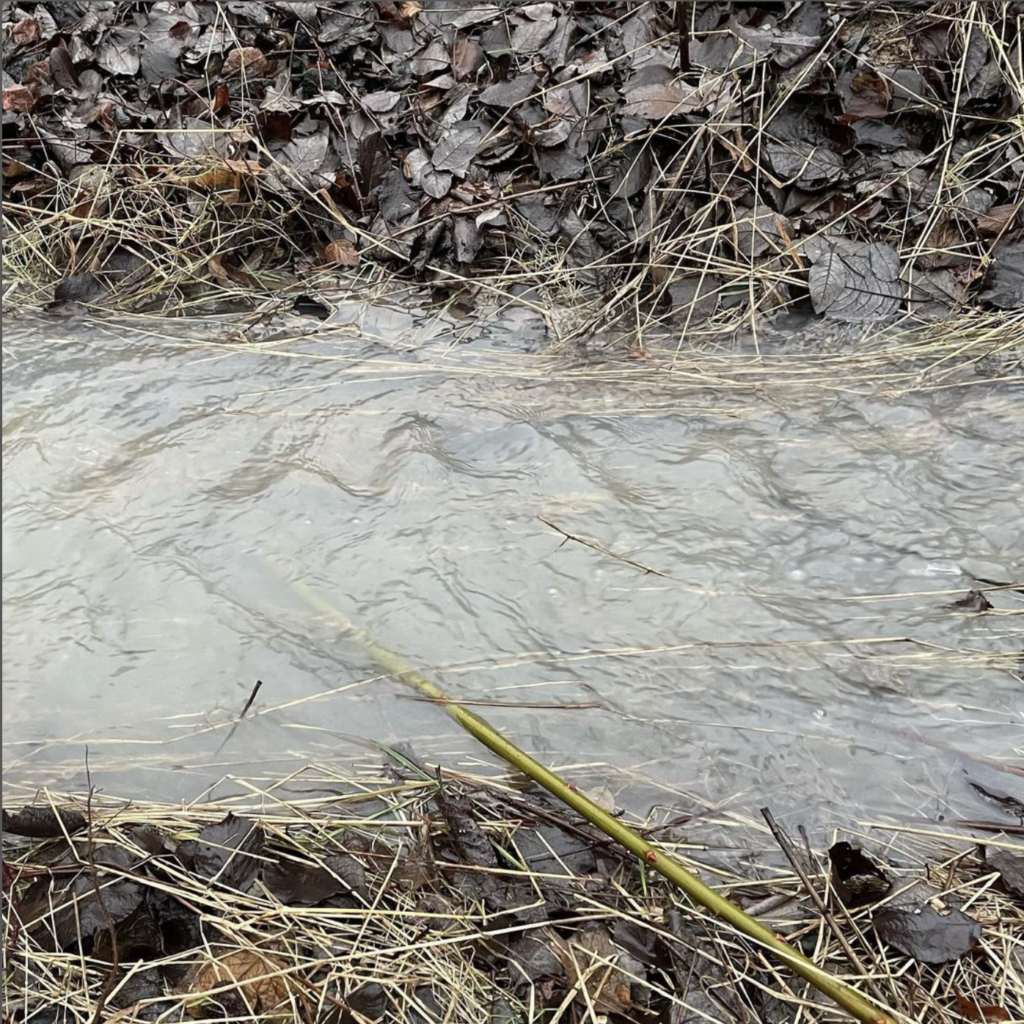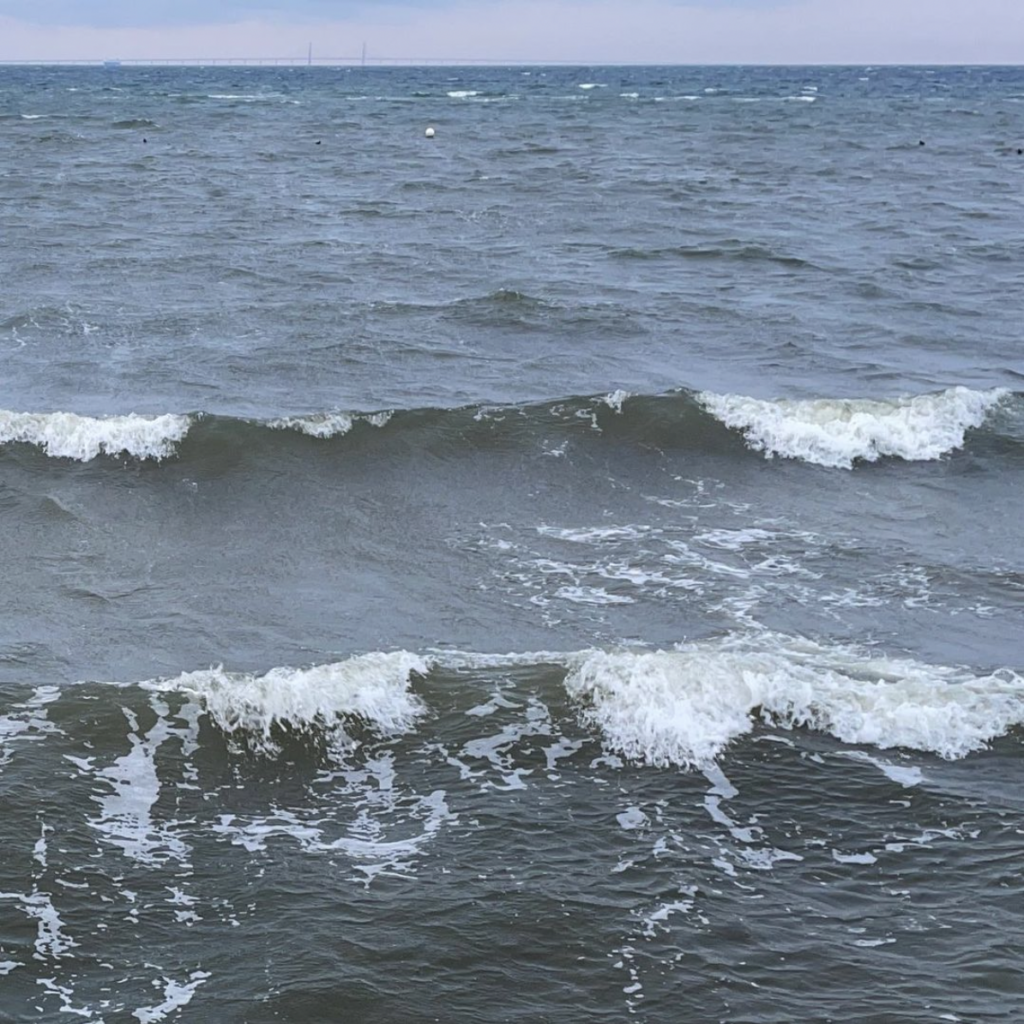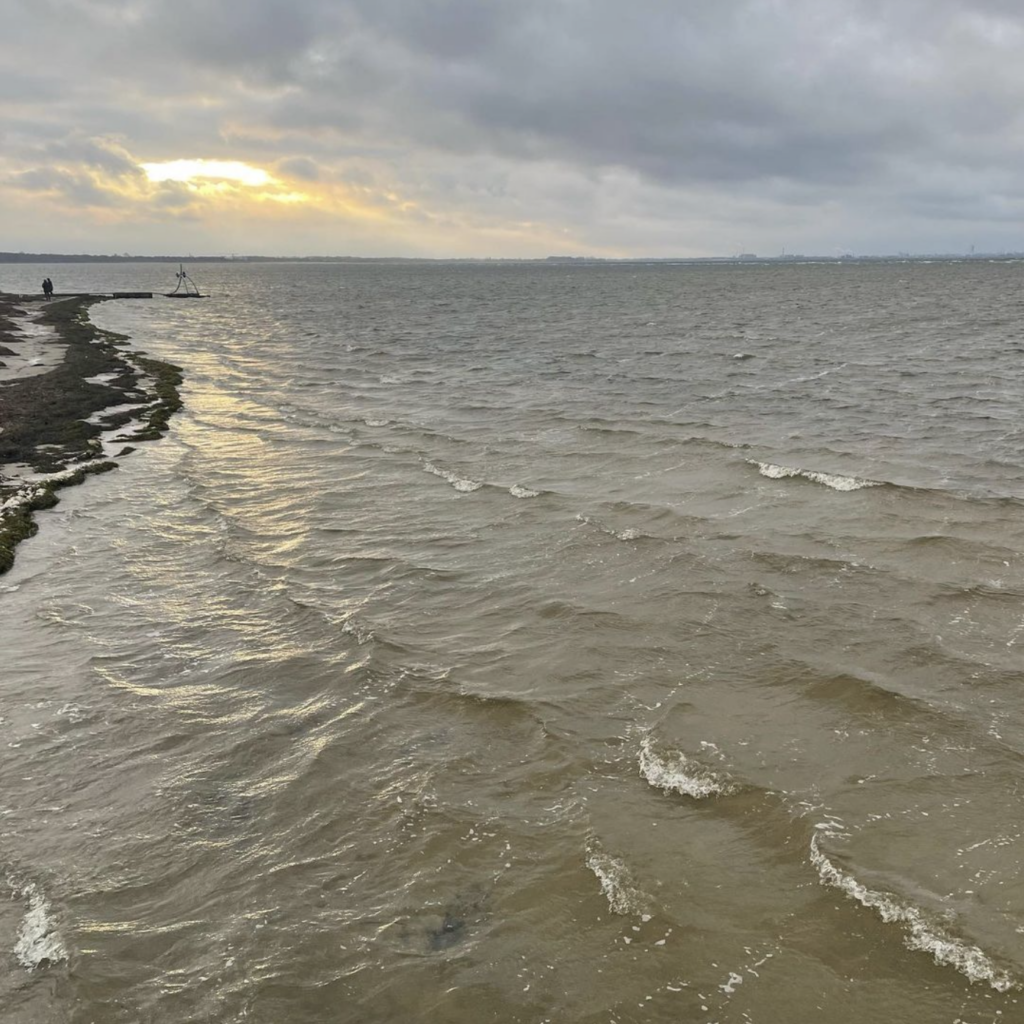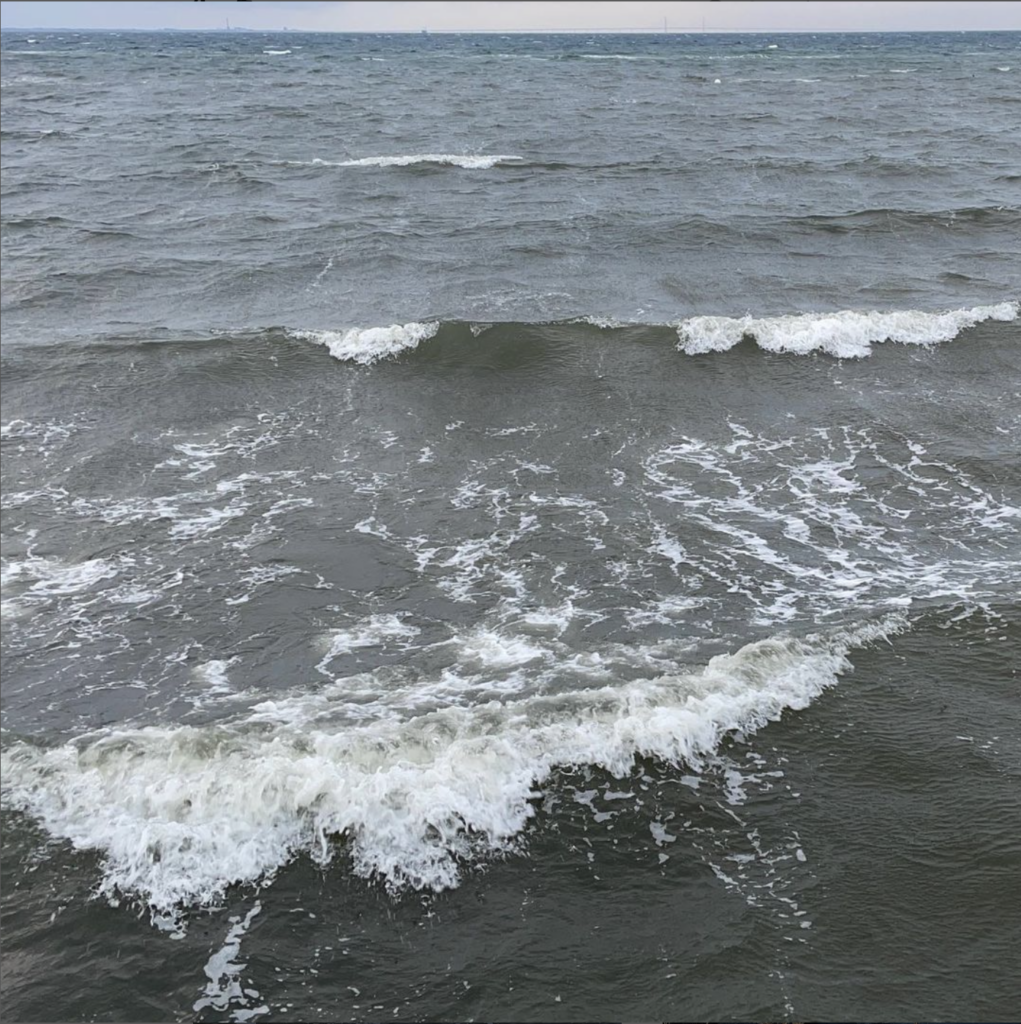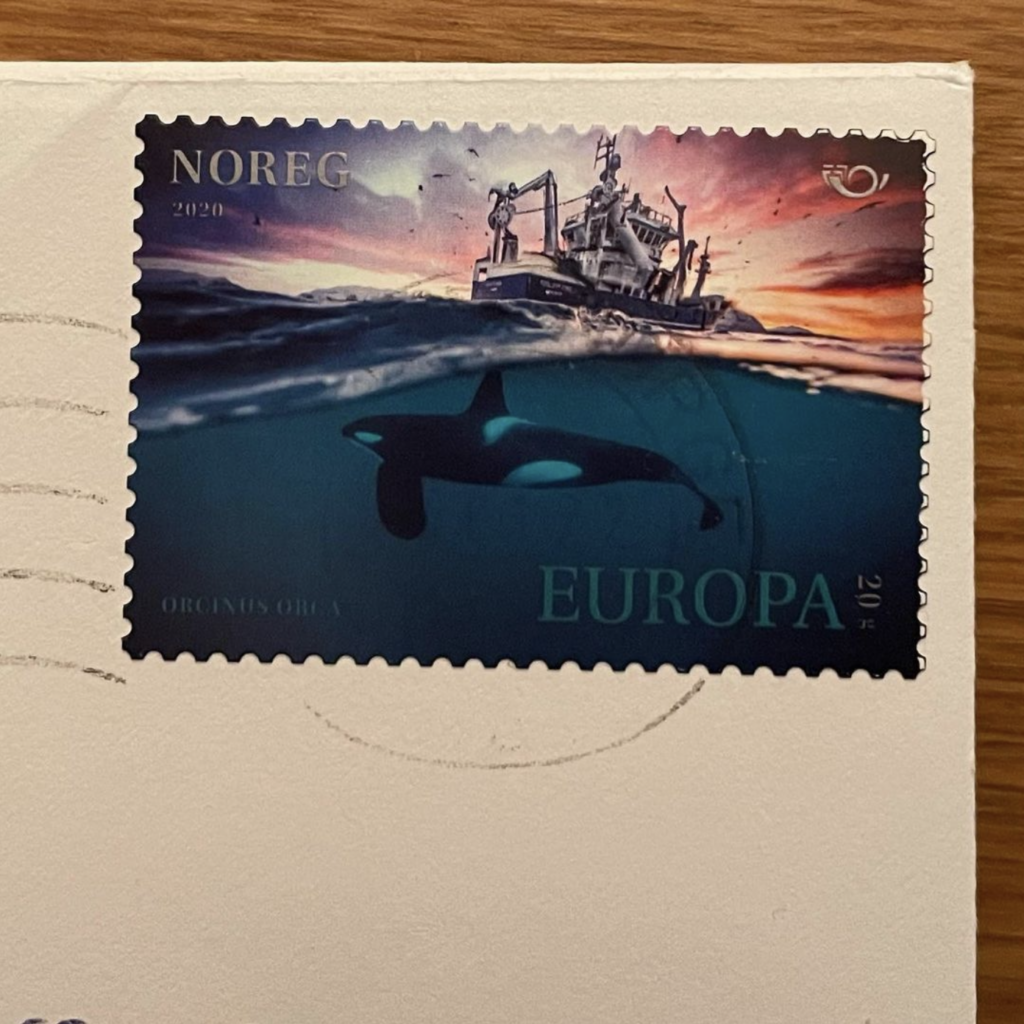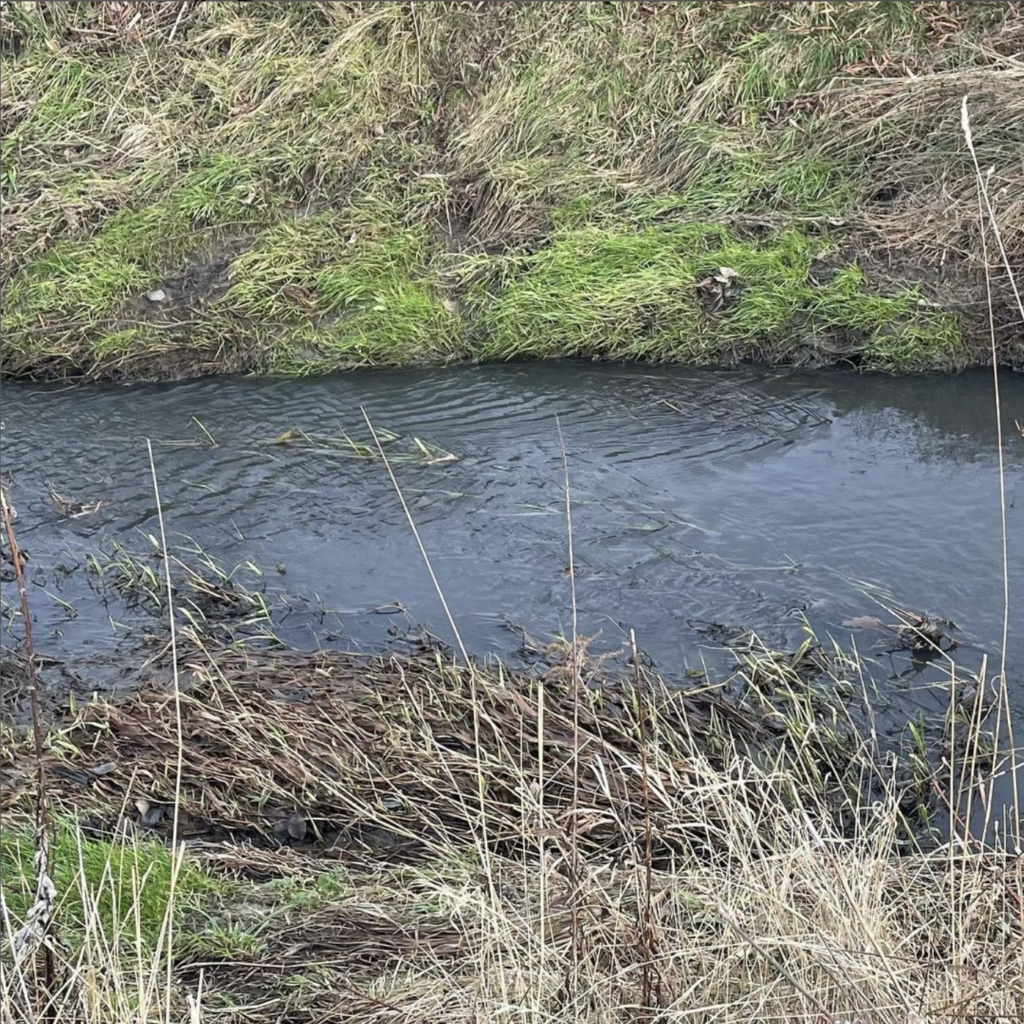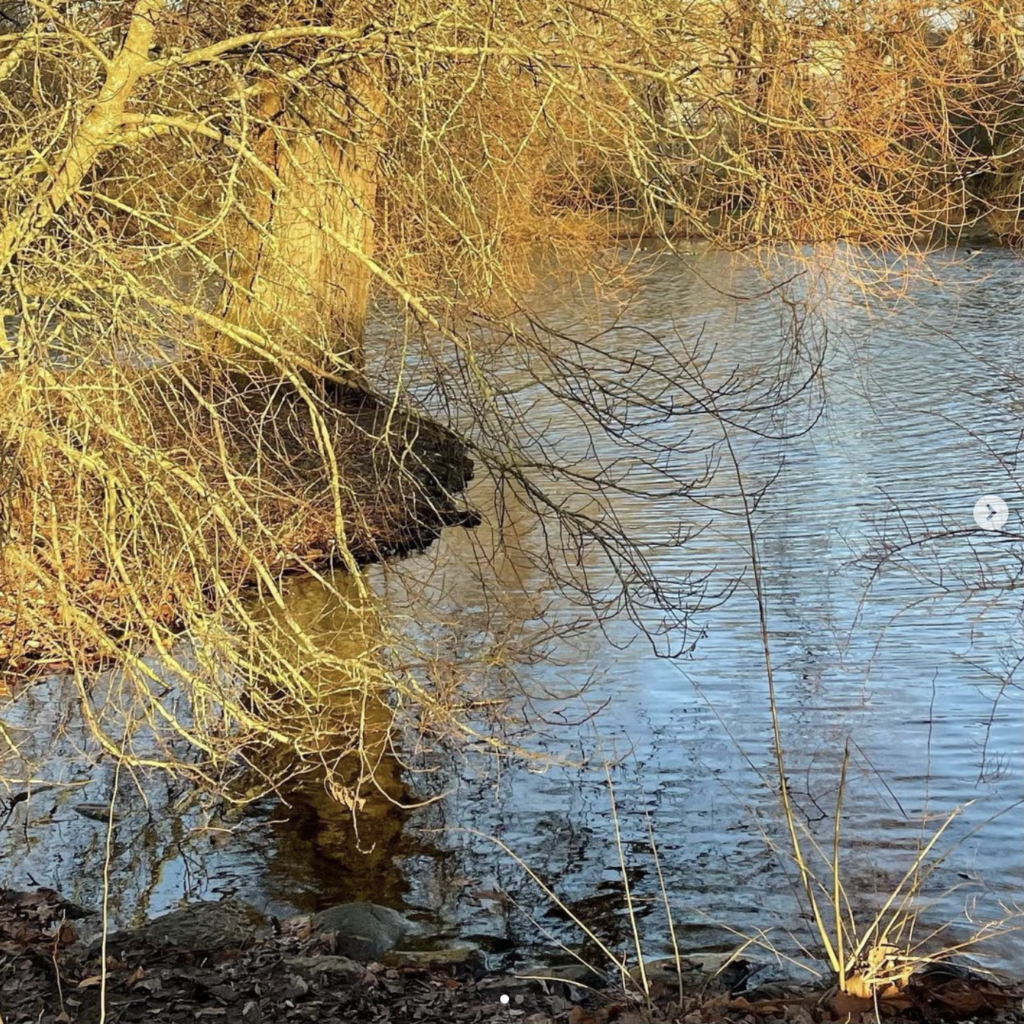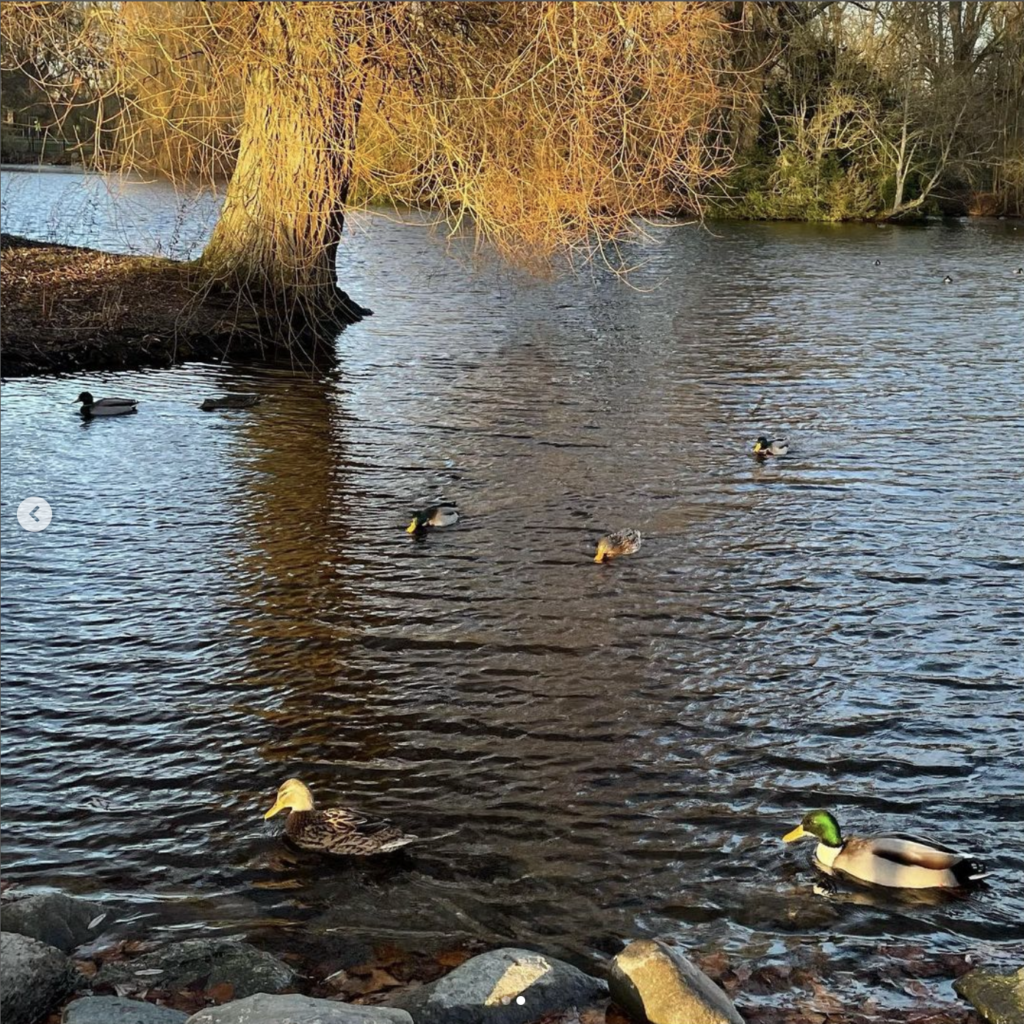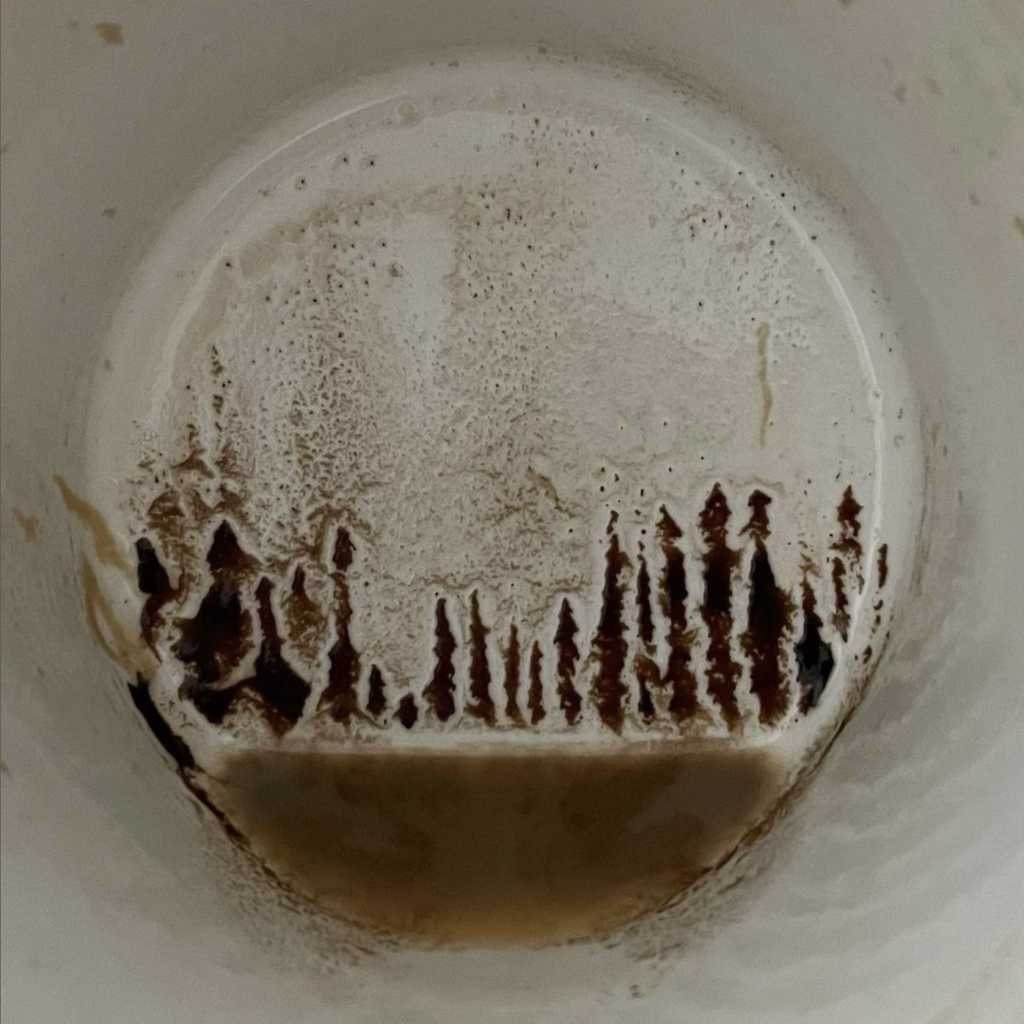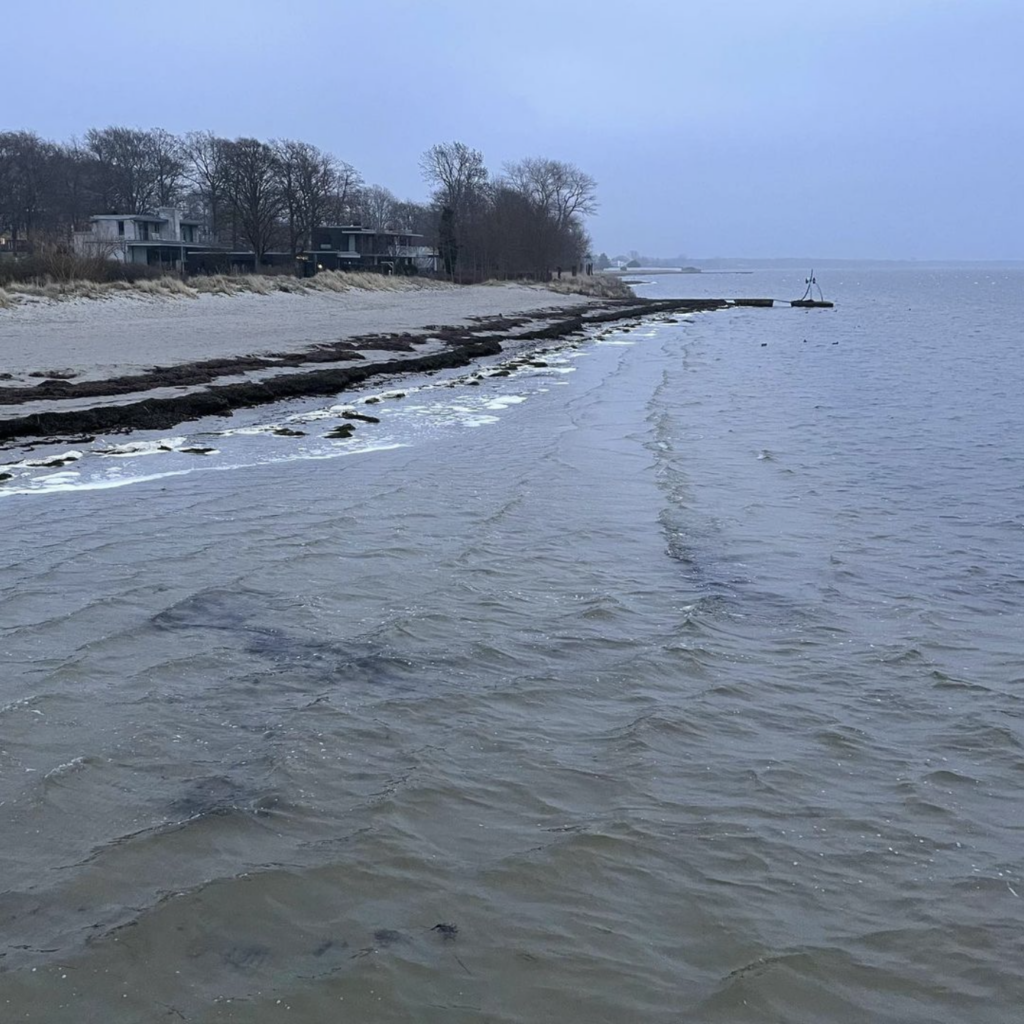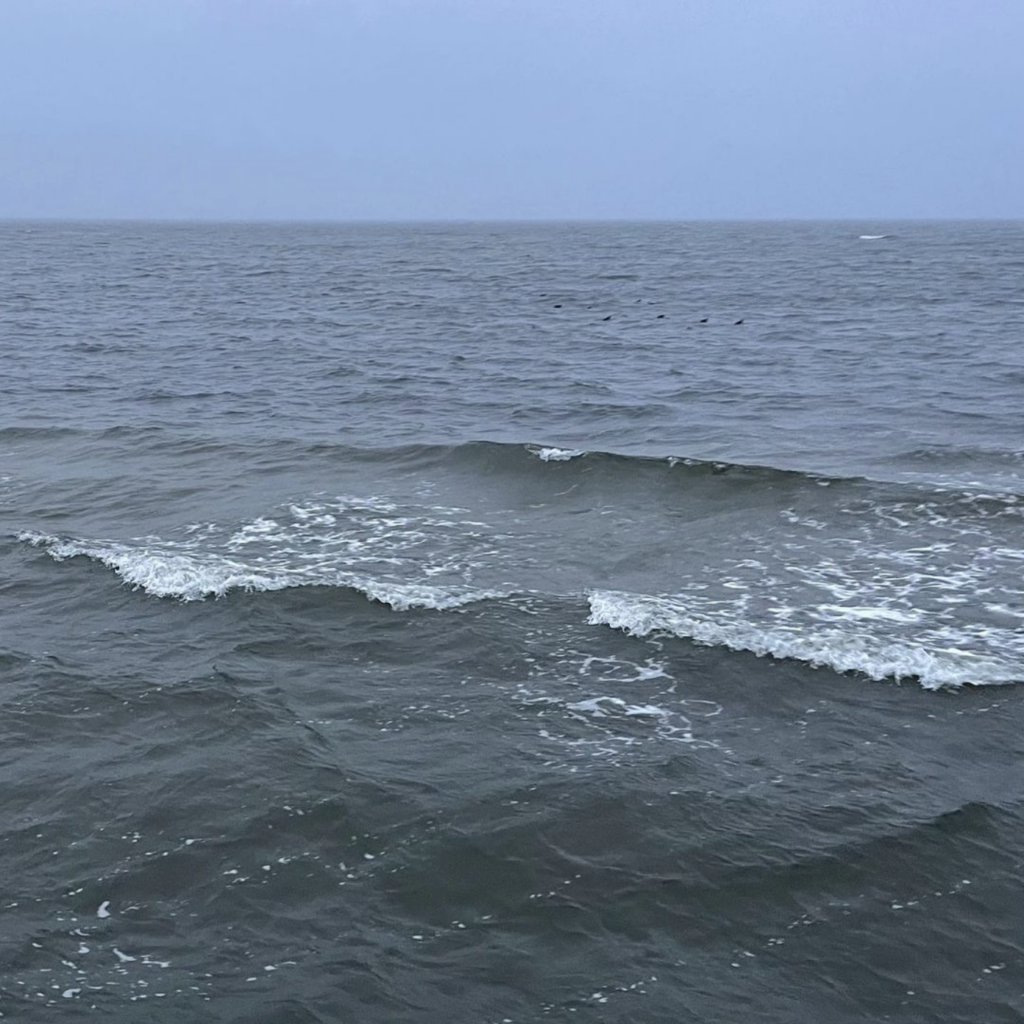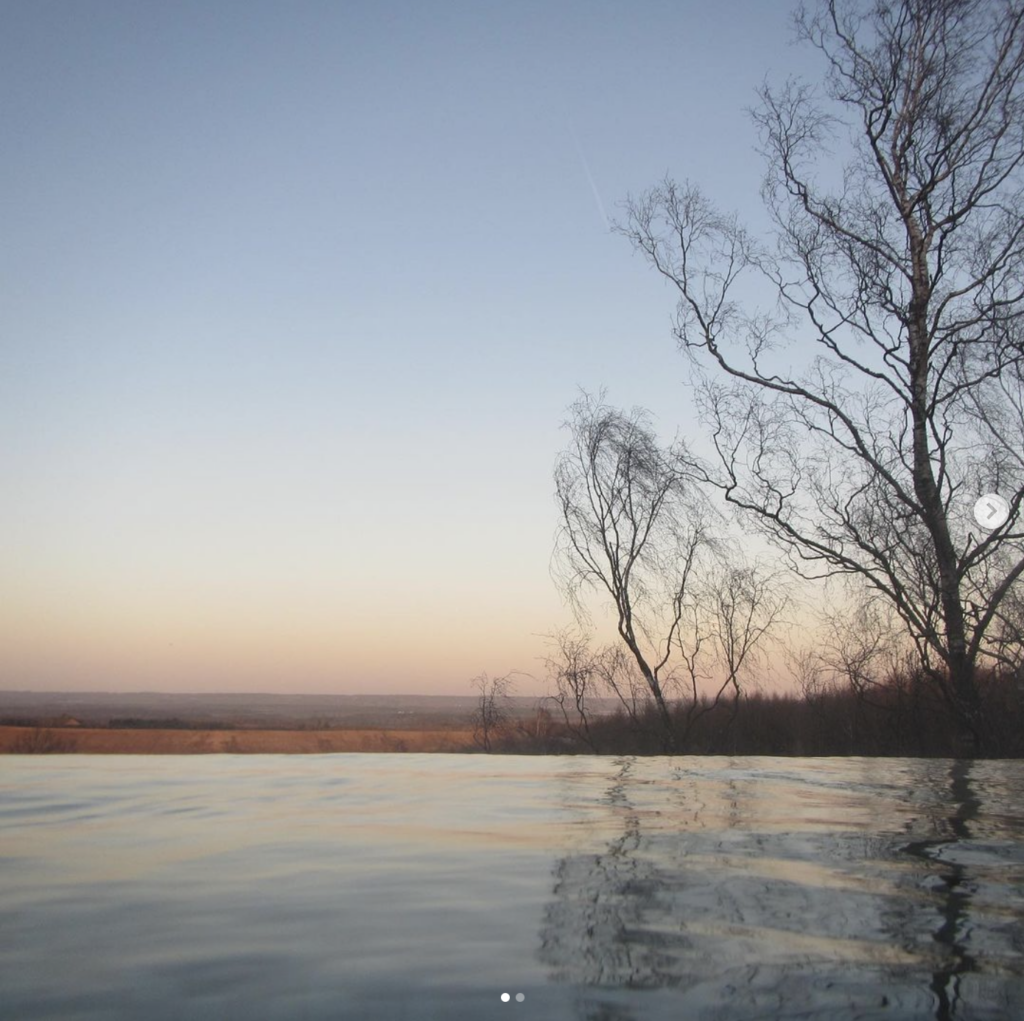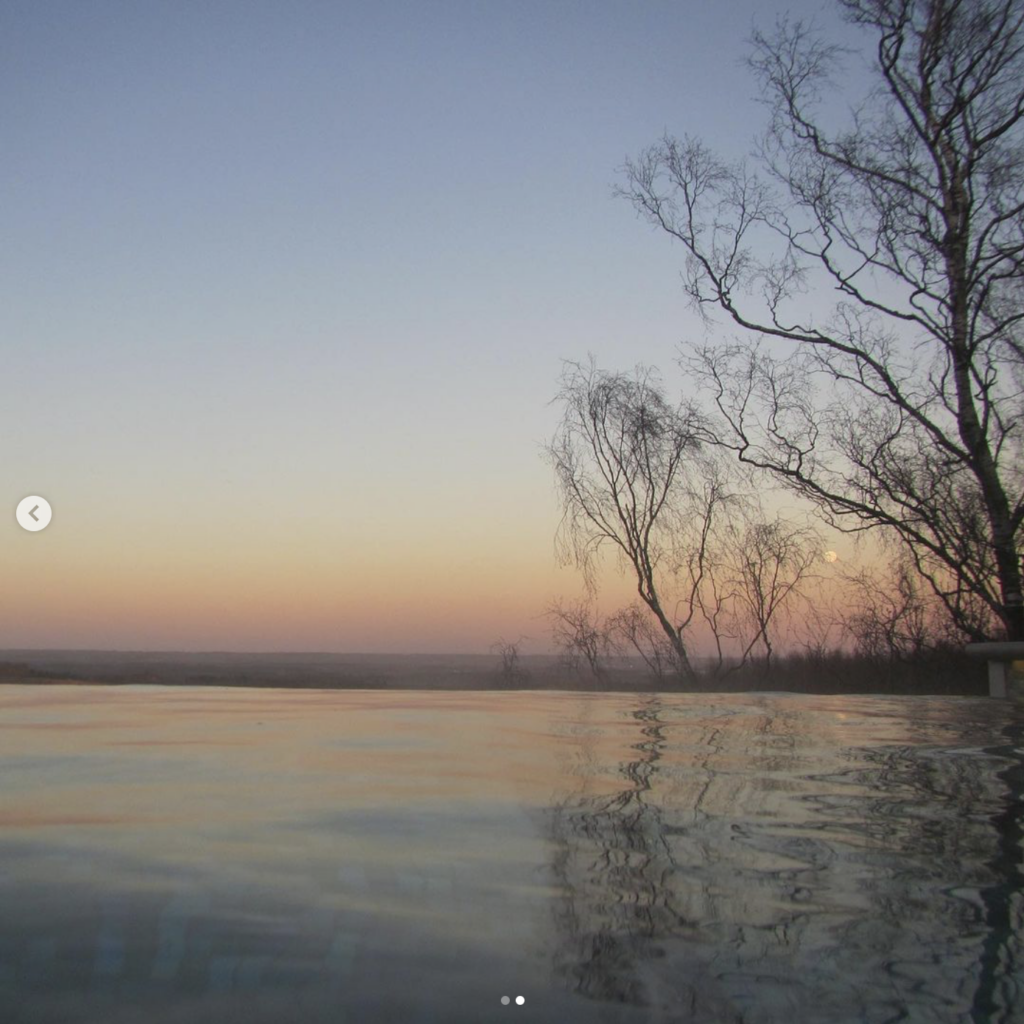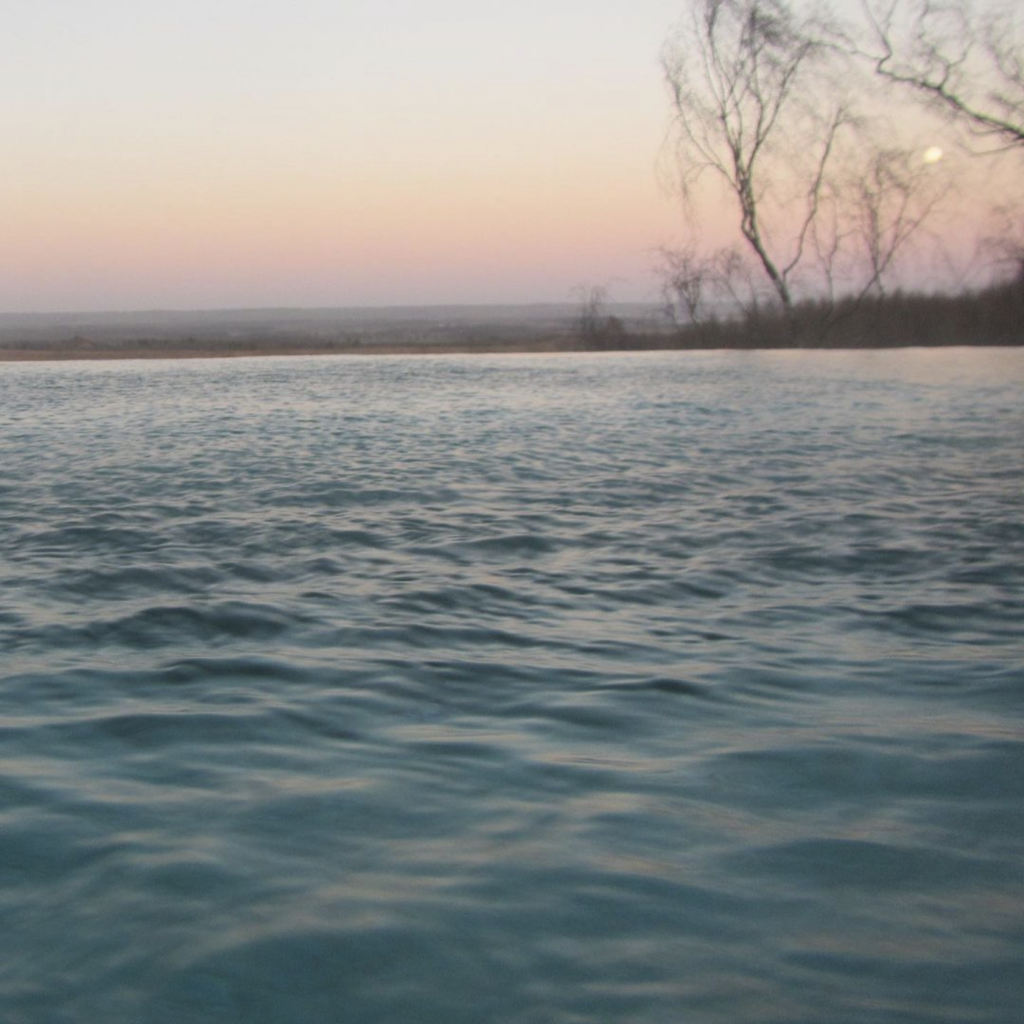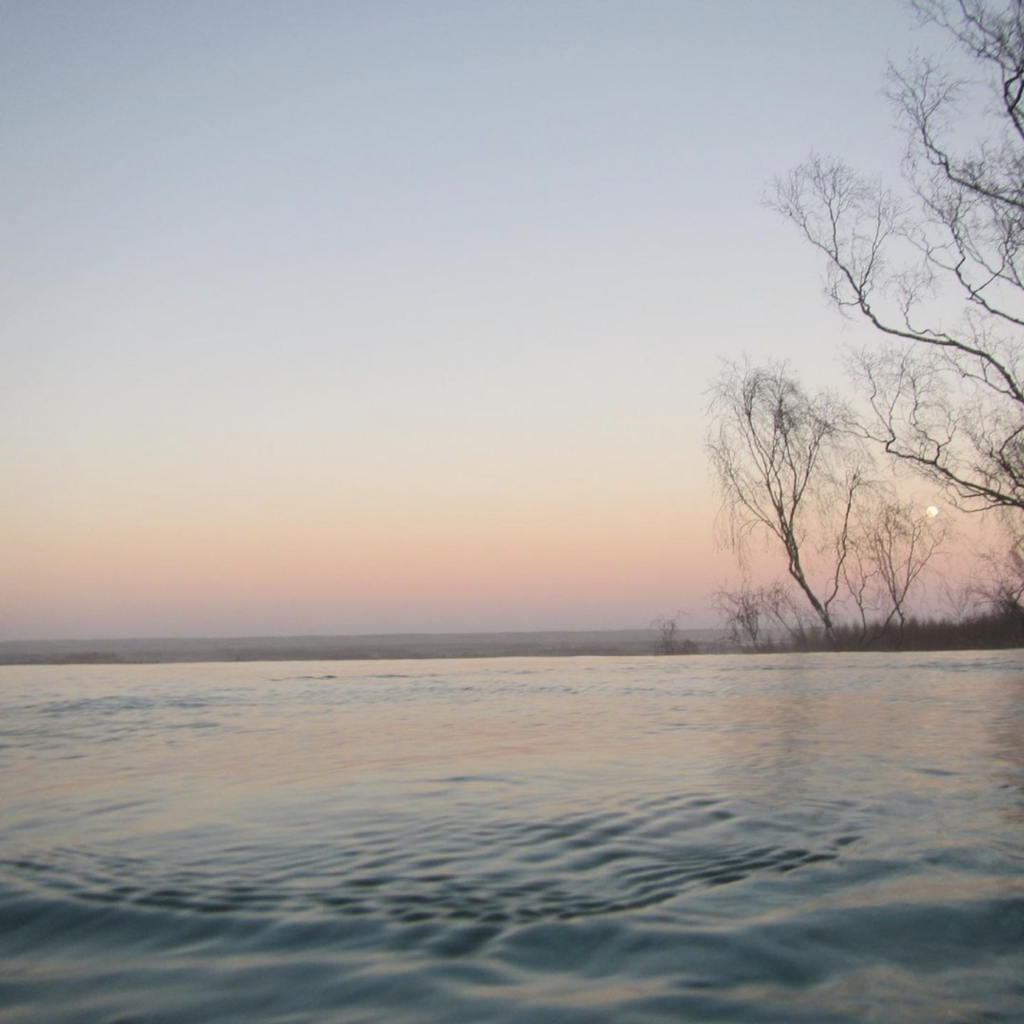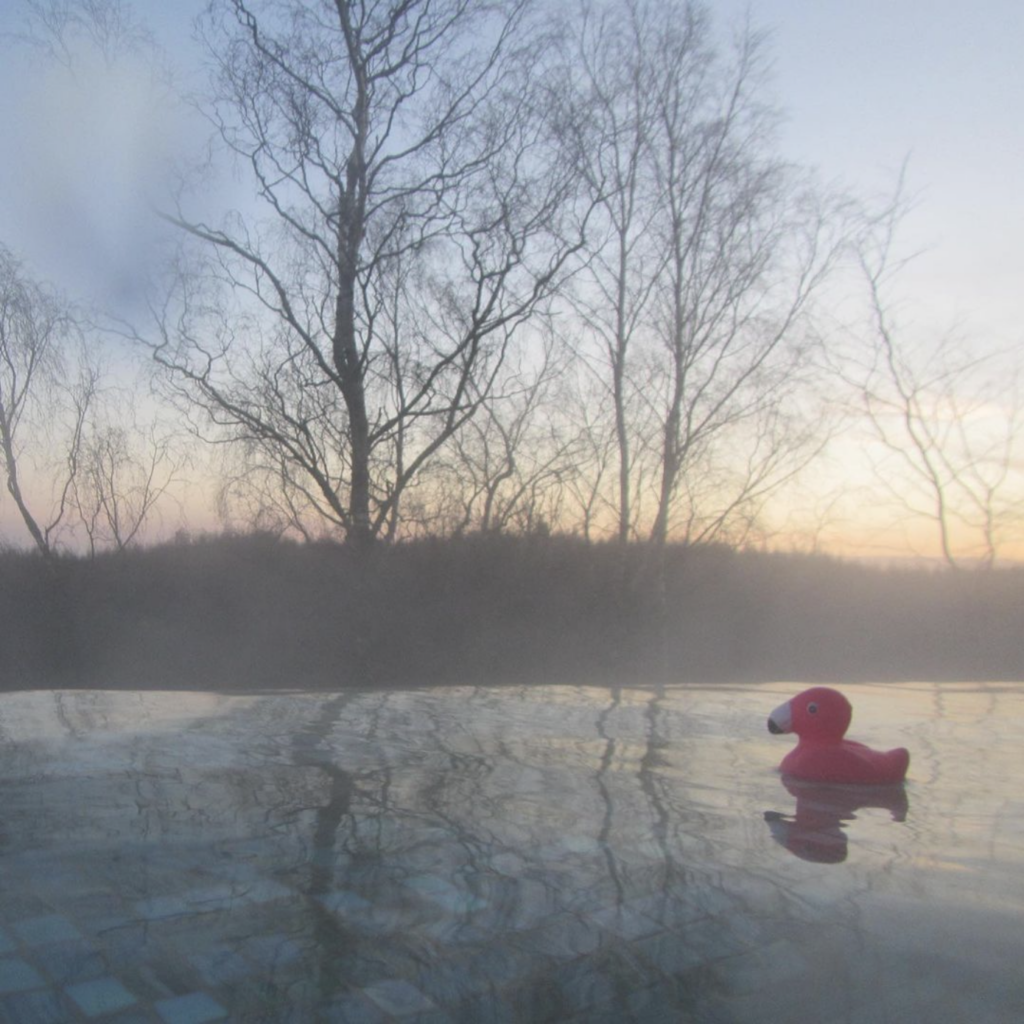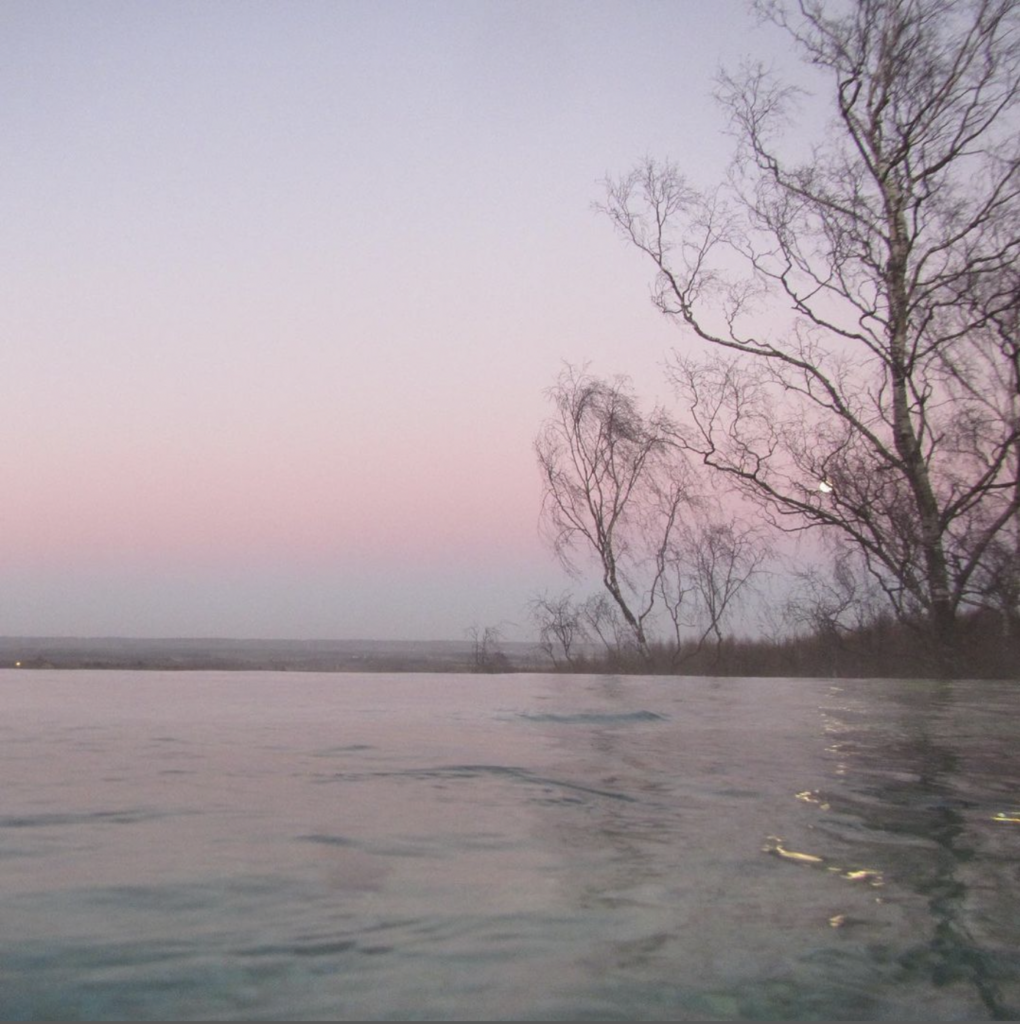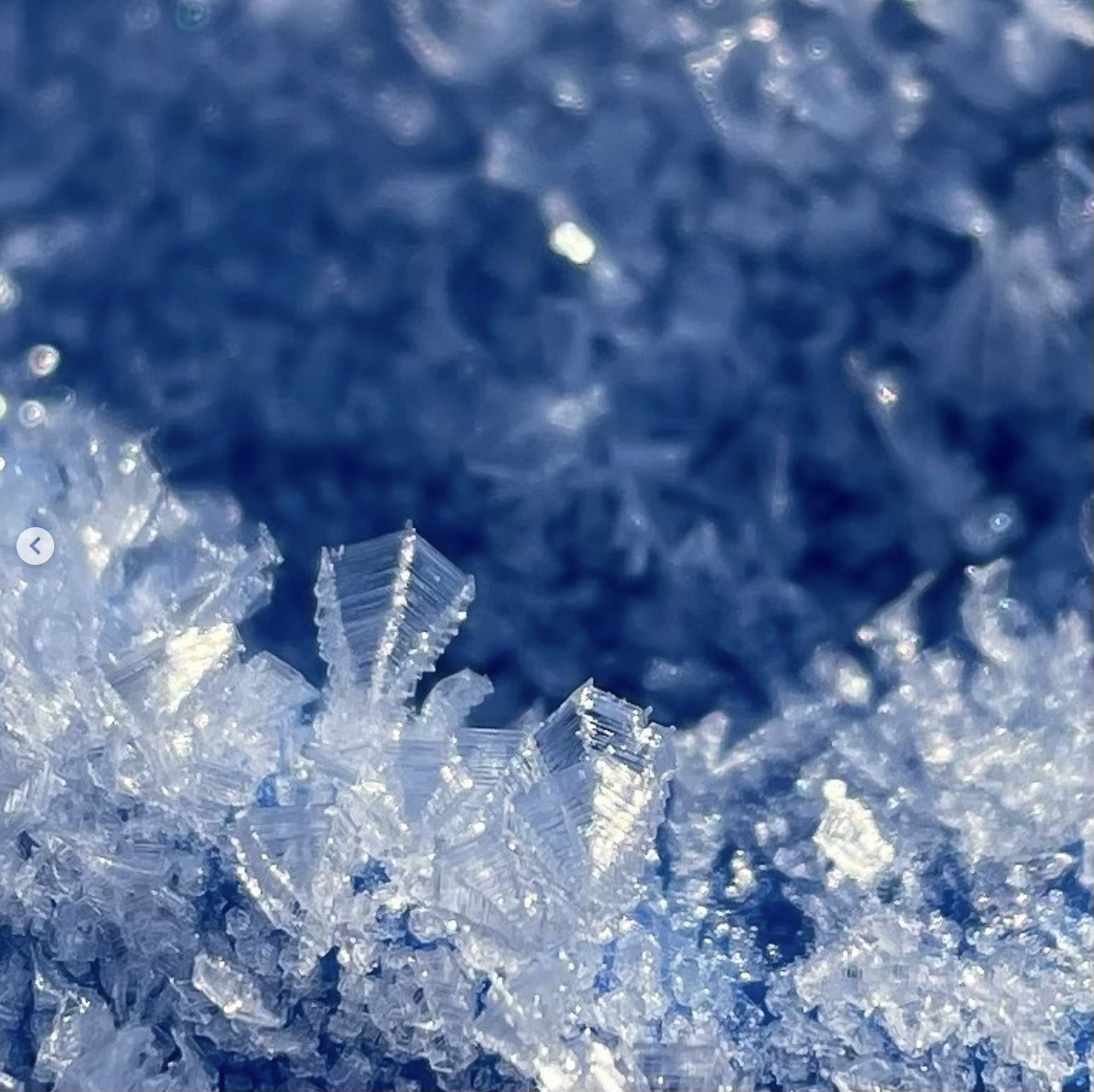
#WaveWatchingWednesday
Wow, catching up on wave watching pics from November until now…

Interestingly enough, Lotus effect in action only on the underside of a specific kind of leaves, all others are just wet!
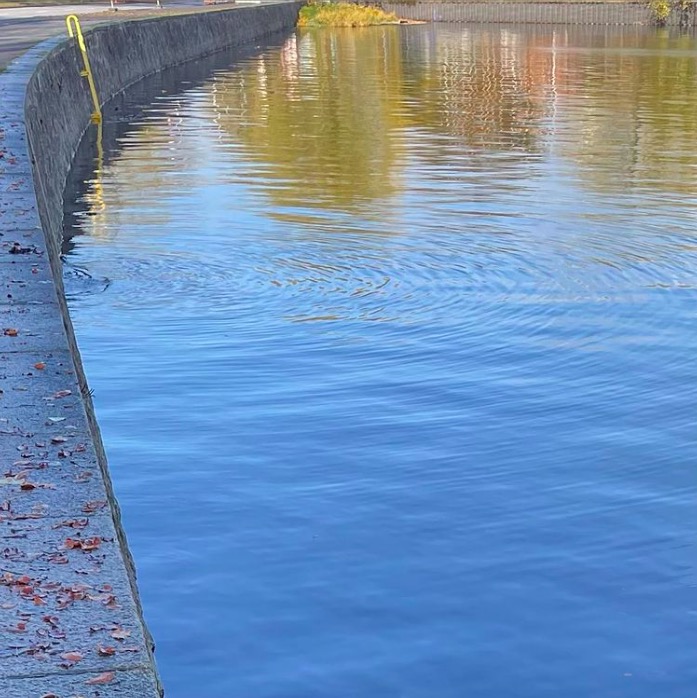
See the half circles of waves radiating from the seawall? That’s where a stone step is located just at the water surface: wave crests wash over it, but it breaks the surface in wave troughs. How cool :)
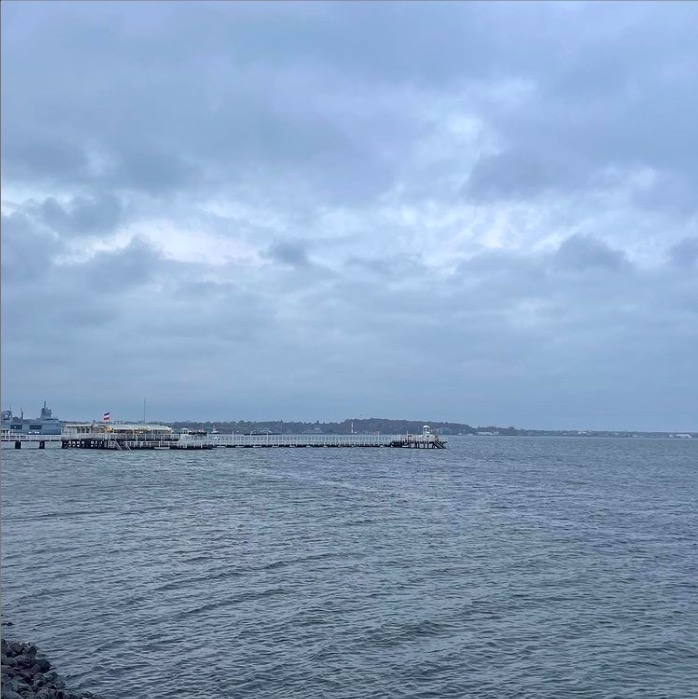
See that stripe going in parallel to the coast all the way to #seebardüsternbrook, in between all those waves? The stripe originates where wind is funneled around an edge a bit further upwind. Impressive how it persists over such a long distance, isn’t it?
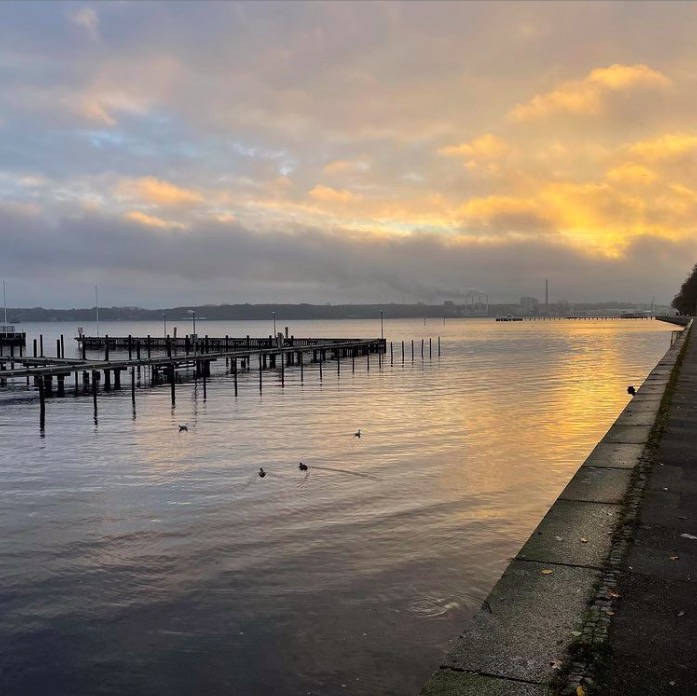
So many waves: most prominently the ones coming across the fjord, then the wakes of the ducks, and a stone right below the surface in the foreground…

Love this picture! The waves get bent around the stone, crashing into each other and splashing. This sends a lot of water flying (as you see from where all the drops landed in the sand), only some of the imprints get wiped away by other waves, leaving a stretch of smooth, seemingly undisturbed sand between the dynamic water and the preserved evidence of it a little further up the beach. I’m sure there is a metaphor somewhere in this!
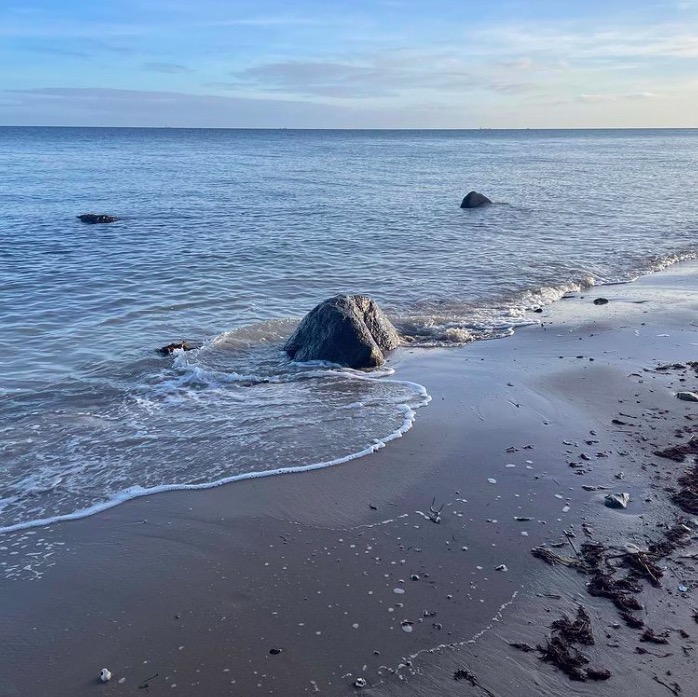
As the waves wrap around the little rock the size of a small rock, it reflects the wave back out into the sea. Always love watching this! Also note the beach on the land-side of the rock: sheltered by the rock, there is clearly less erosion (or more sand being deposited?)
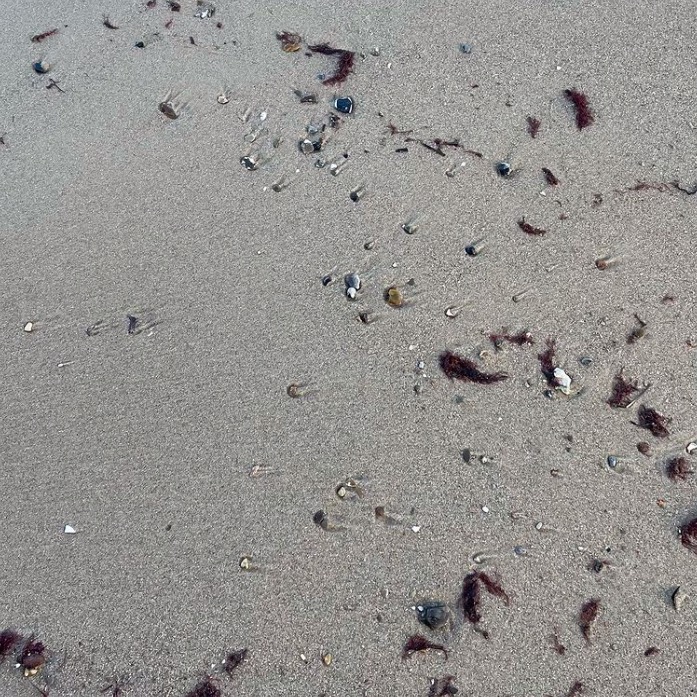
Cool how the erosion on the down-slope side of the pebbles shows us the subtle topograpgy of the beach!
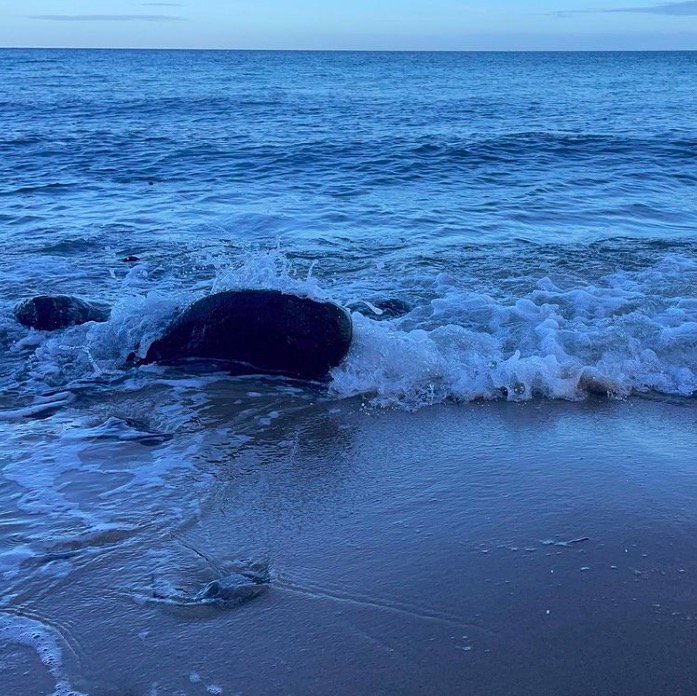
Love how there is so much happening in this picture in terms of different flow regimes at different water depths and flow speeds!
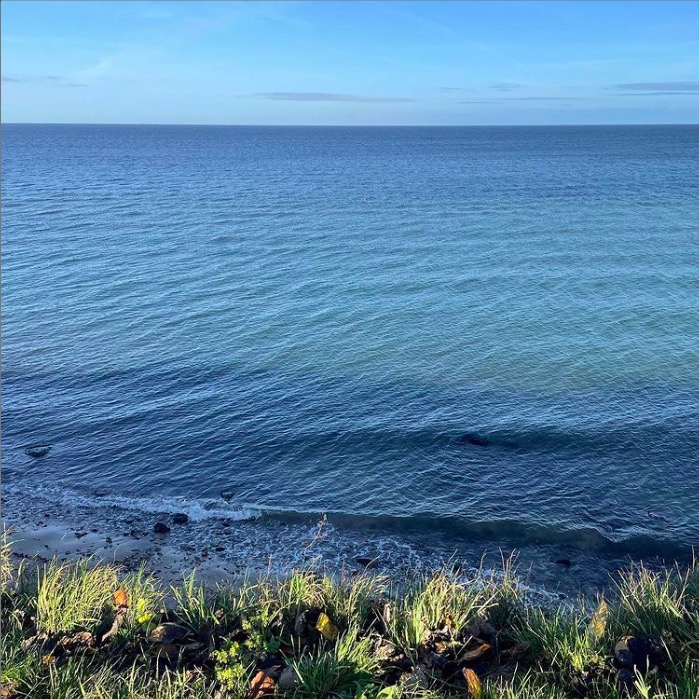
Wave crests pretty much parallel to the coast as incoming swell from somewhere far away, then more or less locally generated wind waves with crests perpendicular to the coast, and then that rock from which ring waves radiate as the other waves are interacting with it. I love #wavewatching!
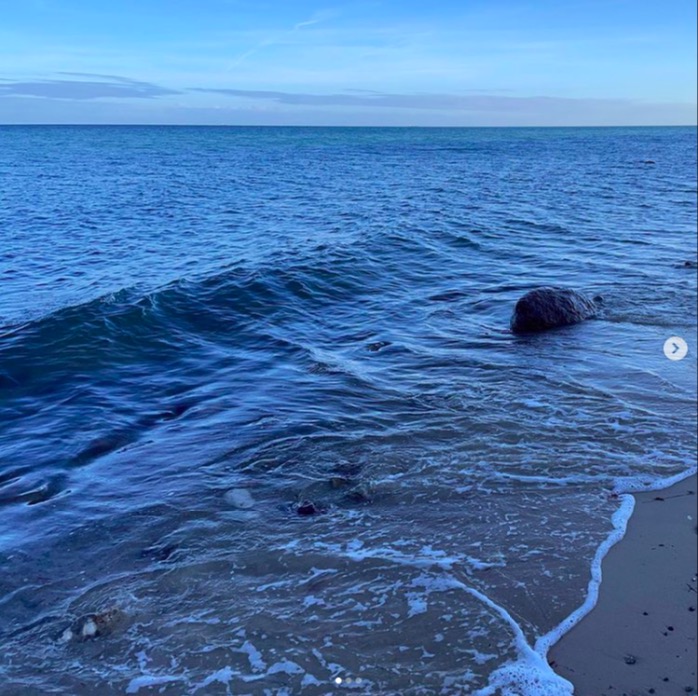
Ha, the reflection of the previous wave is rushing out into the sea as a ring wave, to meet the next incoming wave… So fascinating!
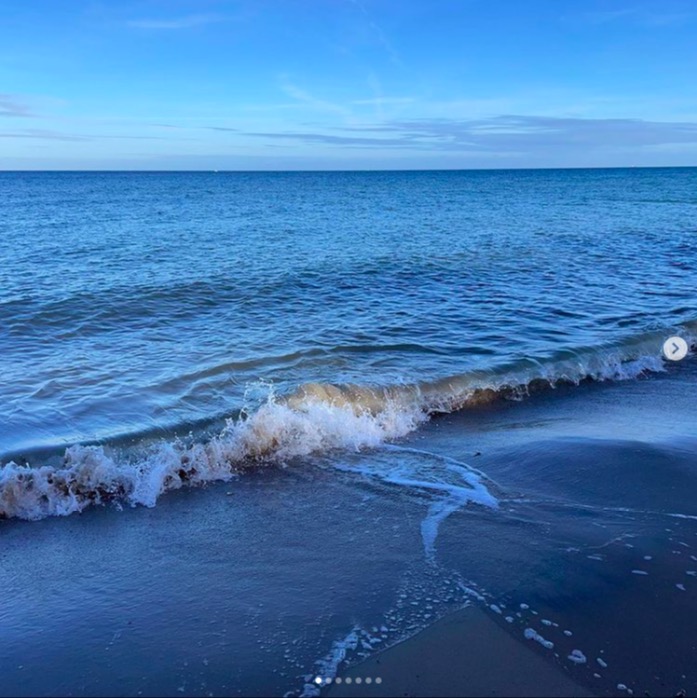
A (tiny) rip current developing here: you see how the backflow of the previous waves pulls back & steepens the incoming wave crest, and here the water is only a couple of cm deep! Imagine this with larger waves…
Also: how cool is it that there is a spotlight on exactly the right area? Lucky combination of a dip in the cliffs and the sun being in the right position
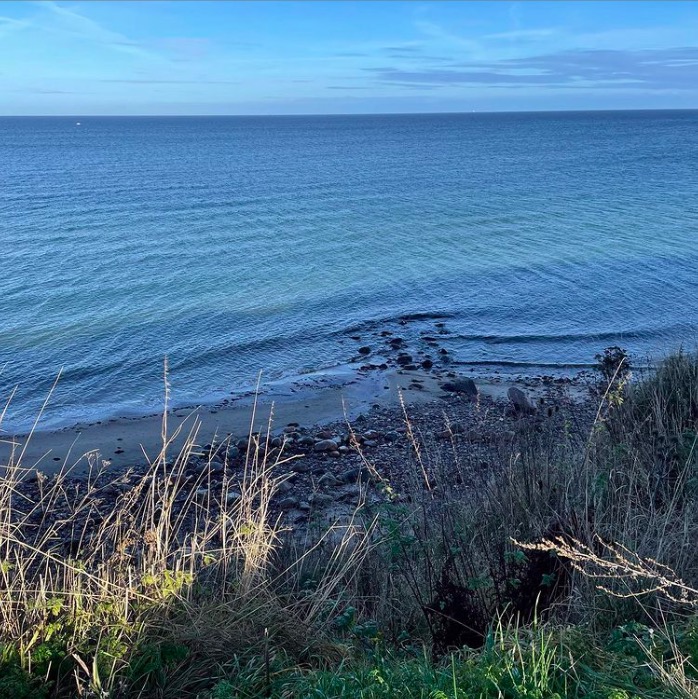
And here a nice example on wave speed depending on water depth: Check out the shape of the wave crests to the right of those rocks. Since the deeper the water, the faster the wave, the crests get bent towards shallower water
Deep discussions on the playground today. Why is the table in the middle of the merry-go-round turning, but if you put something (like for example a glove) right on the edge, it doesn’t fly off?
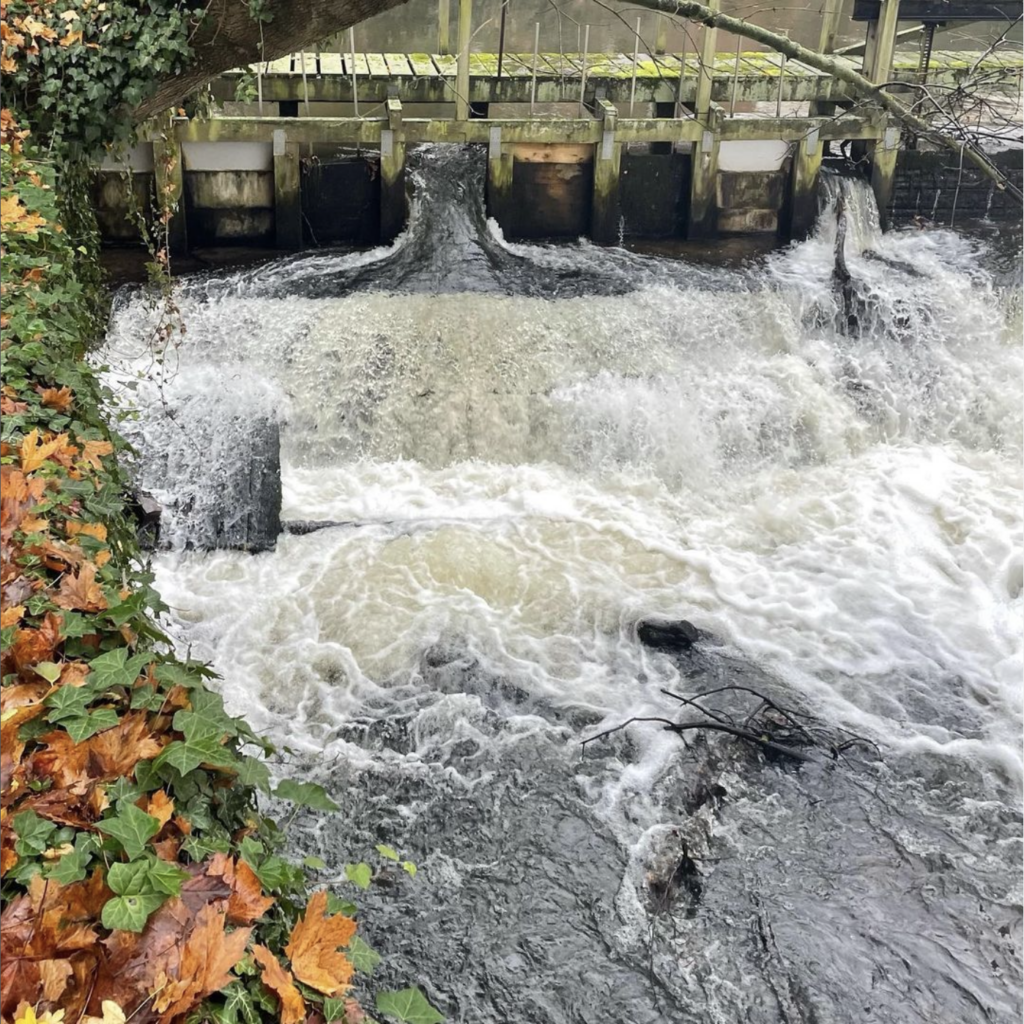
And a nice waterfall. Isn’t that fanning out just georgeous? Plust autumn colors. Everything about this picture makes me happy :)
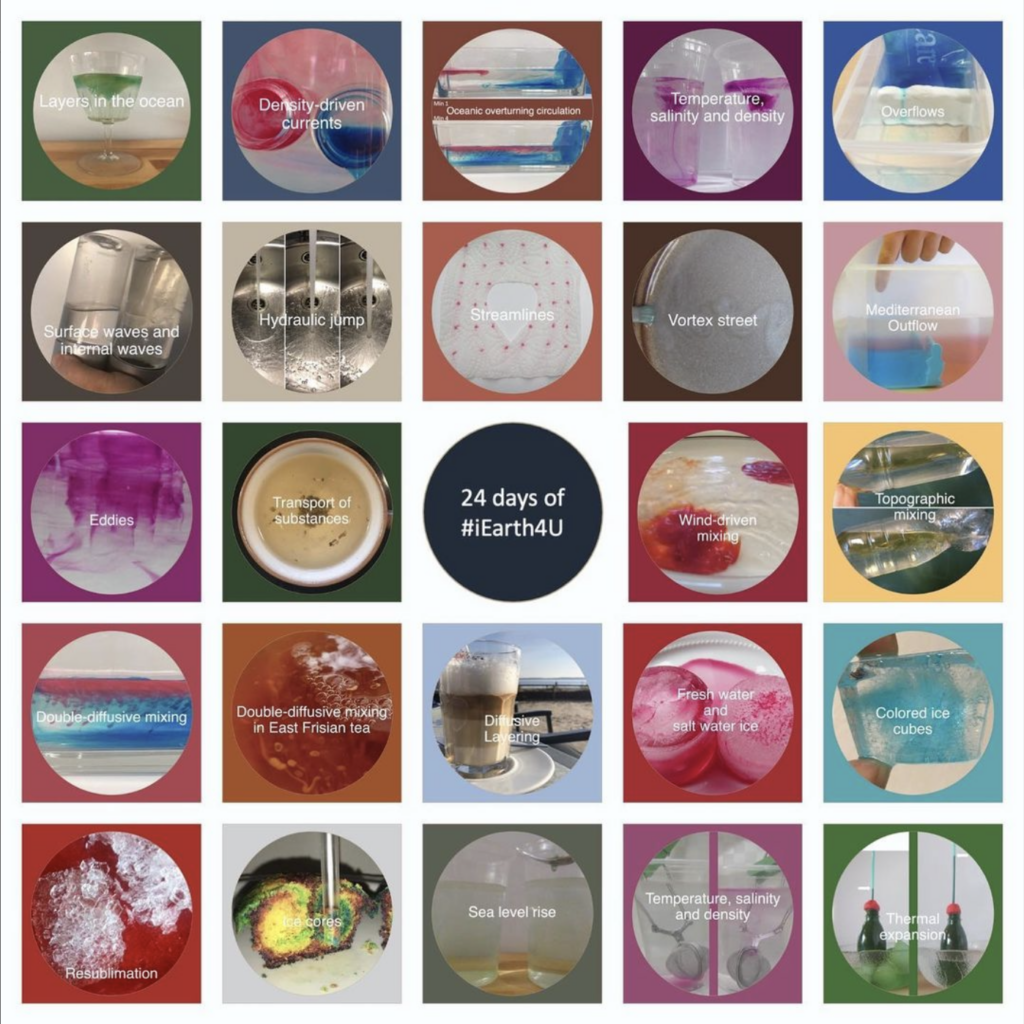
This year, my #KitchenOceanography Advent calendar will be posted over at @iearth.no. Check it out for #handsonexperiments on #ocean and #climate topics!
Love playing with fluids, even when they are non-newtonian and don’t make waves! Oobleck from my @geolino_magazin advent calendar today!
Prism glasses in my advent calendar today!
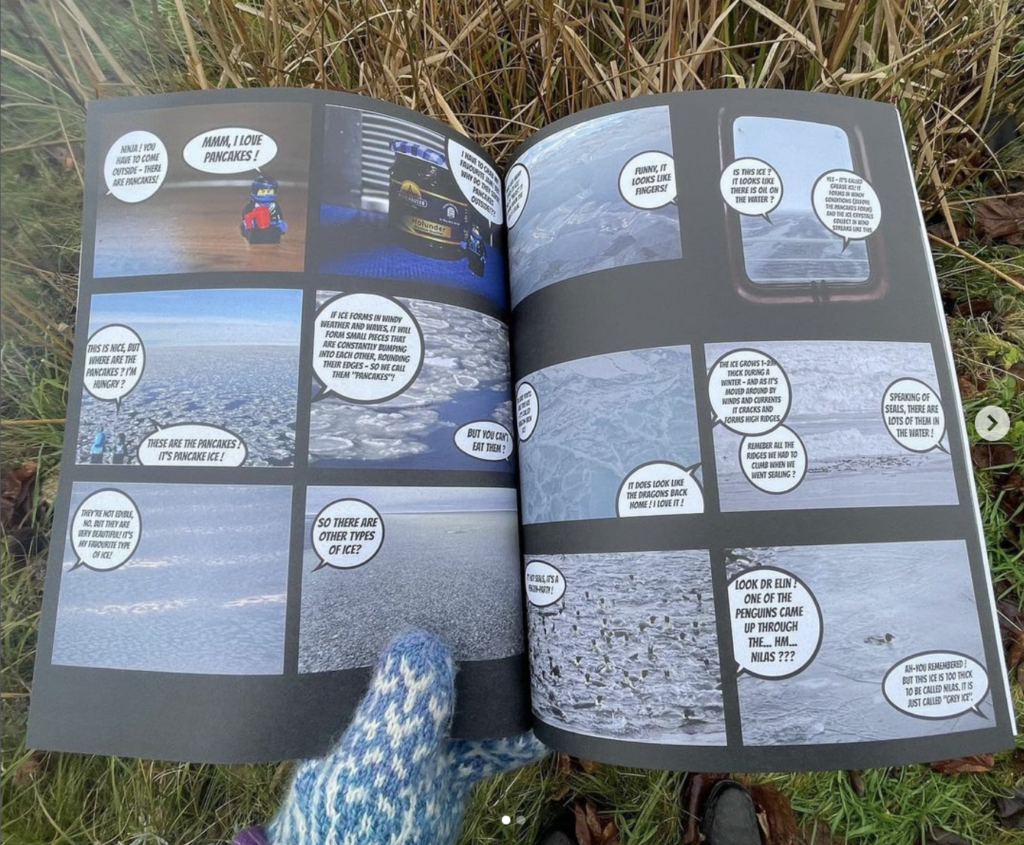
As I’m waiting for snow, I’m doing the next best thing: reading Elin Darelius’s new book “Ninja goes South” on adventures on a recent Polarstern cruise to Antarctica. The Lego Ninja shows us everything: starting with daily life in a quarantine hotel in Bremerhaven, the flight down south, life onboard a research ship, exciting science, encounters with seals and penguins, and lots of beautiful pictures of snow and ice. Check it out!
Great cooperation by my nieces to show that the water level stays the same on both ends of the U-tube
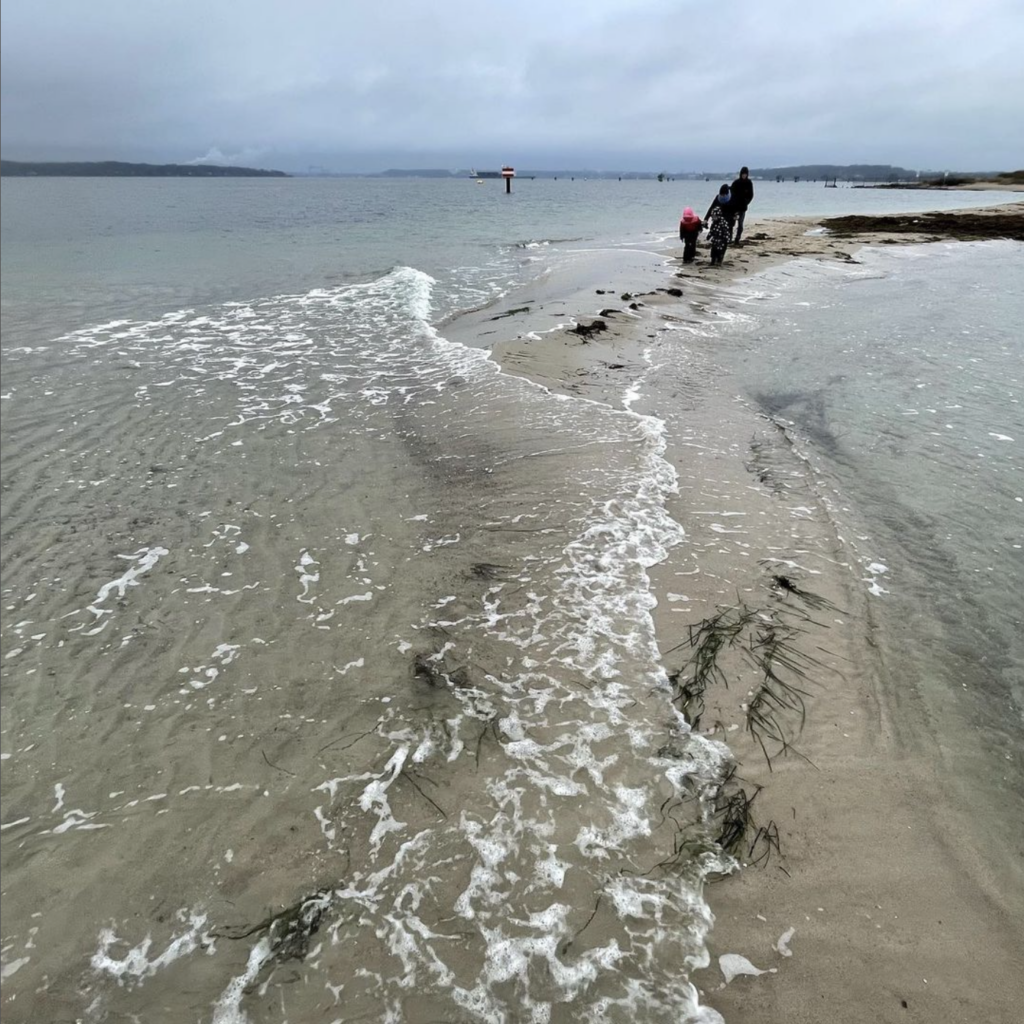
Mmmmh. When I walked along the headland to get to the lighthouse island, I did so without getting wet. Only when I wanted to get back to the others did the impressive waves come… I guess calling it the lighthouse *island* could have given me a clue
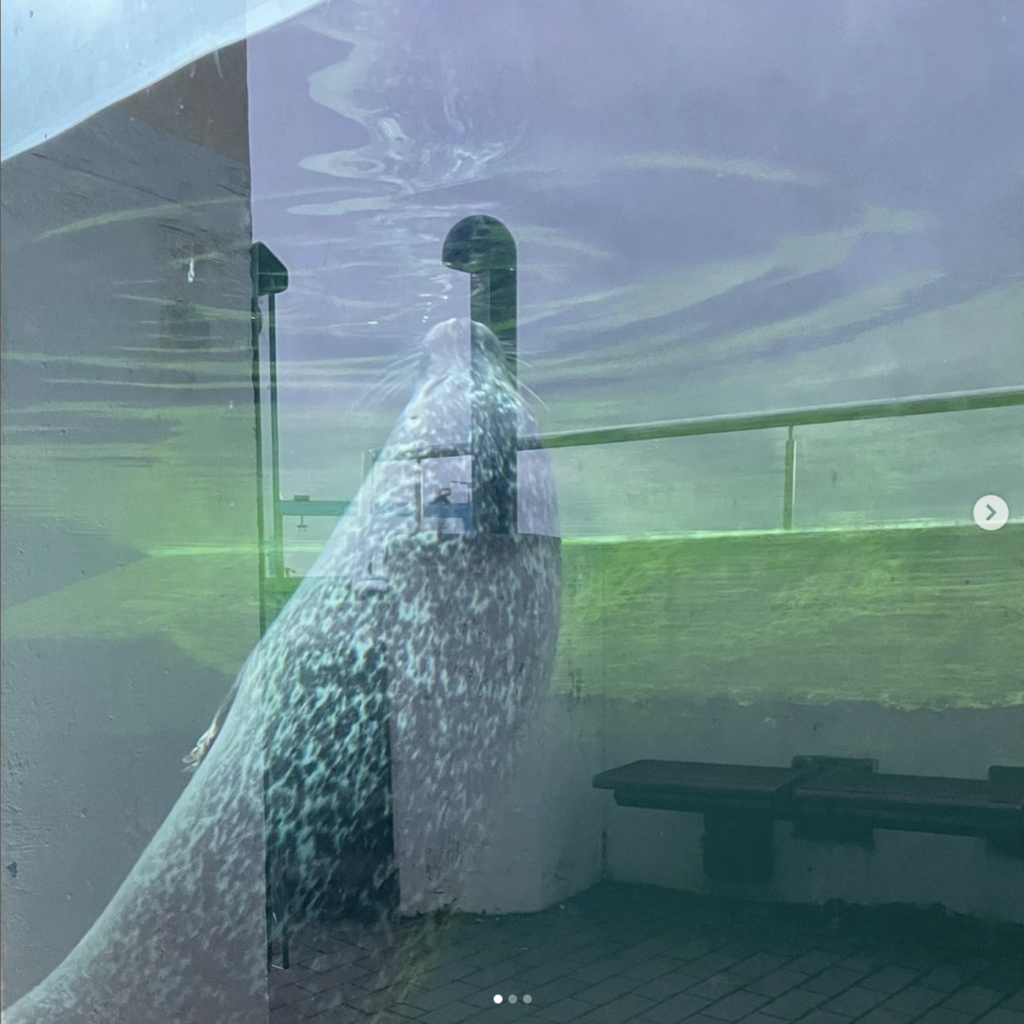
And this, kids, is what double exposure in analogue photography would look like, if your film got stuck. How cool is the reflection of the big shipyard cranes?
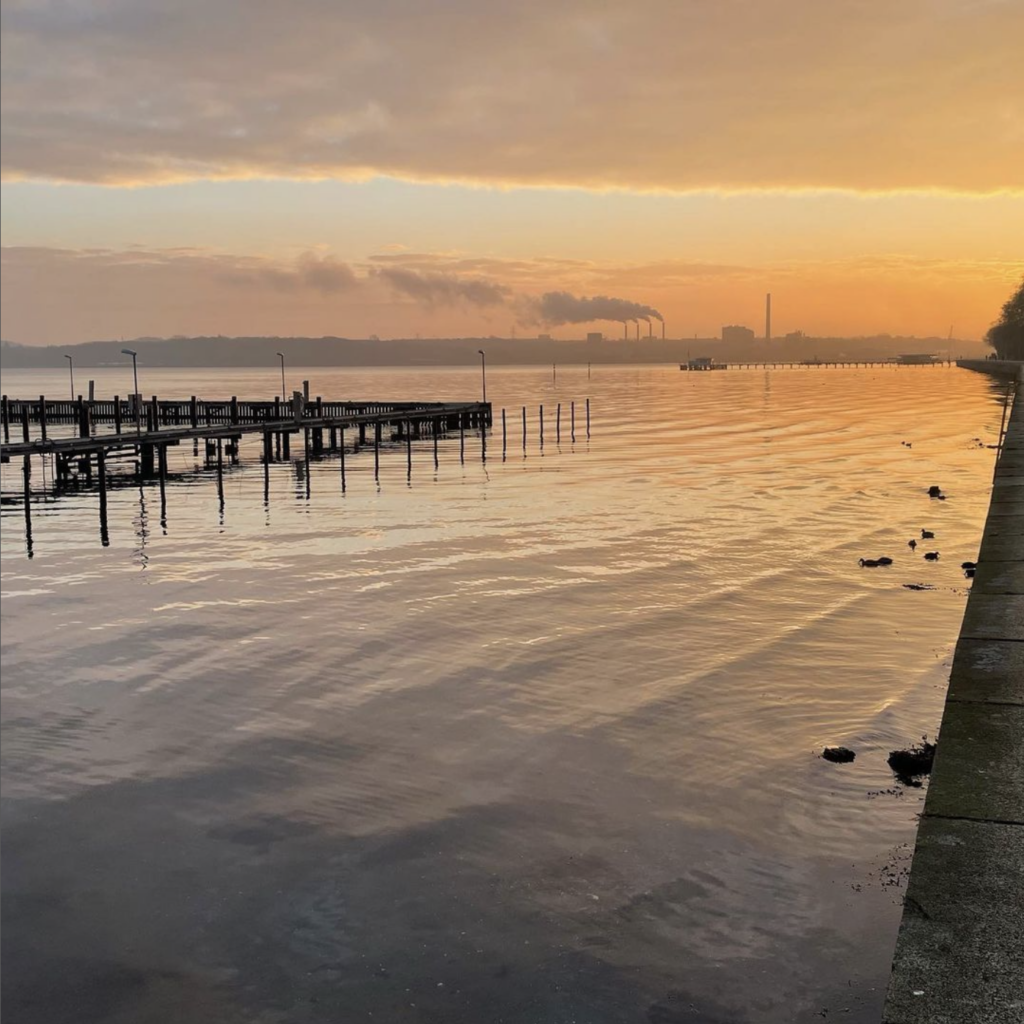
Interesting sky this morning, but nothing compared to these reflected waves and the awesome checkerboard pattern they make!
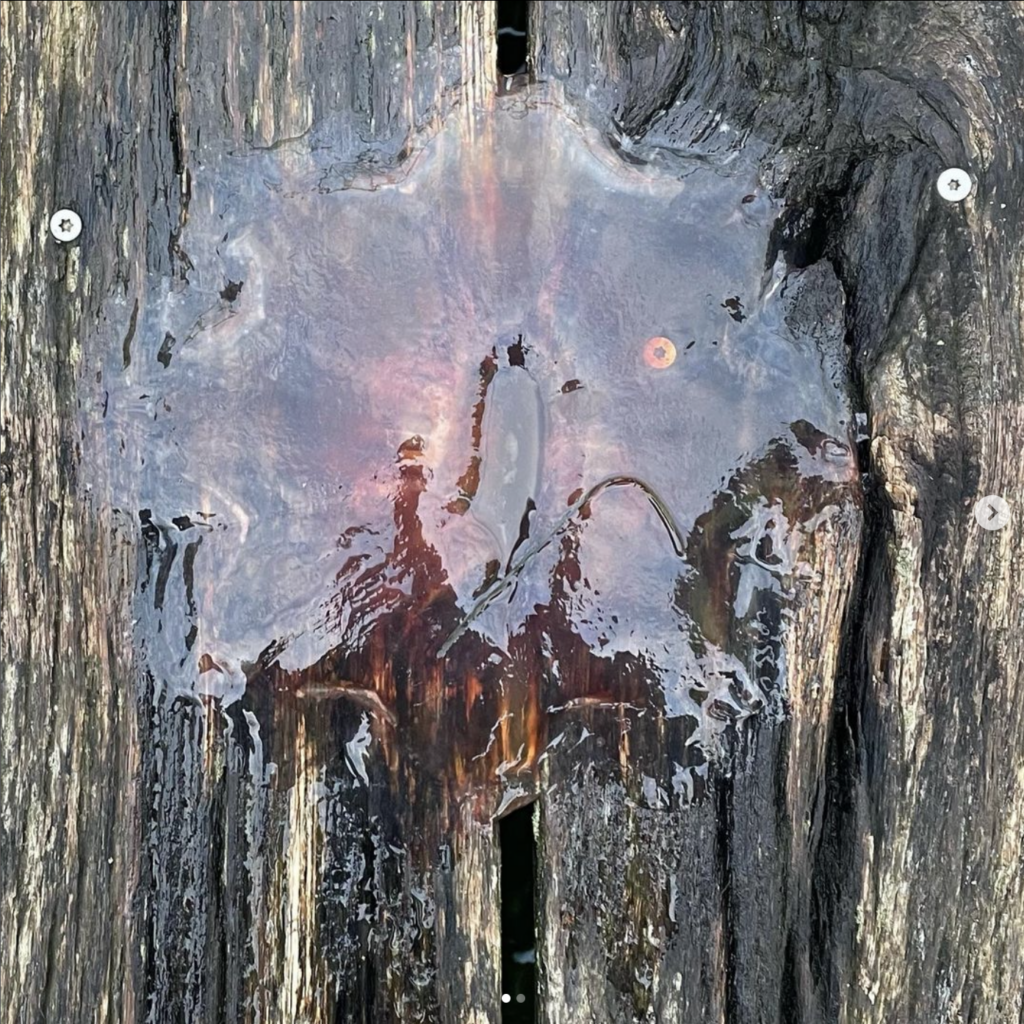
On the night from Sunday to Monday, water levels in Kiel were about a meter higher than usual, so it is conceivable that these jellyfish made their way up on the pier by themselves. The weather has been cold and wet-ish since, and these pics were taken today. What do we think, did they keep this well out of the water for almost a week or did someone put them there? Both seems hard to imagine. Any ideas welcome!
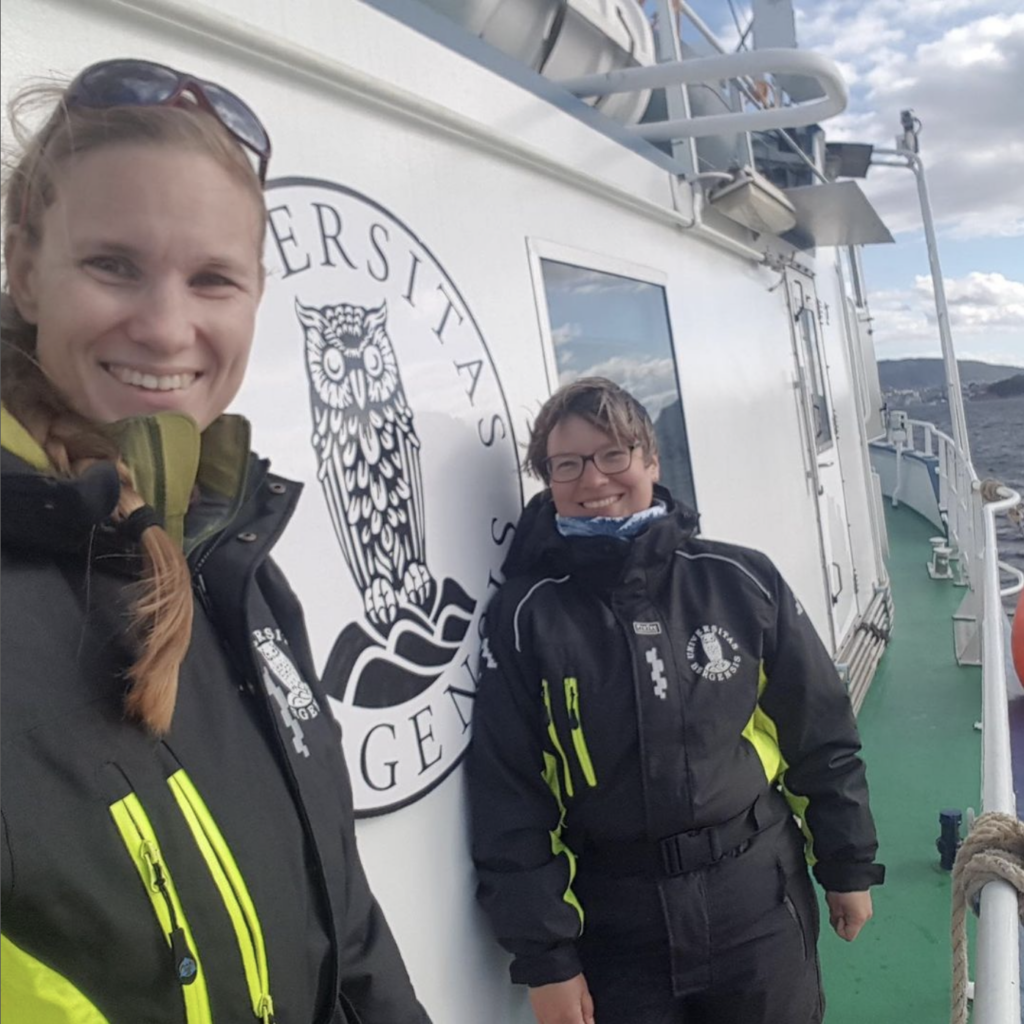
Even though you don’t see the waves, @kjersti.daae & I were definitely #wavewatching when this picture was taken on a student cruise on RV #hansbrattström this fall! And today it’s all over my Twitter feed, because we had a very interesting week:
– we received pretty competitive funding for a large education project
– we published an article on “co-creating learning in oceanography”
– we spent three days online talking to some favourite @iearth.no colleagues about a project within the “Leading Educational Change” course we are currently taking.
Kjersti, I’m always amazed how much fun & play it is to work with you, and how much we get done at the same time. CONGRATULATIONS on leading this project, can’t wait to really get started with it!
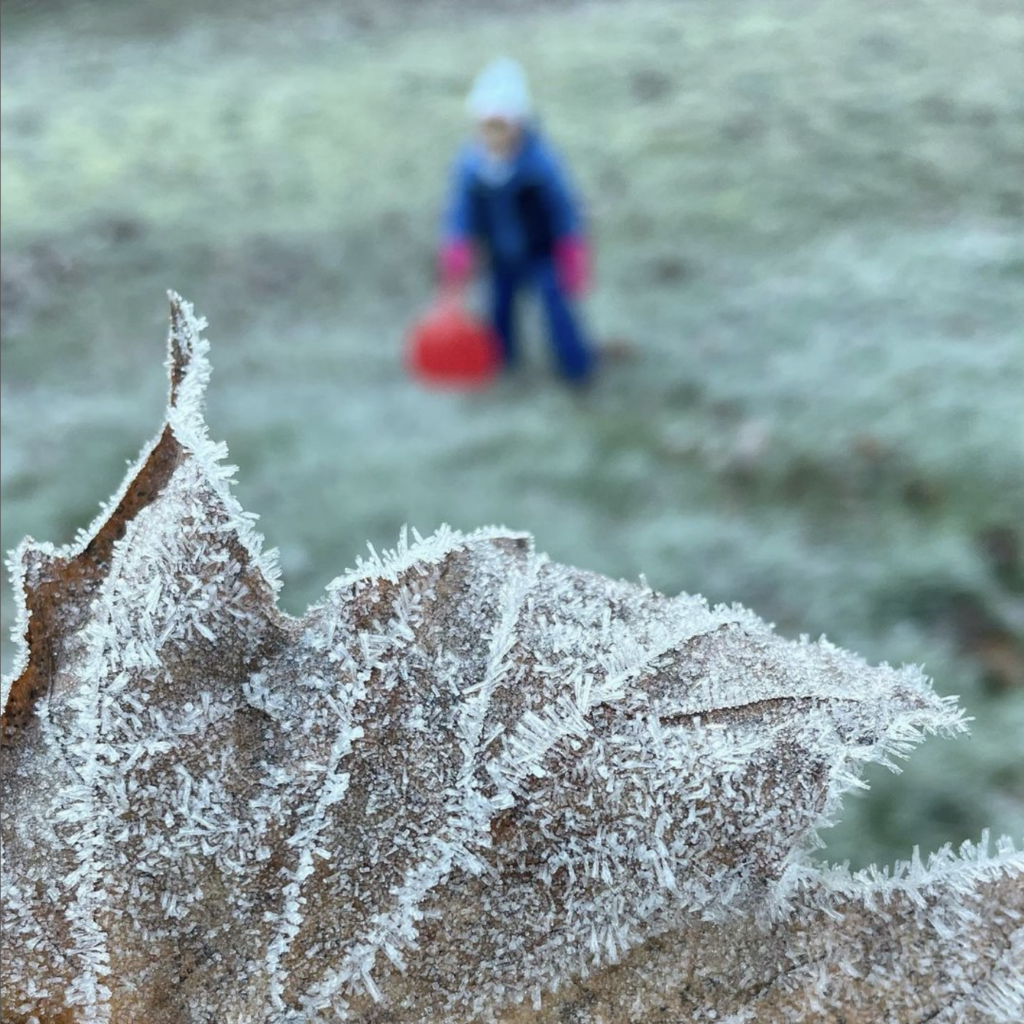
Frost flowers. I think they are pretty, my nieces think they are almost as good as snow for sledging
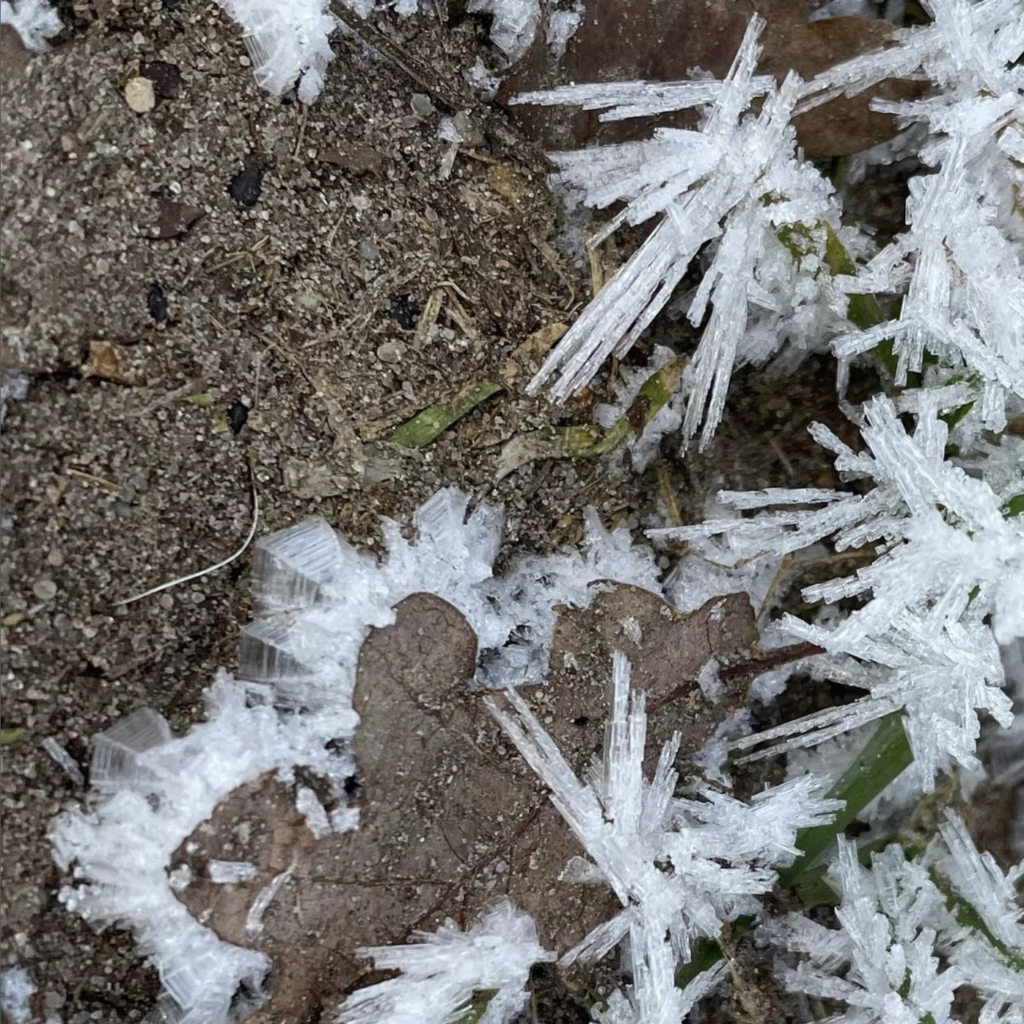
Fascinating how there are frost needles growing on the blades of grass, and plates on the leaf. In snowflakes, needles and plates form at different temperatures, and I would have assumed that that would be the same for frost. But then these two shapes grew so close to each other that conditions were surely pretty similar? Mystery…
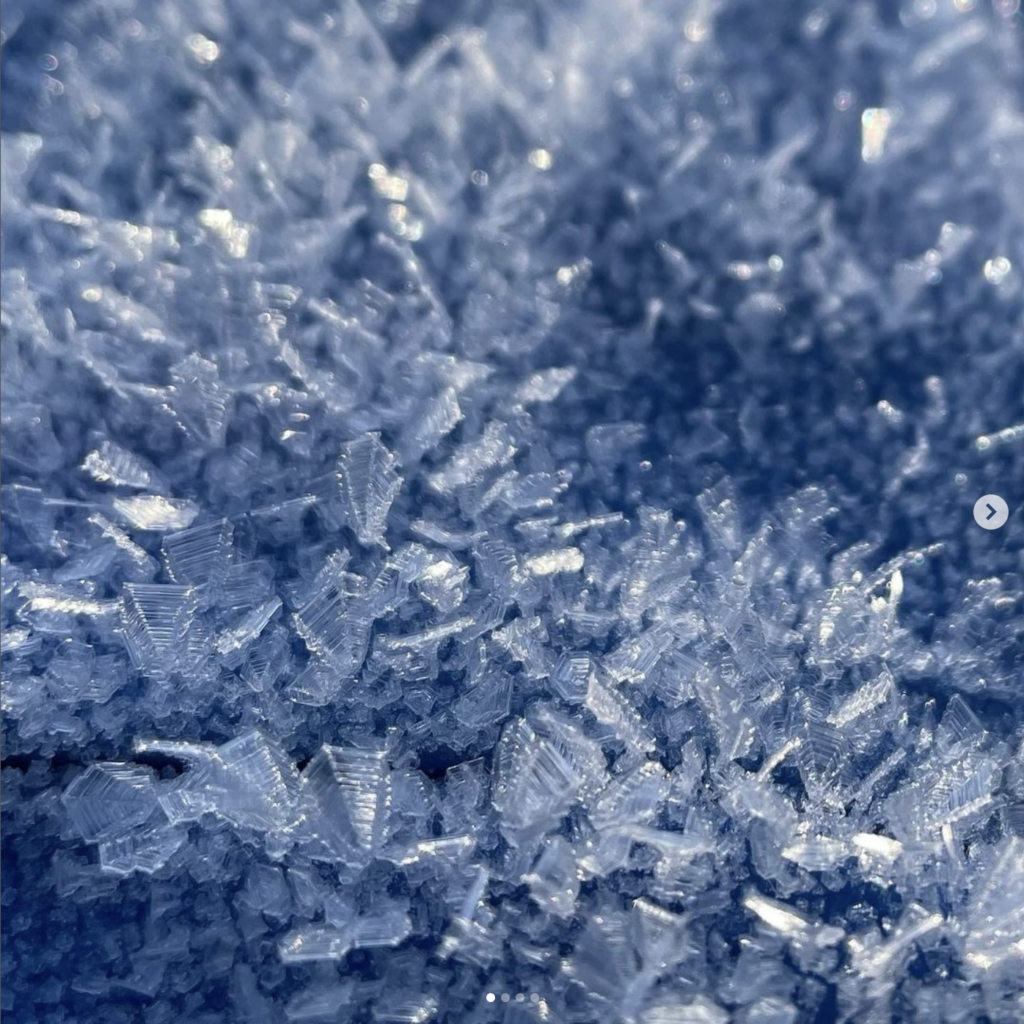
Also pretty interesting: crystals grow faster in exposed positions, because there is a larger volume from which to draw water vapour from. Therefore we see larger crystals on top of the folds of this tarps and smaller ones deeper down in the valleys.
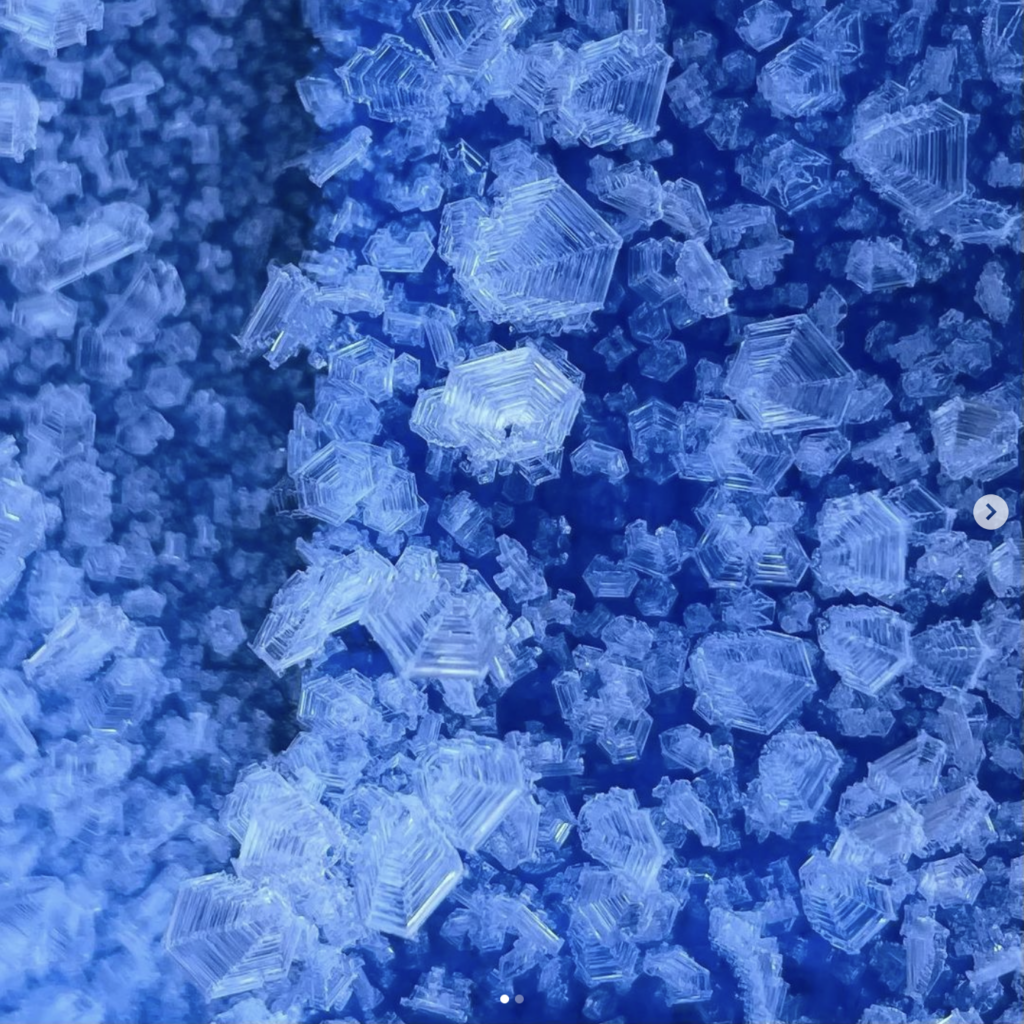
These plates are so cool! Asymmetrically growing towards the top because that’s where new water molecules can be found more easily than in between all the other crystals
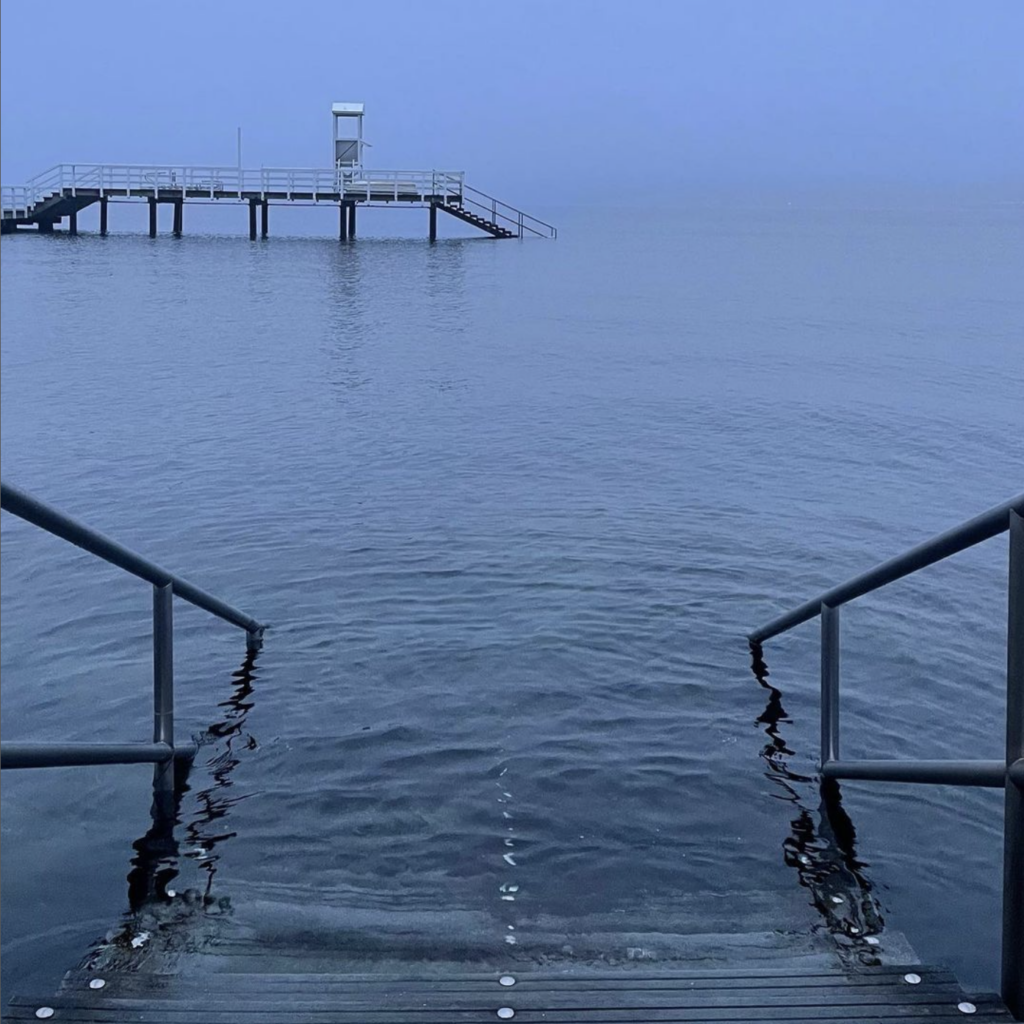
A little #WaveWatching… Waves are coming in from like 1 o’clock, and then get reflected at the steps leading into the water
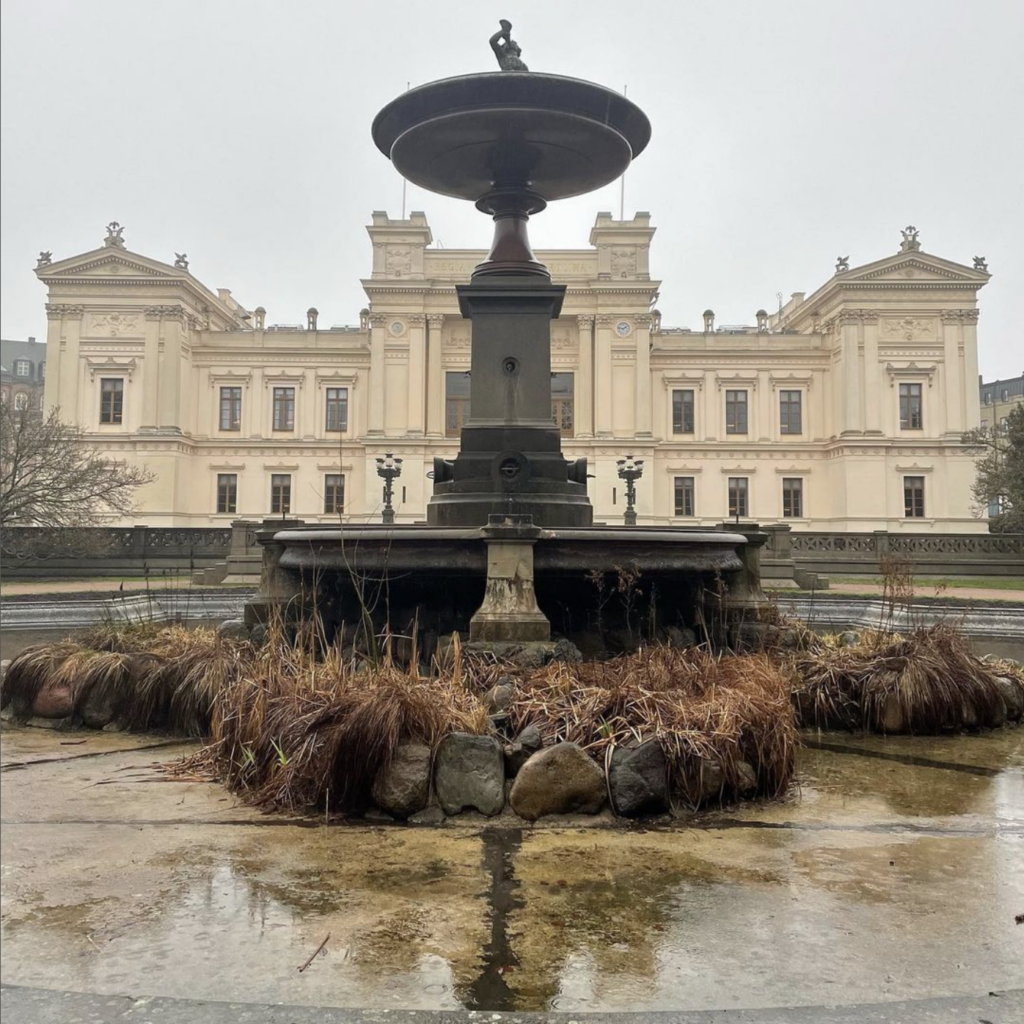
Good thing I’ve seen this in June when there was water in the fountain, flowers everywhere and sunshine!
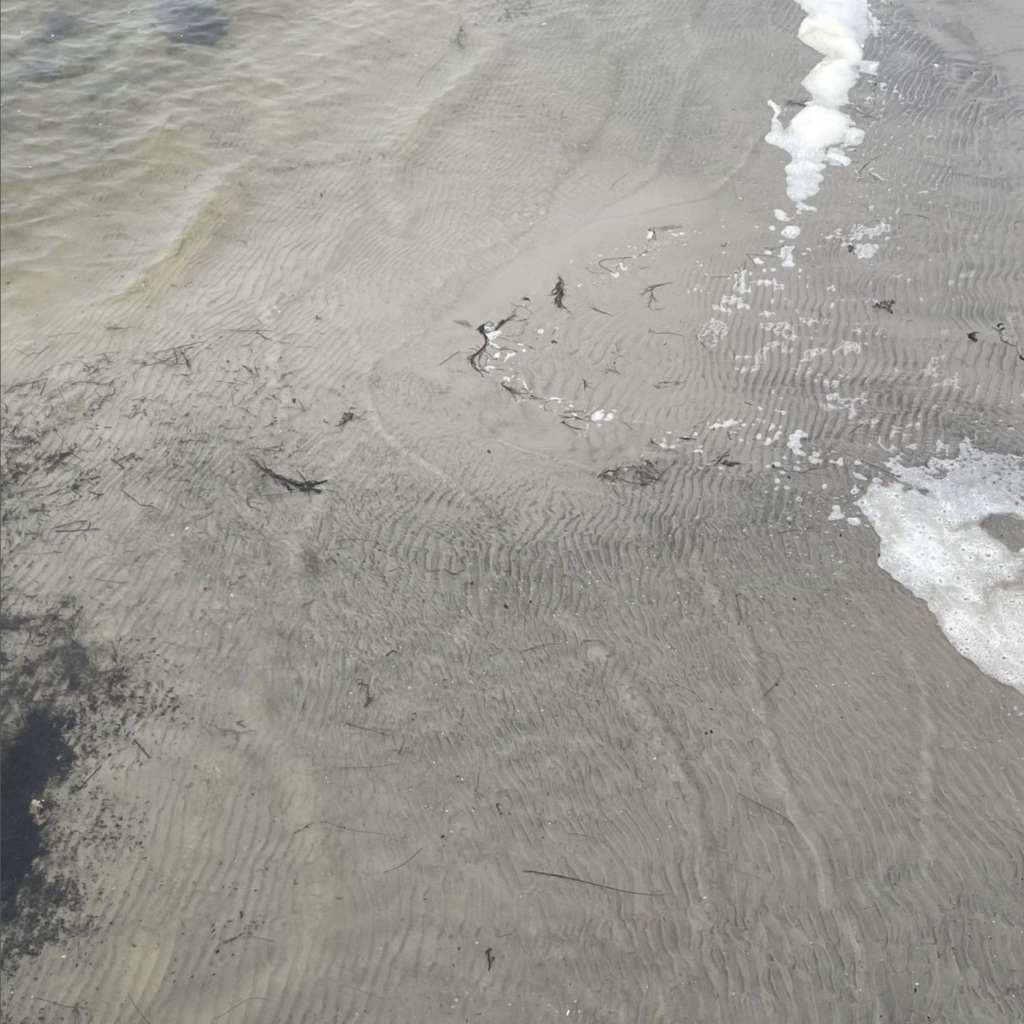
Love how waves & seafloor interact. When the water gets shallow, waves change their shape and direction. And the seafloor gets formed into all these cool ripples! These were obviously formed earlier when there was more water there, but they are yet to be wiped out again by the constant flooding and falling dry again.
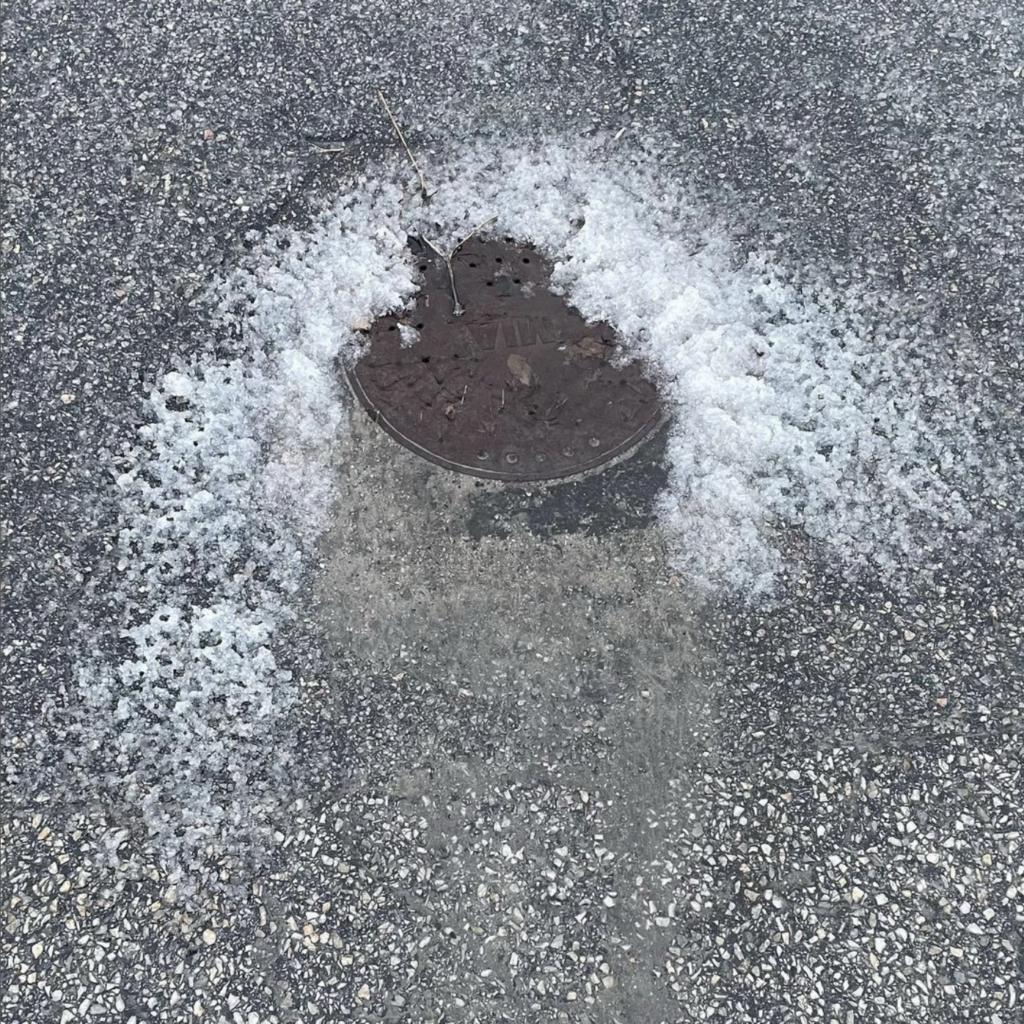
It’s not a comment on the weather, it’s the fascination with flows: water flowing towards the storm drain, carrying hail and depositing it there, except for where the strongest flow broke through and literally flushed the hail down the drain.
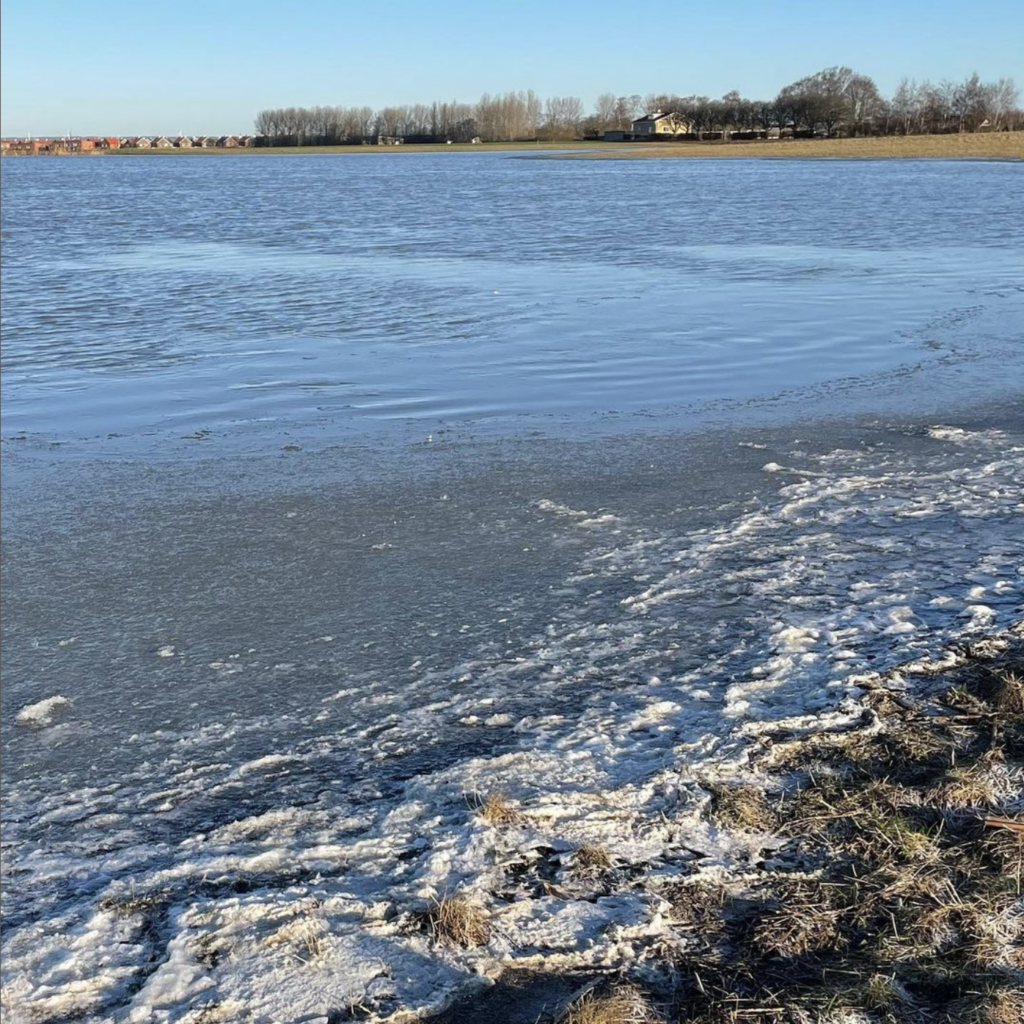
Remember yesterday’s hail being washed around by the rain? Here, it seems to have been washed into this lake and partly frozen together, together with new ice forming here on the downwind side. See how the waves suddenly stop and the surface becomes a lot flatter? That’s where there are ice crystals in the water that entangle and dampen out all but the longest waves. And at the next transition, tiny ice pancakes have frozen together.
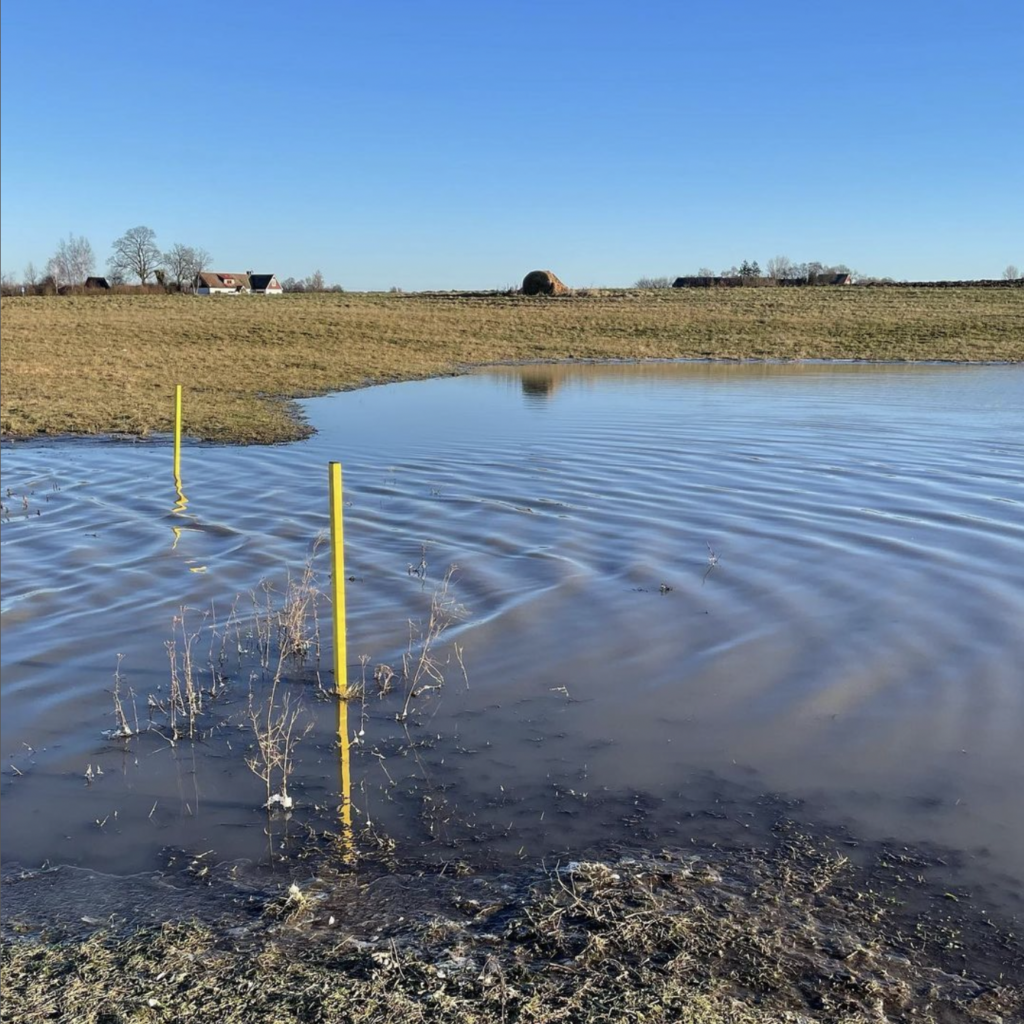
On the left, there is a larger part of this lake, where the area and fetch are large enough to generate a lot of wind waves. When they reach the bottle neck marked by the two yellow poles, all the energy is focussed but then once it’s past the poles, it spreads out again, showing a diffraction on this “slit”
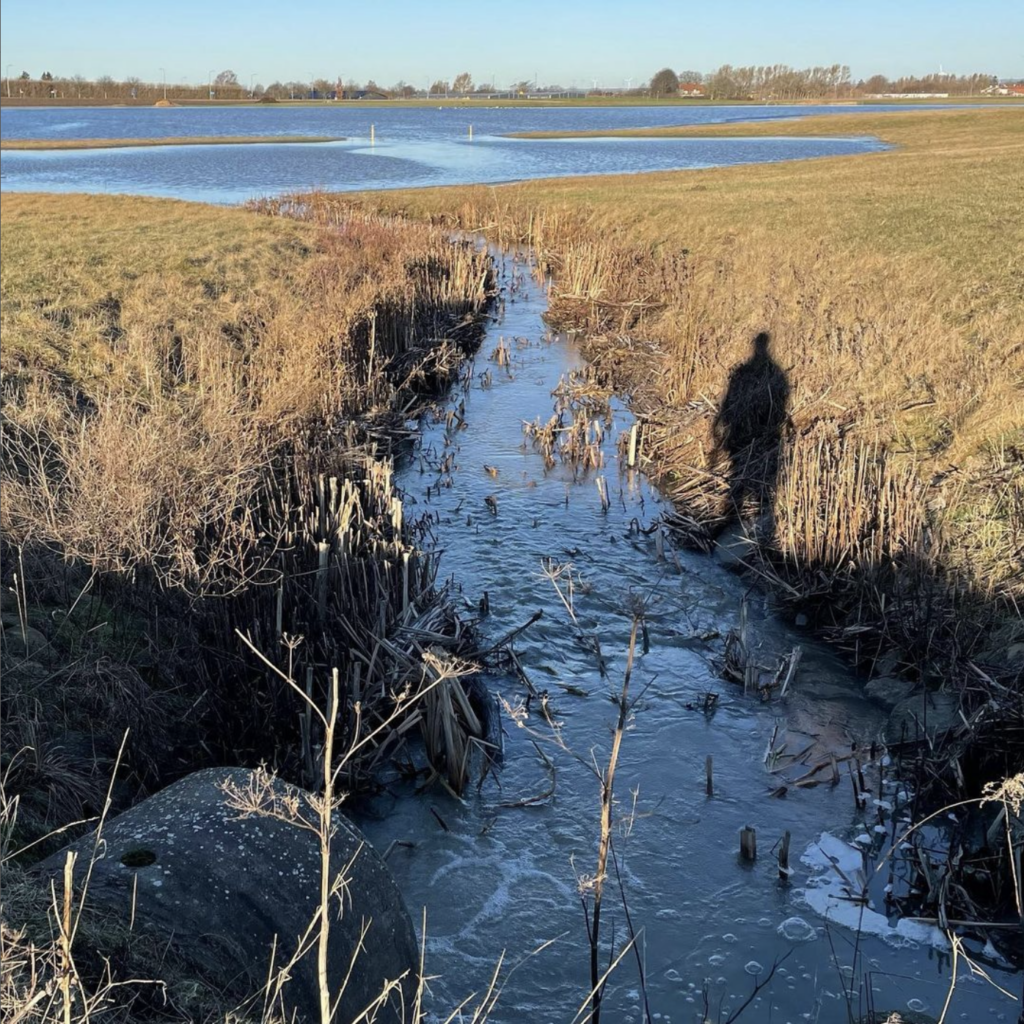
So many different surface textures in one picture: the turbulent inflow, and then areas with different types of ice as well as different types of waves on the lake (see previous posts). Happy me!
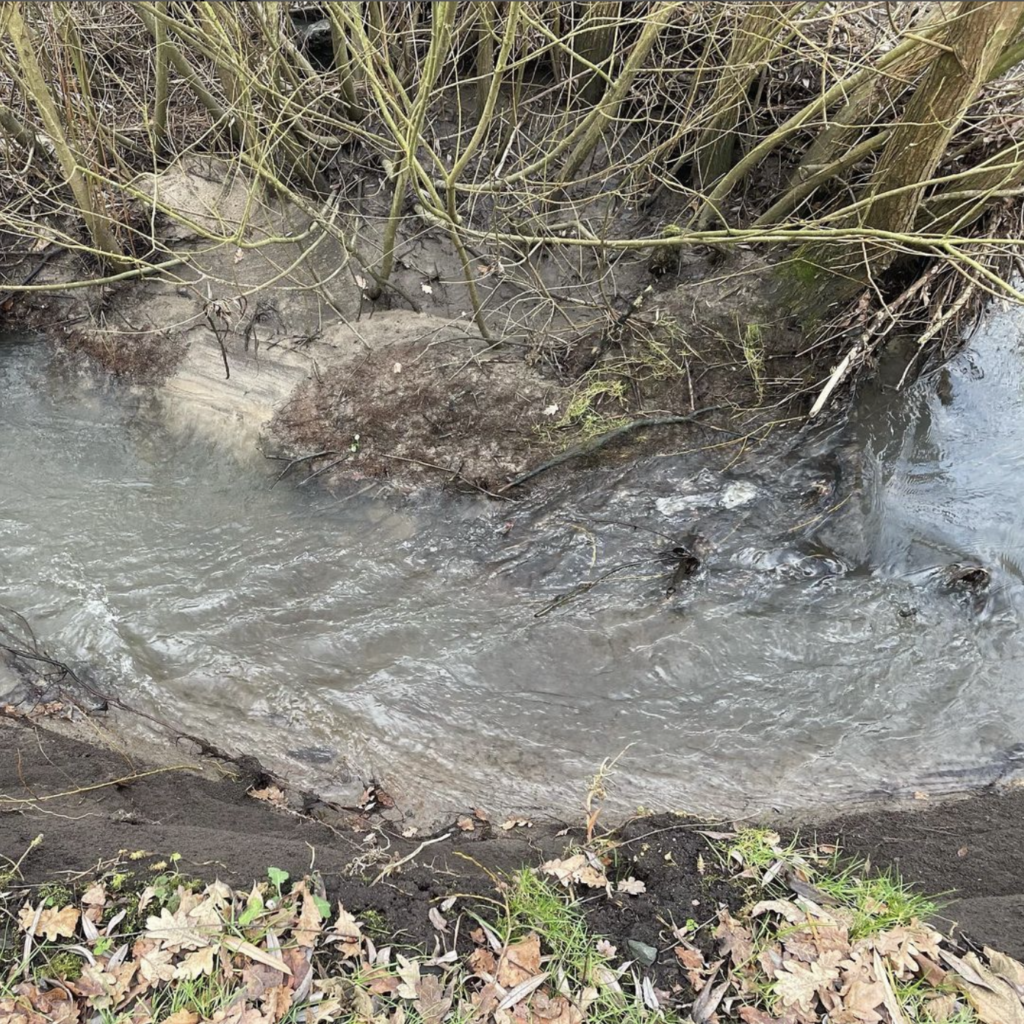
Here is an undercut bank where it is very clear how the undercut happens, and why it’s happening on that and not on the slip-off slope
